-
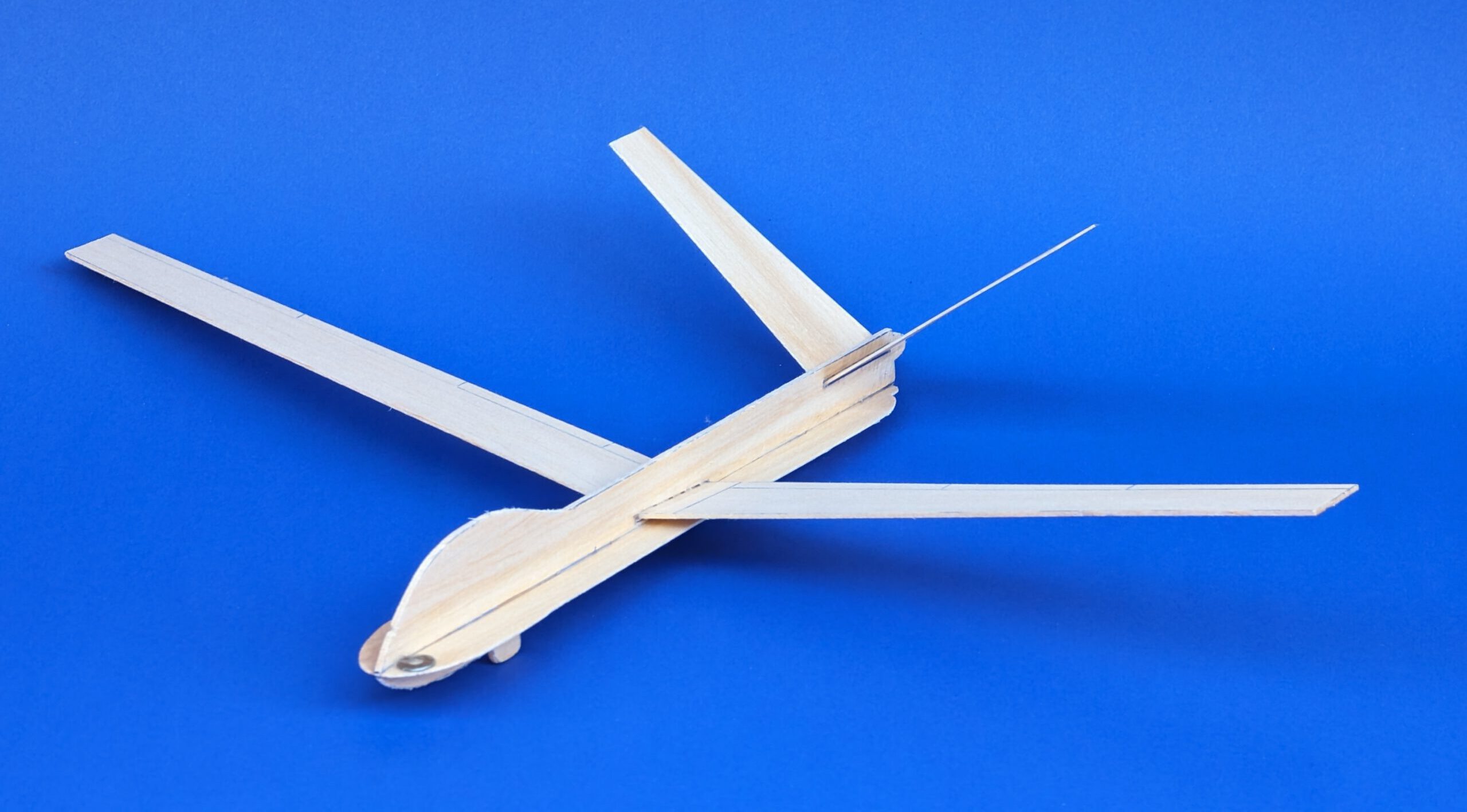
1001 Elbit Hermes 900 Kokhav
The Elbit Systems 900 Kokhav is a medium sized UAV introduced in 2012 and operated by the Air Forces of Israel, the Philippines, Mexico, Brazil, Chile, Colombia, Canada, India, Iceland, Azerbaijan, Switzerland and the European Union. Its span measures 15 m (49 ft 3 in), its length 8.3 m (27 ft 3 in), gross weight…
-
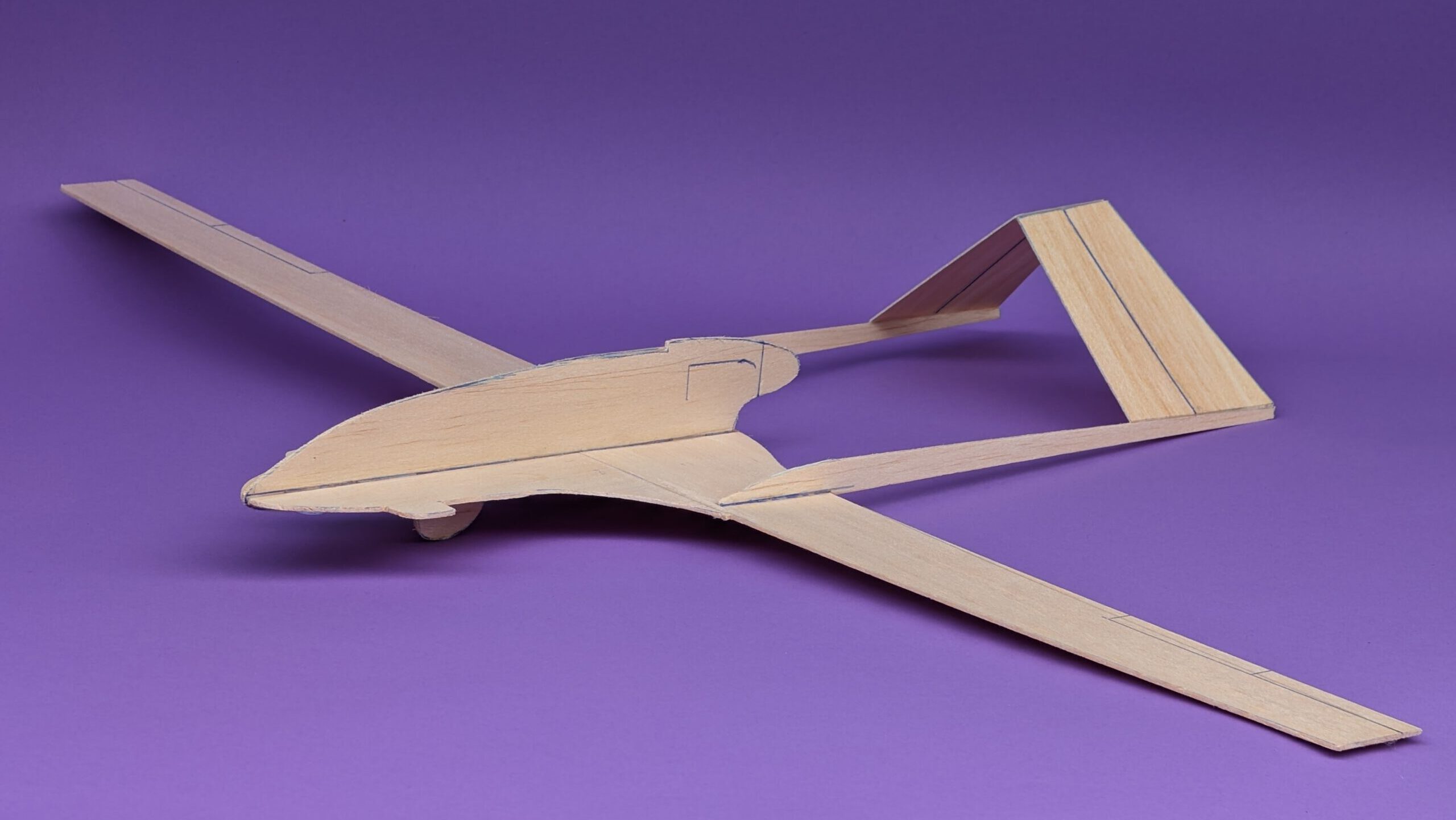
1002 Bayraktar TB-2
The Bayraktar TB-2 is an unmanned combat aerial vehicle from Turkey that first flew in 2014. It is capable of flying long range missions at medium altitudes. Among the countries operating the TB-2 are except Turkey itself Romania, Albania, Kosovo, Poland, Ukraine, Azerbaijan, Turkmenistan, Kyrgyzstan, Pakistan, Bangladesh, the Maldives, United Arab Emirates, Qatar, Morocco, Tunisia,…
-
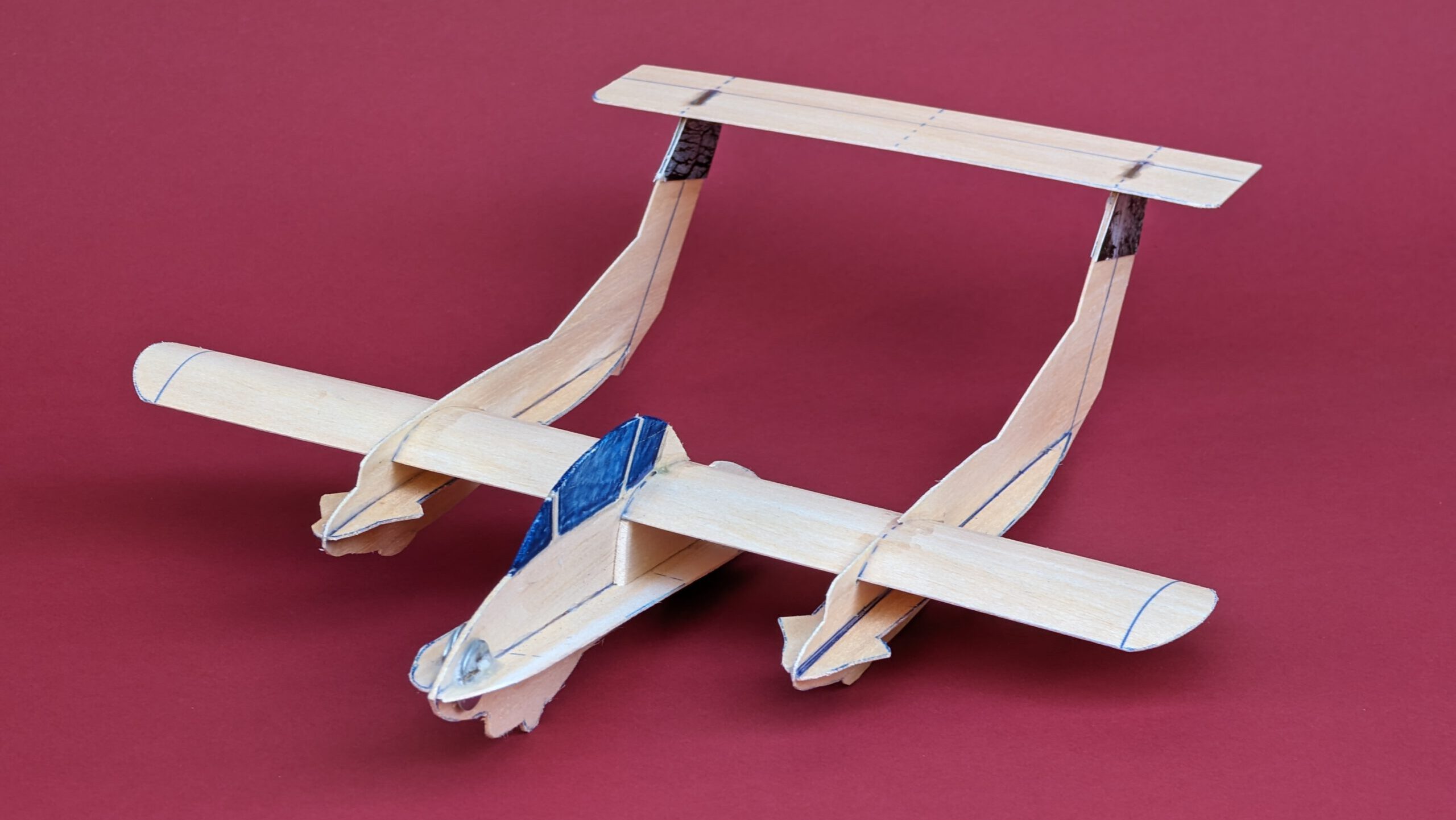
1003 Convair model 48 Charger
The original aircraft was a one-and-only-prototype that first flew in 1964. It was planned as a cost effective close air support plane capable of operating from roads close to battlefields as well. The Convair Charger had very short wings but full-span trailing-edge slotted flaps, leading-edge slats and a full moving tailplane. Features that provided for…
-
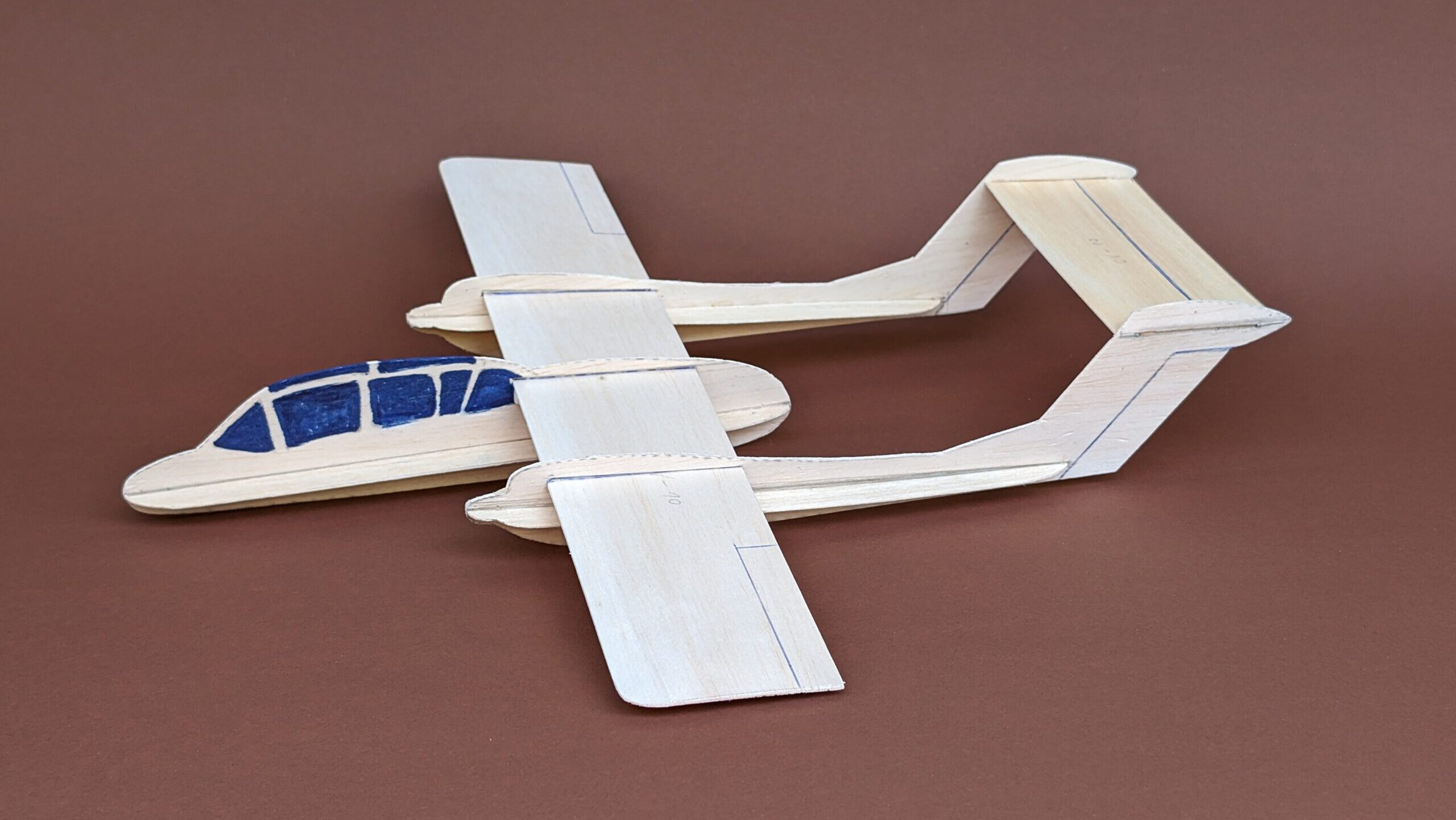
1004 North American Rockwell OV-10A Bronco
The original aircraft ranges among the best known planes of the post World War II era although only 360 were built. Its main operators have been the air forces of the United States of America, the Philippines, Indonesia, Thailand, Venezuela, Colombia and Morocco. The OV-10 previously named NA-300 was the winner in a competition for…
-
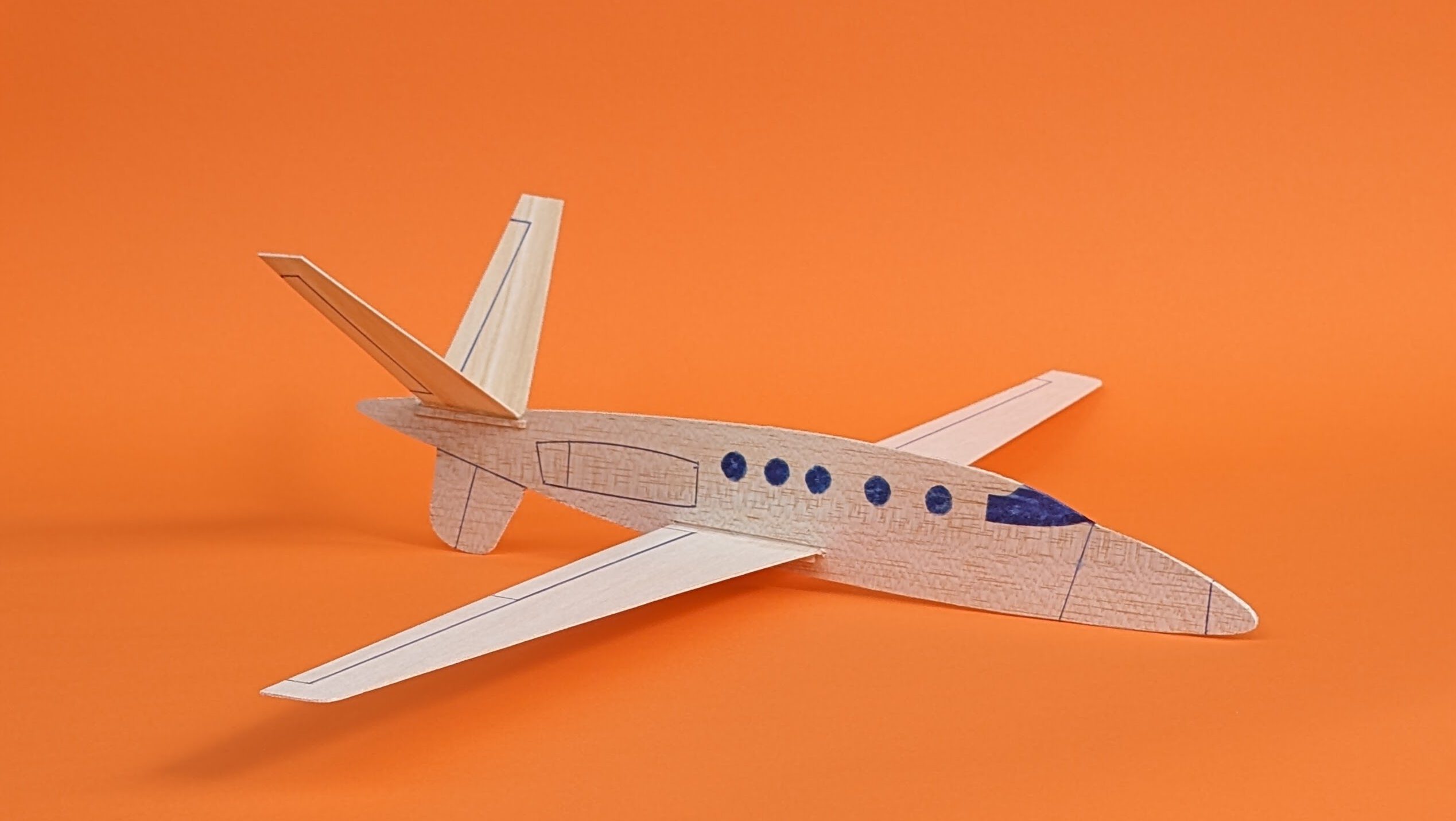
1005 LearAvia Lear Fan
The original Lear Fan a projected six passenger business aircraft never went into production. Only three were built. First flight of a prototype took place in 1981. Development was abandoned due to structural and engine reliability problems. Wingspan measured 11.99 m / 39 ft 4 in, length 12.37 m / 40 ft 7 in and…
-
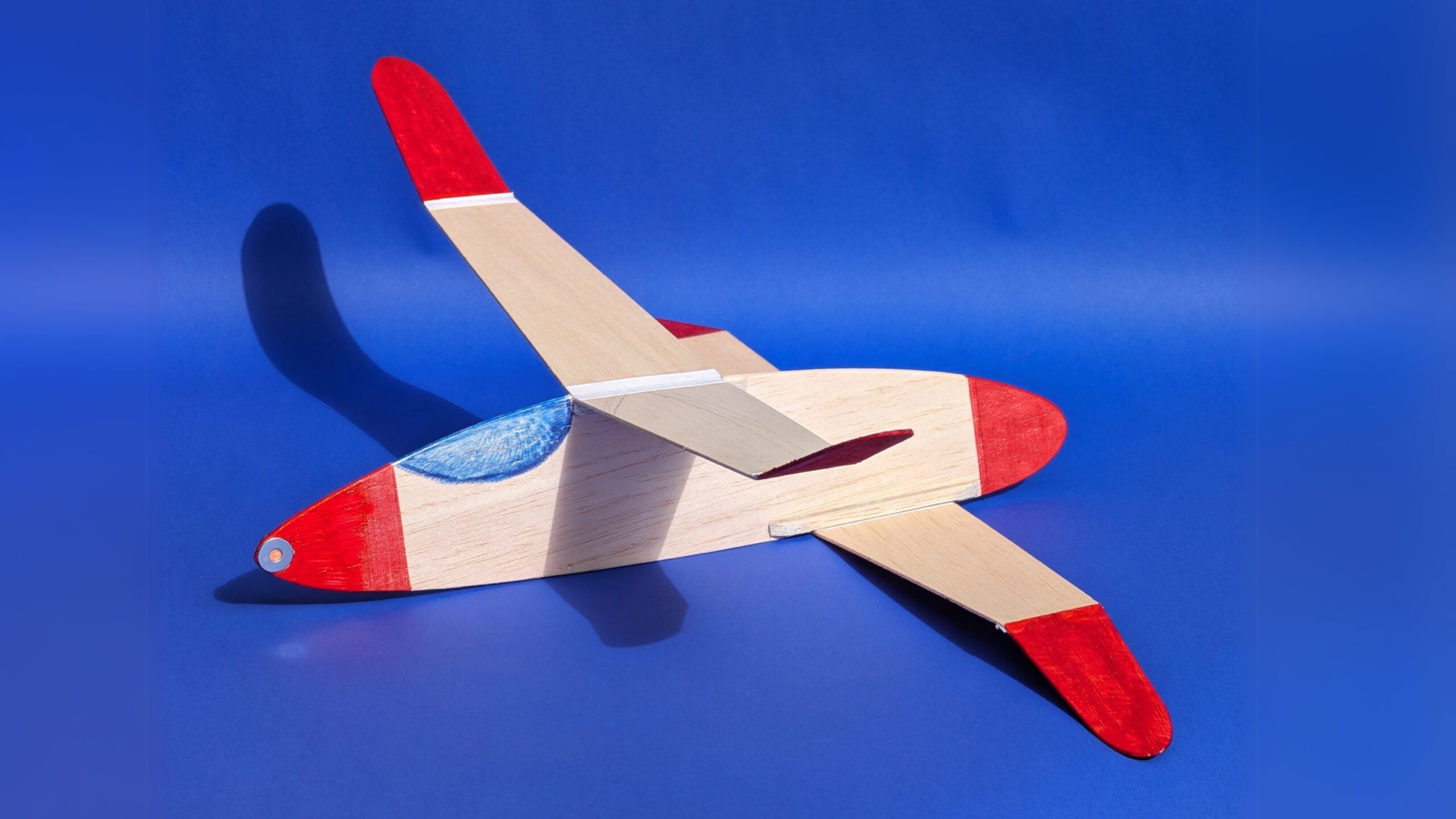
1006 Twin Wing mod.
The tandem wing model Twin Wing by Martin Brickner appeared first in Air Trails Annual of 1944. In my rendition I made some minor changes concerning external appearance and size. But character and unique silhouette of the original remained unaltered.
-
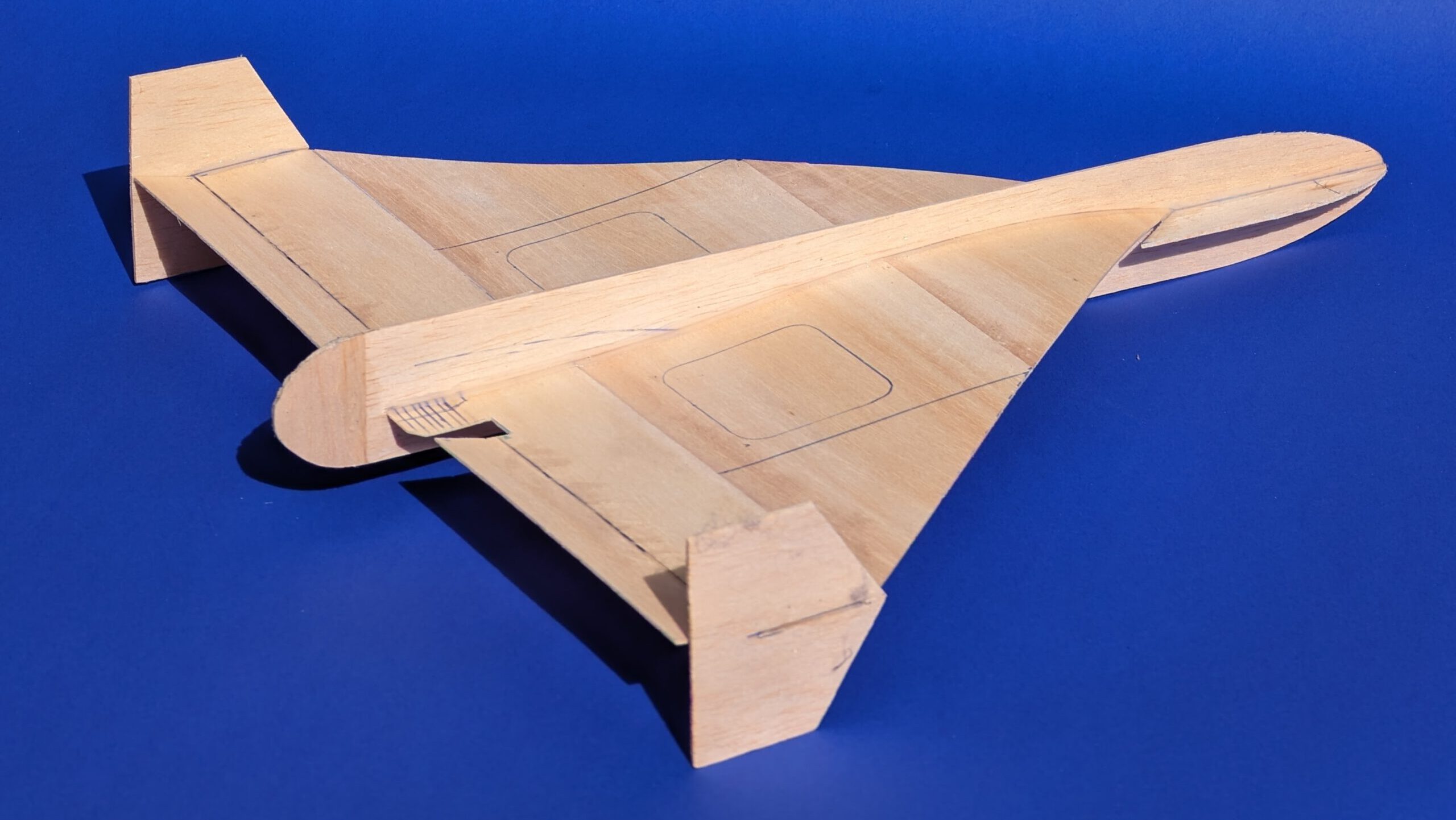
1007 Shahed 136
The original HESA Shahed 136 or Geran-2 is an Iranian kamikaze drone/suicide drone/loitering munition. It gained some notoriety as being used by Russia in the war against Ukraine and used by Iran in strikes against Israel. Furthermore is the Shahed 136 operated by the Iranian backed Jemenite Houthis. Probably in 2023 Belarus entered in the…
-
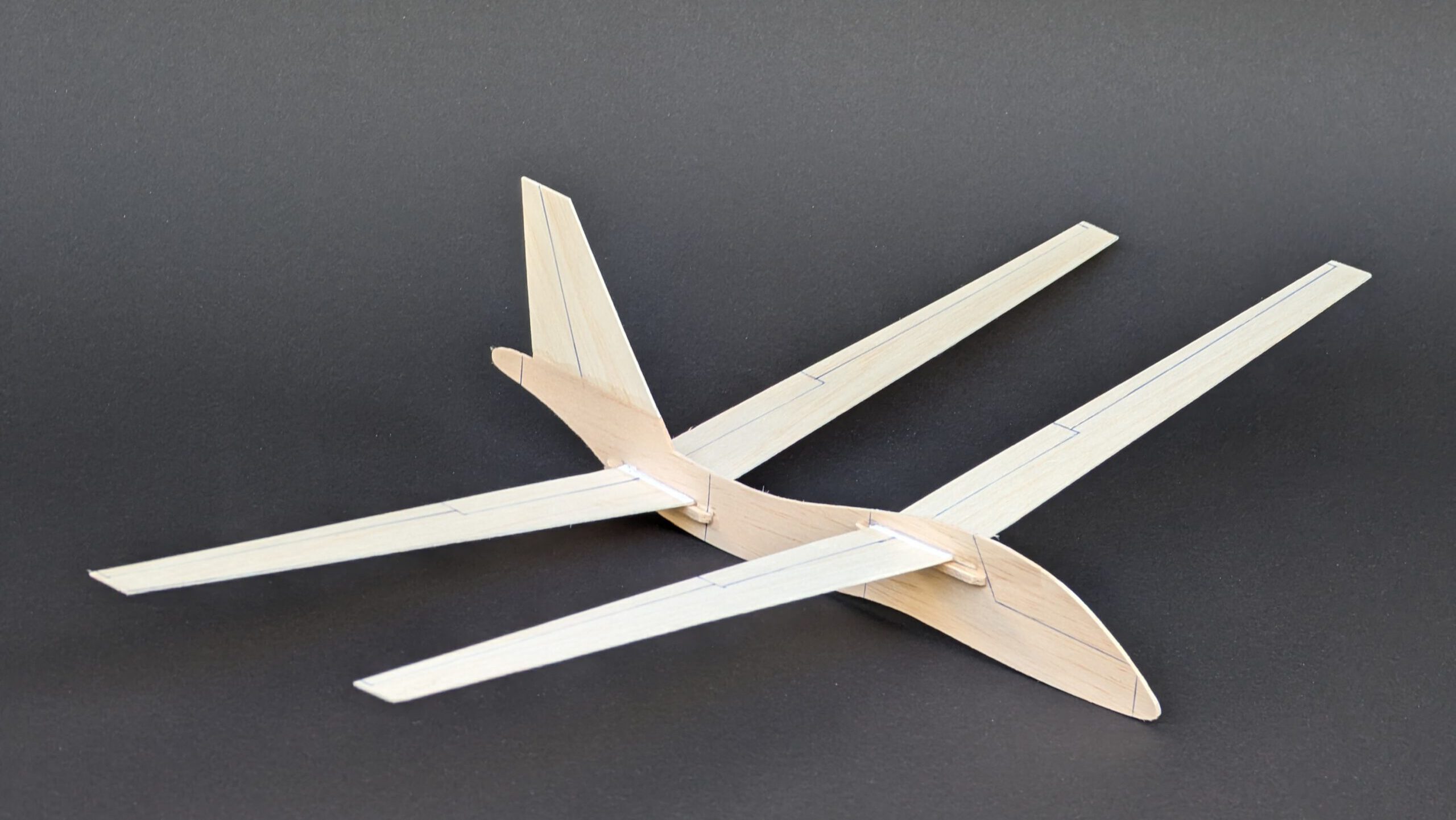
1008 Yabhon United 40
The Yabhon United 40 also known as Yabhon Smart Eye 2 is an UAV which can fly either remotely controlled or autonomously. It is characterized as a medium altitude long endurance drone. The Yabhon United 40 which was first shown to the public in 2013 was developed and built by Adcom Systems in the United…
-
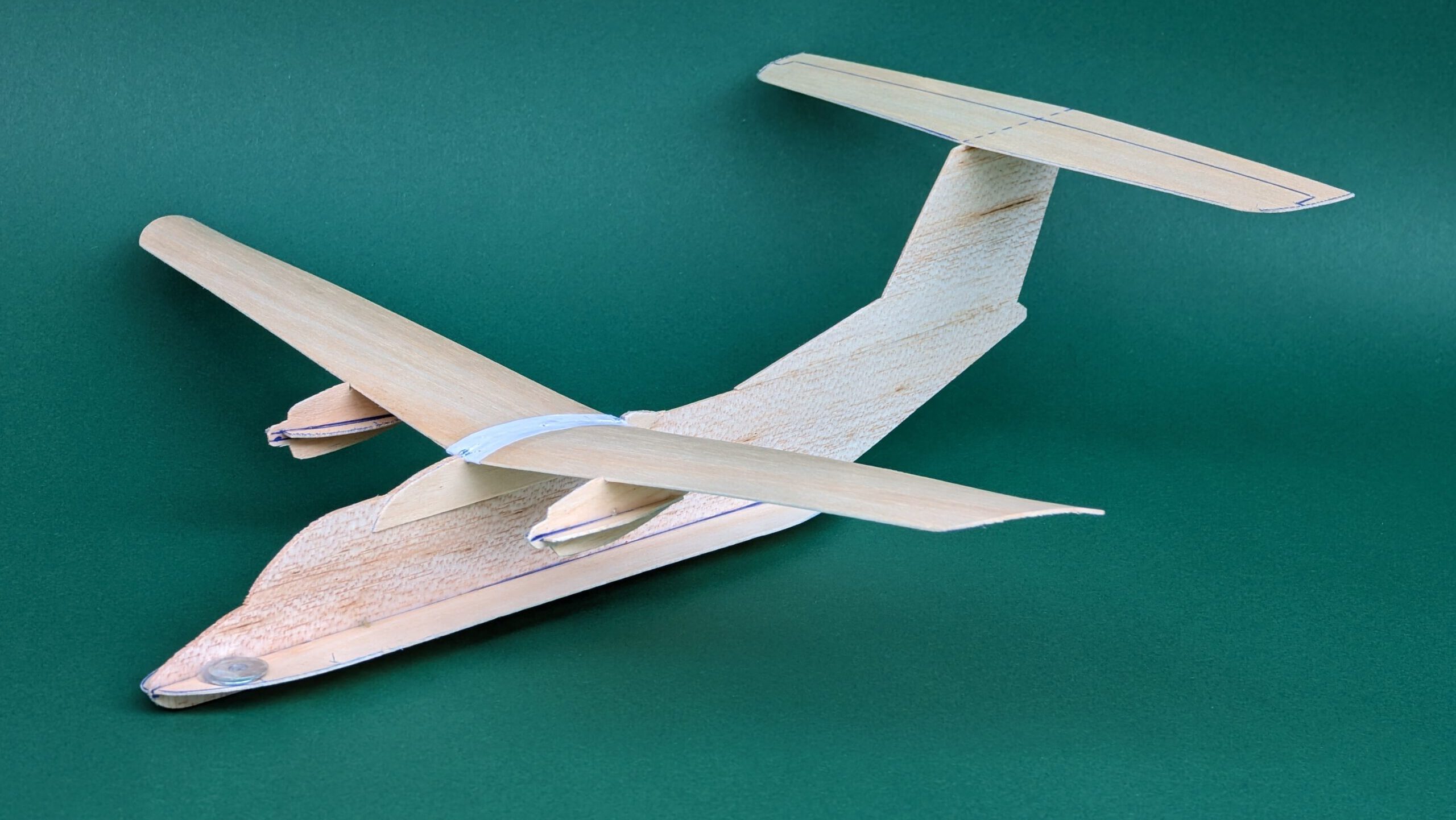
1009 DESAER ATL-100
The originally projected Desaer ATL-100 should have become a commuter aircraft for 19 passengers being developed as a joint venture by Brazil and Portugal. It was planned to introduce it in 2023 but it seems no maiden flight ever took place until today (summer 2024) as there is not one photo available on the internet.…
-
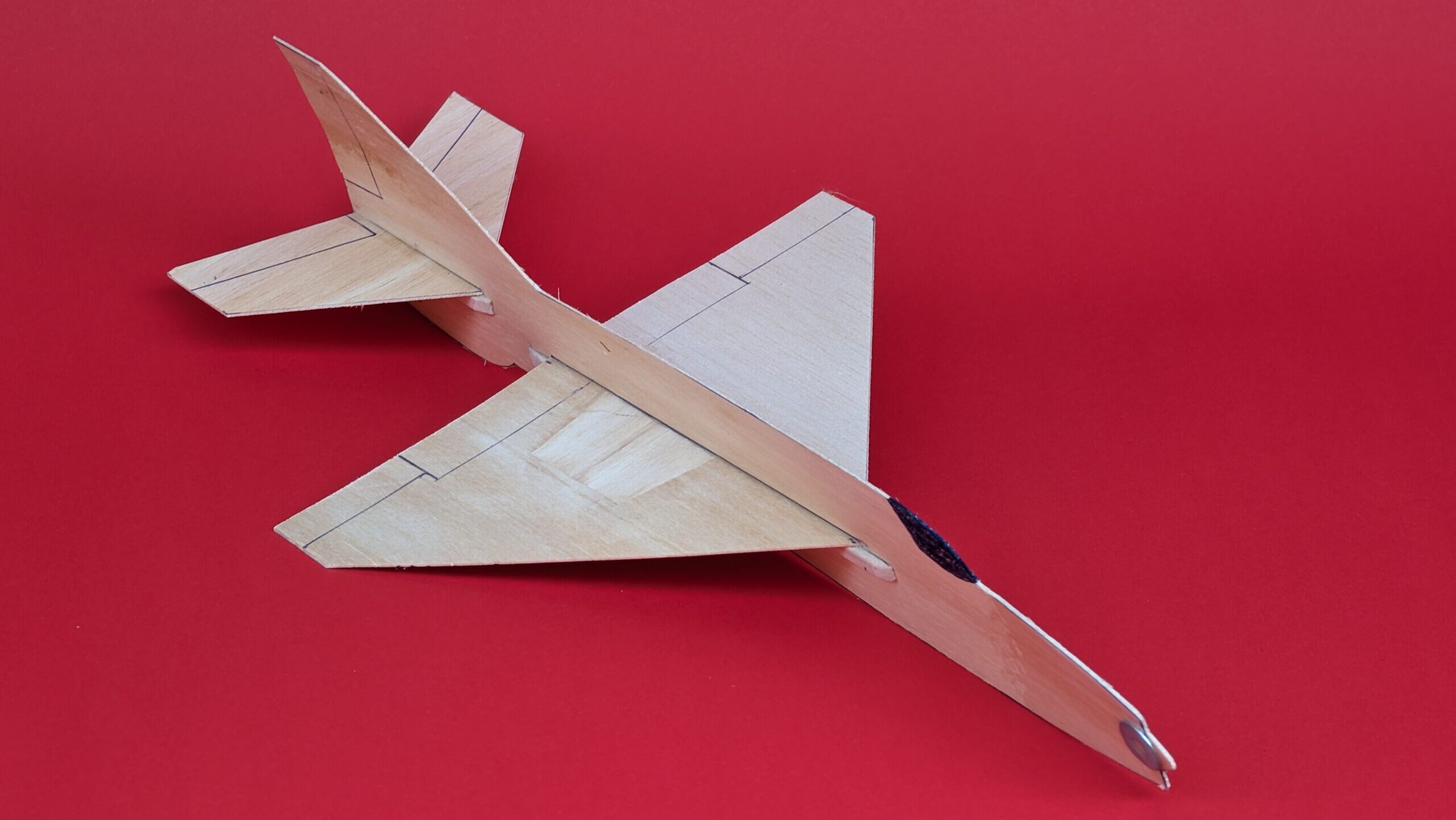
1010 MiG-21
The MiG-21 (Mi stands for Mikoyan and G for Gooryevitch) is one of the most produced warplanes of the post World War II era as more than 11,000 have been built in the USSR, in India and in Czechoslovakia. The Chinese added to these numbers more than 2,400 of their licence-built improved replicas named Chengdu…
-
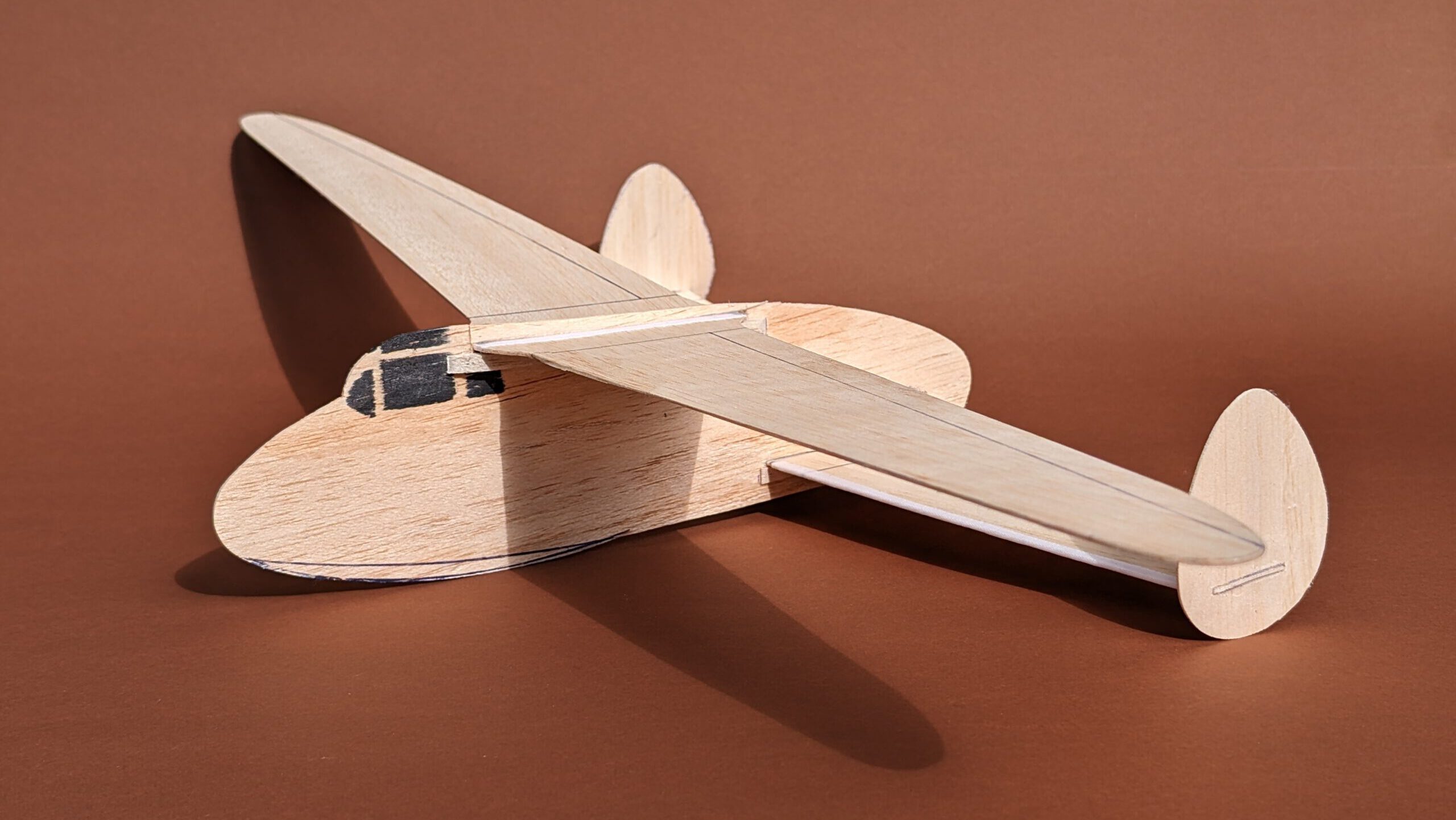
1011 Delanne Dl 190
The Delanne Dl-190 was the prototype for a French assault glider built in 1940/41 by SAFRA in Coulommiers. The only finished Dl-190 was taken away for testing by Nazigerman forces which had occupied vast parts of France at that time. The French glider had a wingspan of 14 m / 45 ft 11 in, a…
-
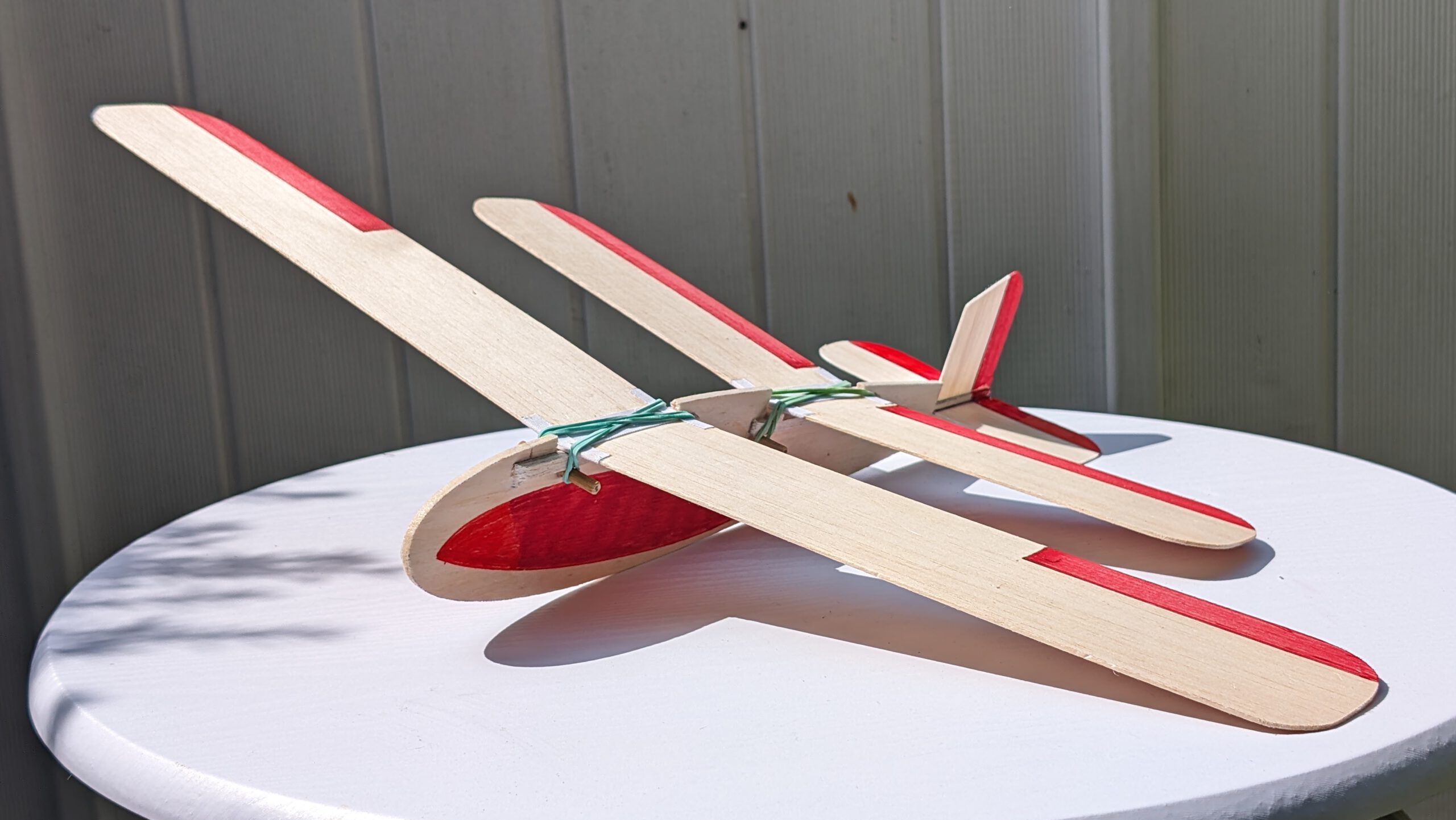
1012 Albessard Type Triavion Glider
The original Albessard Triavion also known as Peyret-Albessard Triavion was no glider. It had a powerplant installed in its nose – first an Anzani and later a Salmson radial with a 2-bladed propeller. Only one of this three-surface-aircraft was built and flown in France in 1926 and 1927. The Triavion‘s main wing span measured 11.50…
-
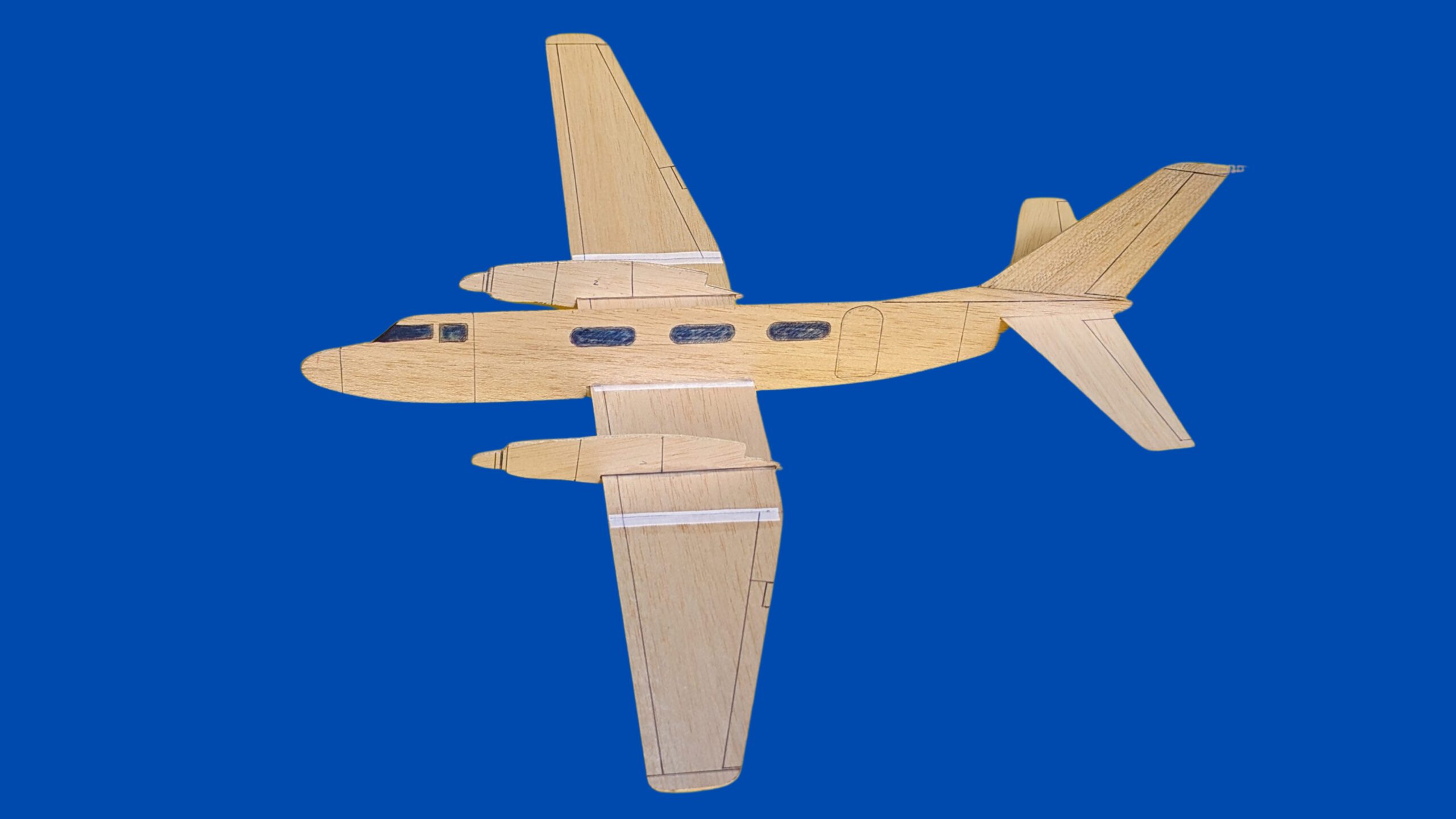
1013 DINFIA IA-50 Guaraní II
The DINFIA IA-50 Guaraní II is an Argentine utility airplane for 15 passengers. It first flew in 1963. 3 Prototypes and 32 series aircraft were built. The Guaraní II’s wingspan is 19.53 m / 64 ft 1 in, its length 14.86 m / 48 ft 9 in and its max take off weight 7,120 kg…
-
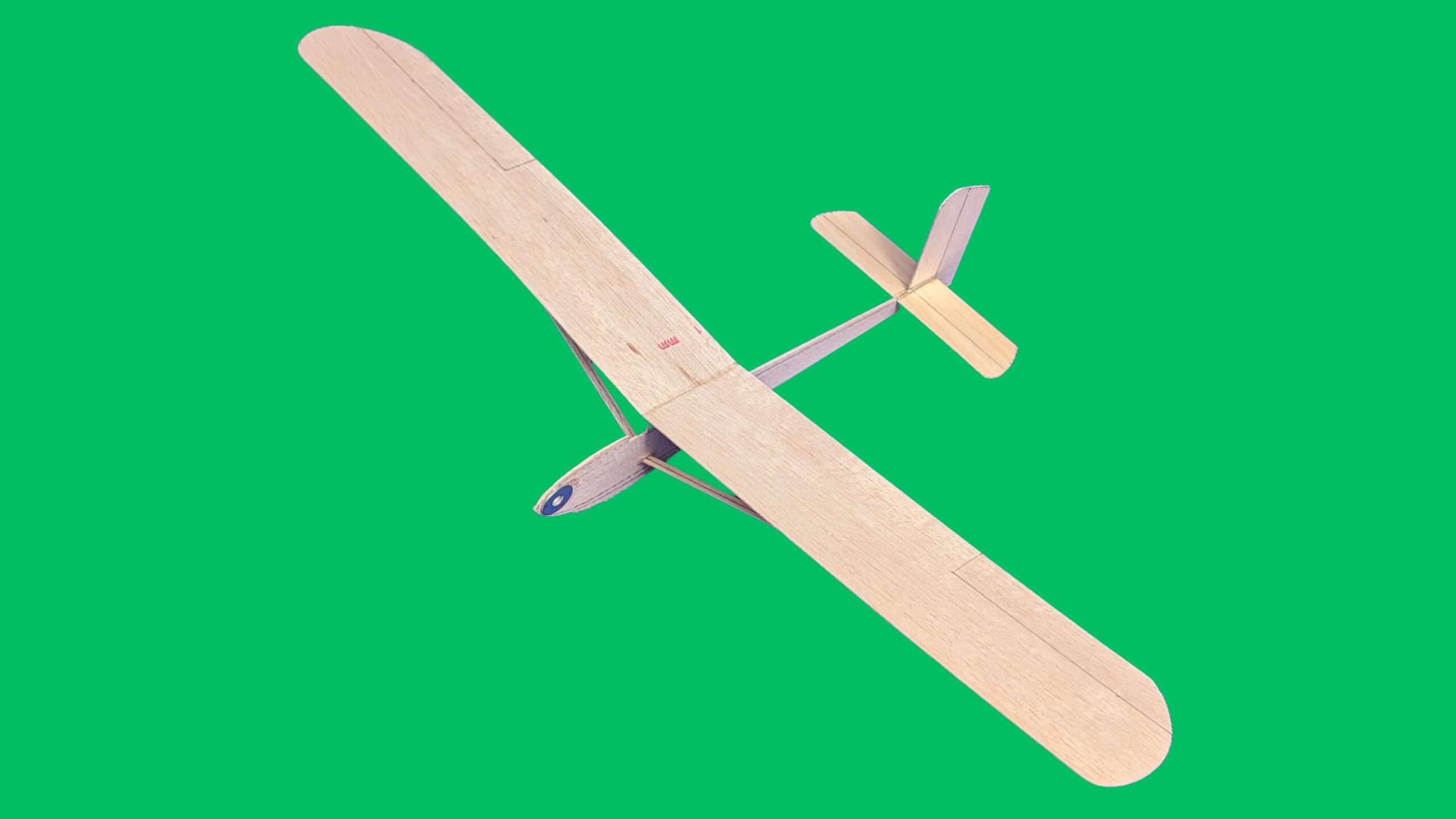
1014 Akaflieg München Mü 4
The original Mü 4 was built 1927 in Germany and had its first flight in 1928. It proved to be well designed but only one was built. Wingspan measured 12.14 m / 39.8 ft and gross weight was 185 kg / 408 lb. Further details seem to be unknown. Photos and drawings of the glider…
-
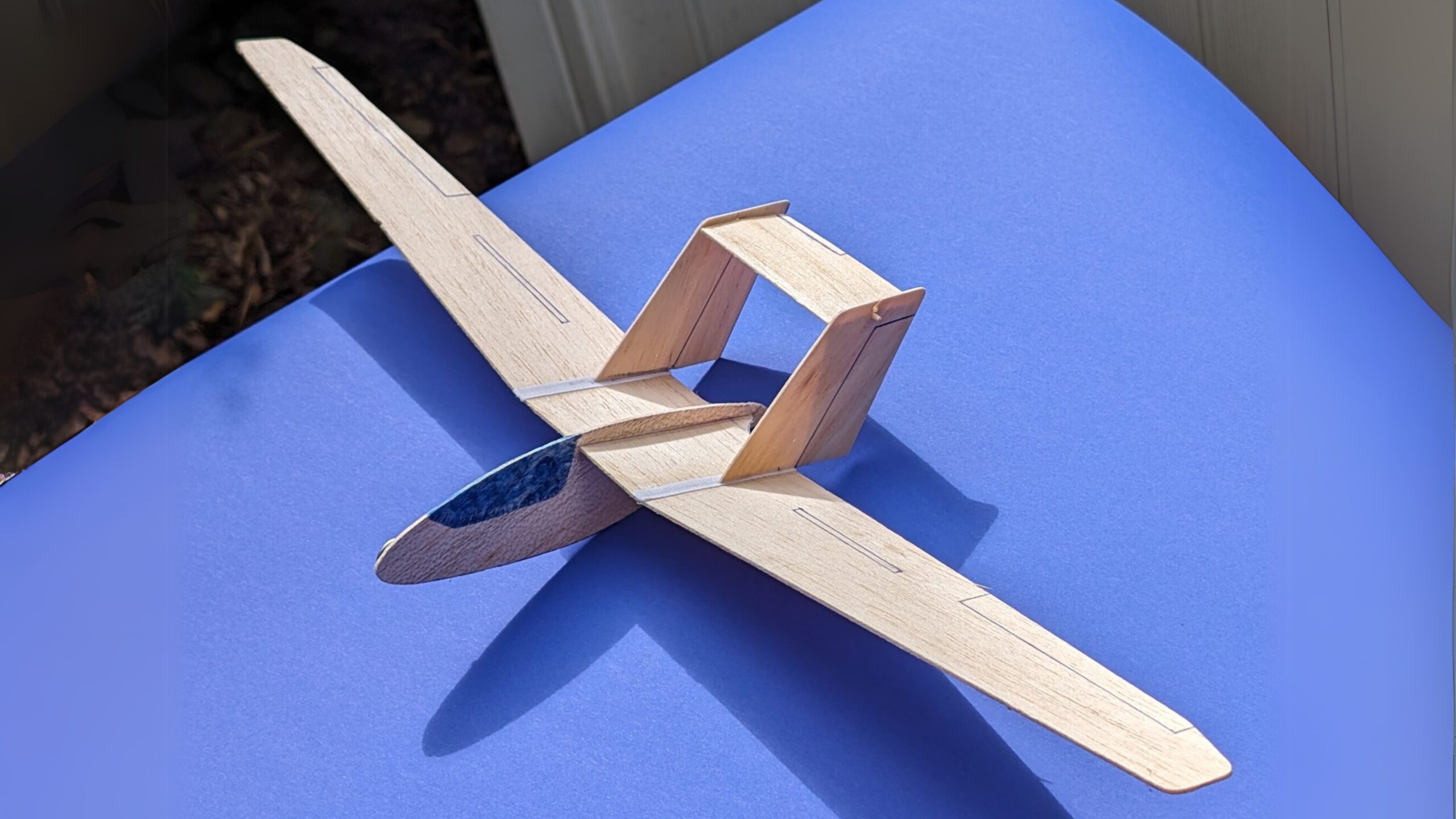
1015 Akaflieg Stuttgart Fs-26
The original Fs-26 is a German single seat motor glider which first flew in 1970. Only one was built mainly for testing purpose. The plane although ressembling a flying wing is indeed a cantilever high-wing monoplane with monocoque nacelle fuselage, twin fins and an all-moving tailplane. Powered is the Fs-26 by a small 26 hp…
-
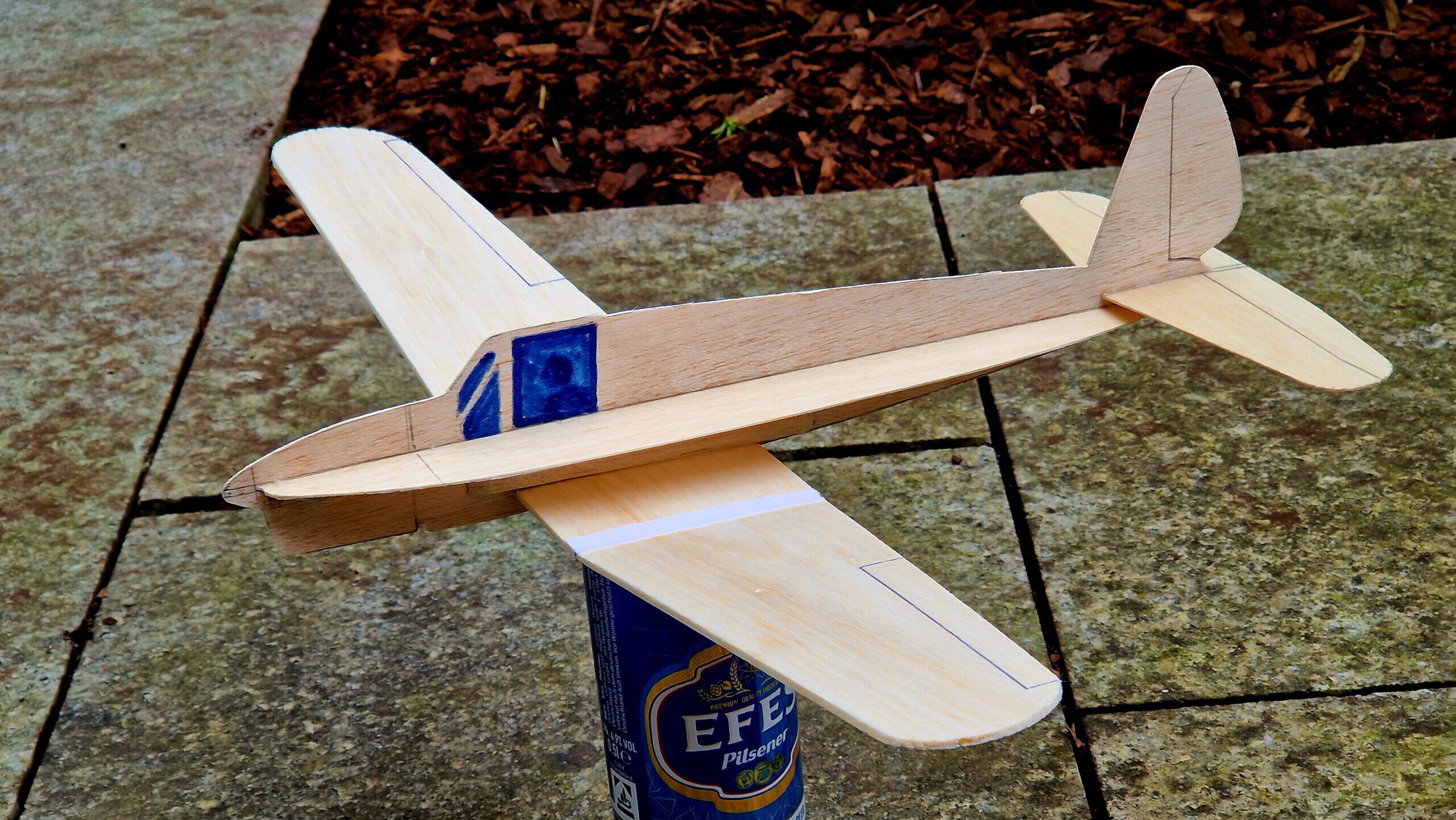
1016 Arado Ar 79 Glider
The original Ar 79 was an aerobatic two-seat trainer and touring aircraft from Germany. First flight took place in 1938 and 72 examples were built all together. As far as it is known only one survived, now on display in a Berlin museum. The Ar 79 had a retractable tailwheel undercarriage and was of mixed…
-
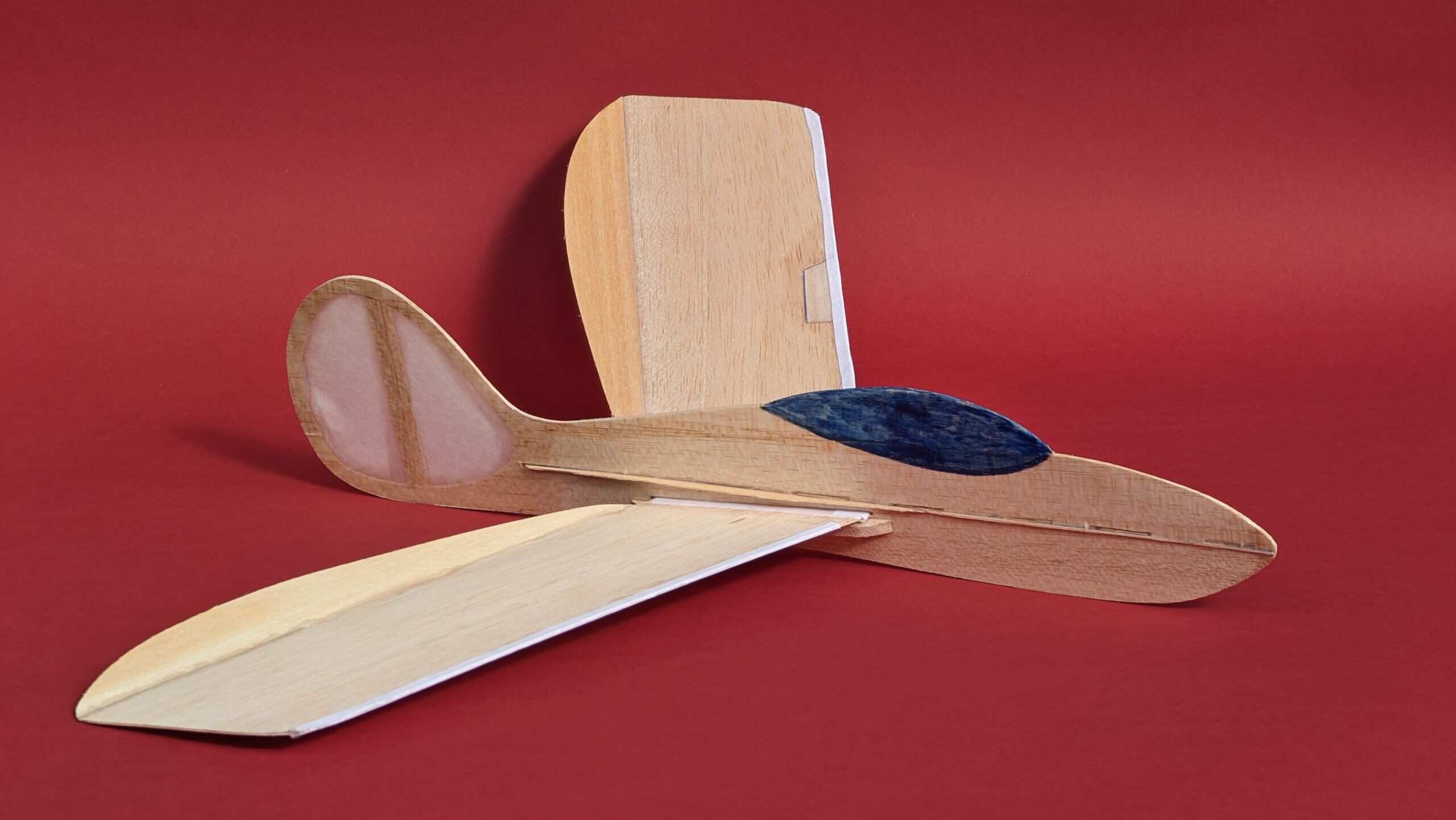
1017 El Hornero
The idea leading to this model was to test a flying wing design with as little ballast as possible. This could only be achieved by making the tail section as light as possible. Thus the fin-and-rudder section was hollowed out and covered with thin Japan tissue.
-
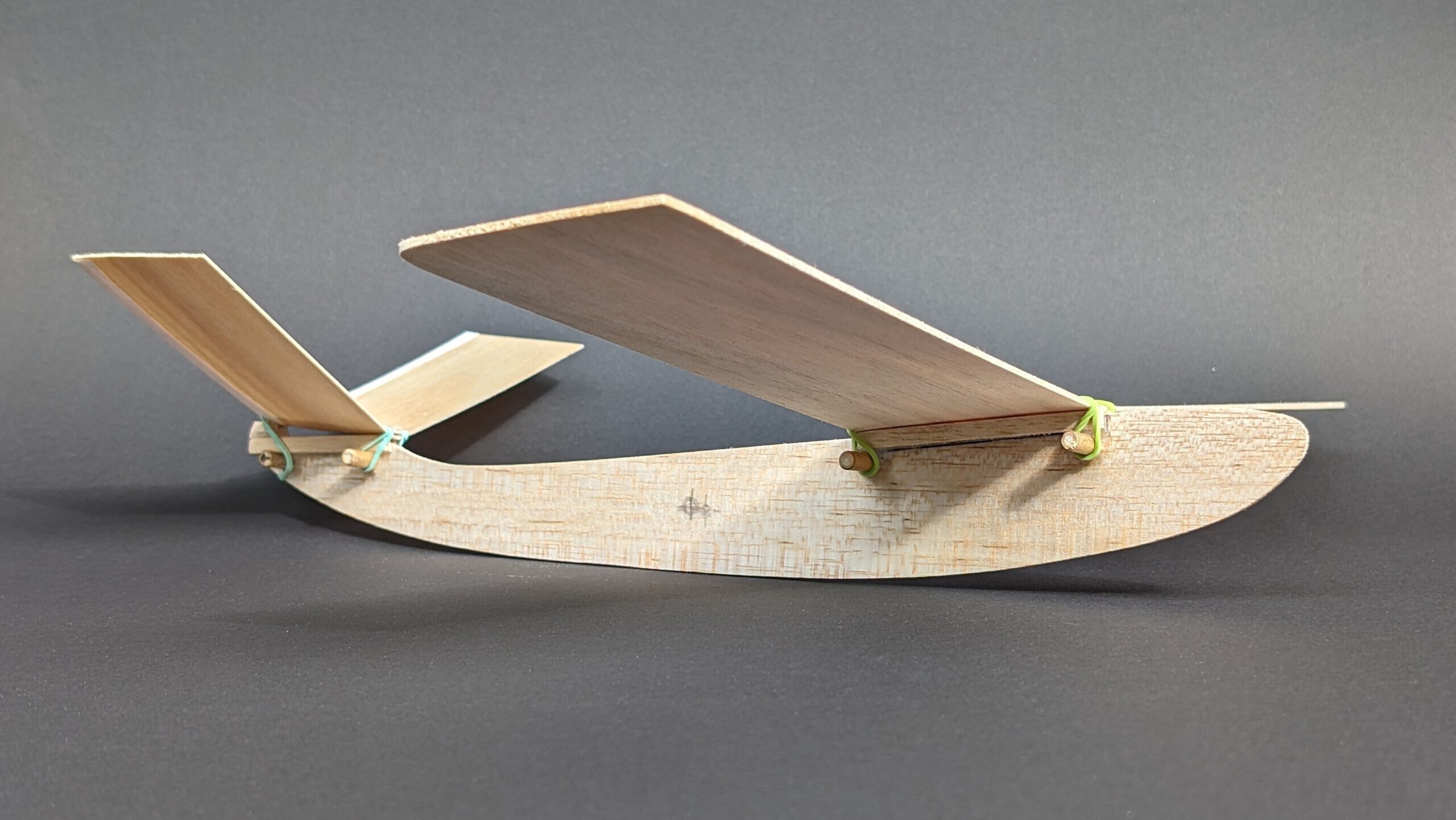
1018 Cauqén Magallánico
A small canard glider named after the upland goose of southern South America. Simple design with detachable wings and V-tail empennage. Built from balsa, bamboo dowels, and linen reinforcements. Secured with rubber rings for easy assembly and tuning. Stable flyer with pleasant glide: light, clean, and adjustable for optimal CG.
-
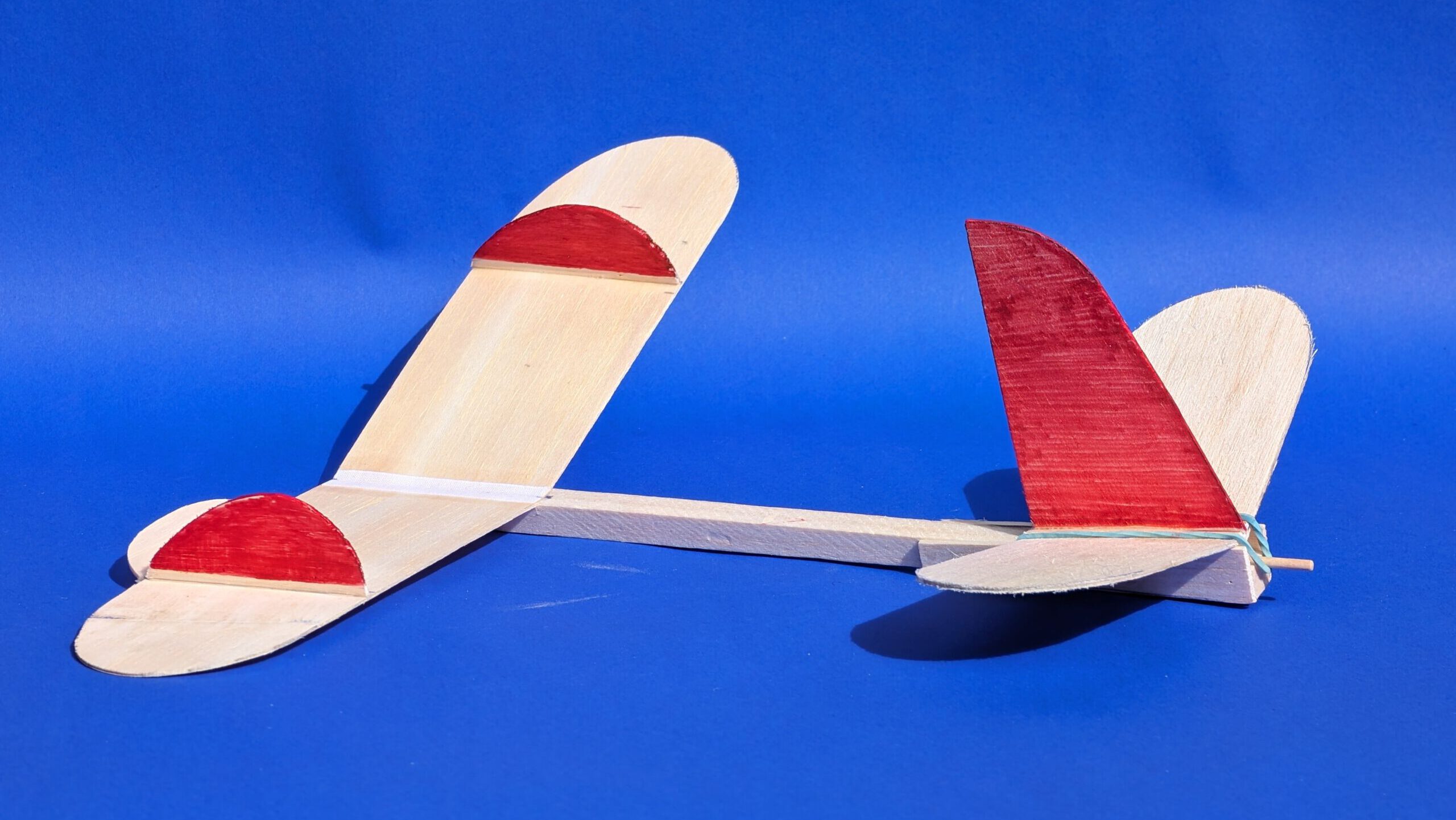
1019 Barvaz
A scratch-built canard glider named after the Hebrew word for duck. Light, stable, and easy to assemble from balsa and a bamboo dowel. Key to success: a small upward-bent aileron for level flight — a fix that turned it into a top performer. Simple build, smooth glide, and precise balance make Barvaz a standout.
-
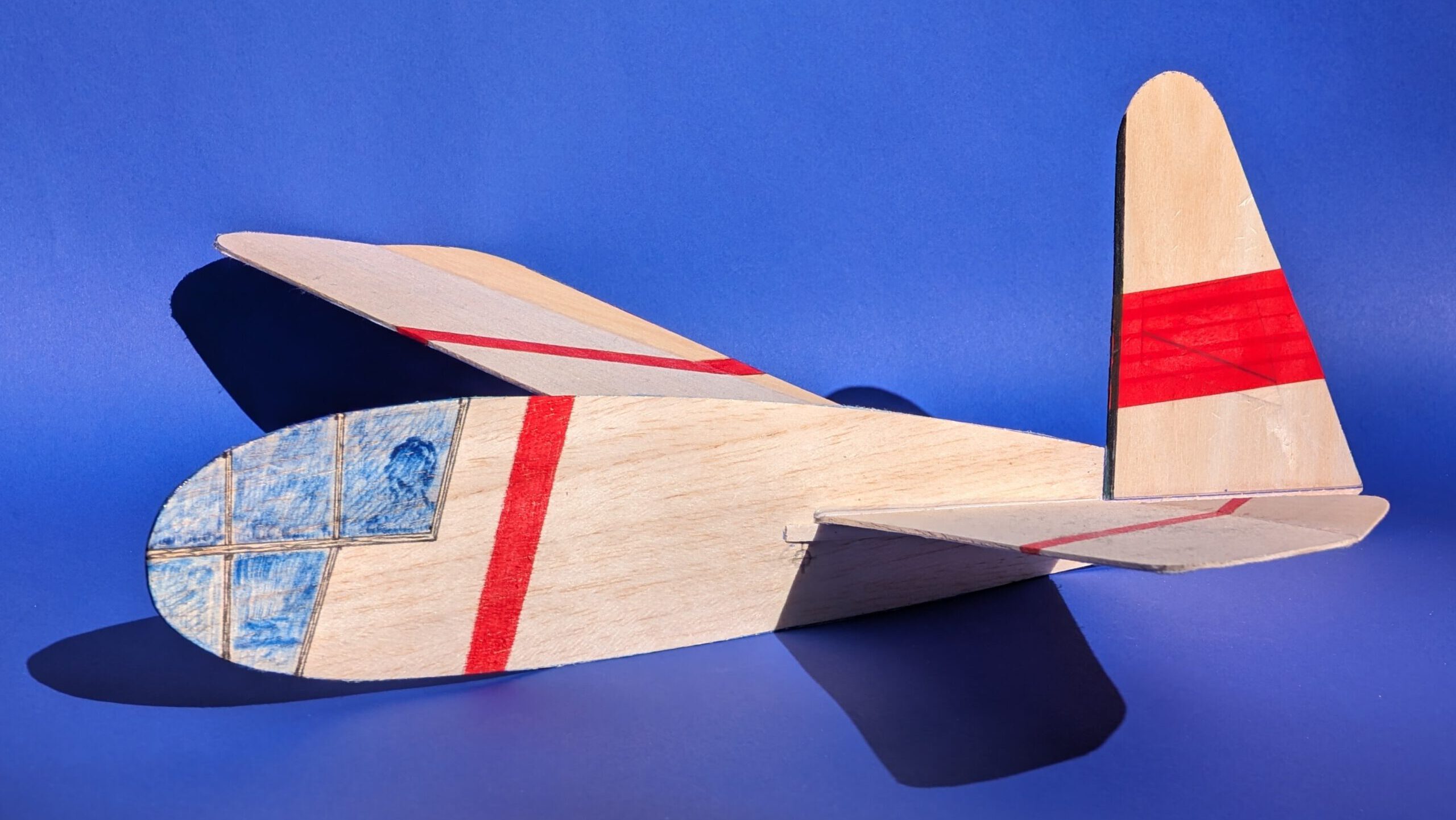
1020 Forwardswepter
A forward-swept, tailless chuck glider with a clean design and minimal parts. Built from balsa with reinforced wing joints and elevons for control. Despite its unusual shape, flight tests showed no major differences from standard swept-wing gliders — stable and recommended for all skill levels. Simple to build, smooth to fly.
-
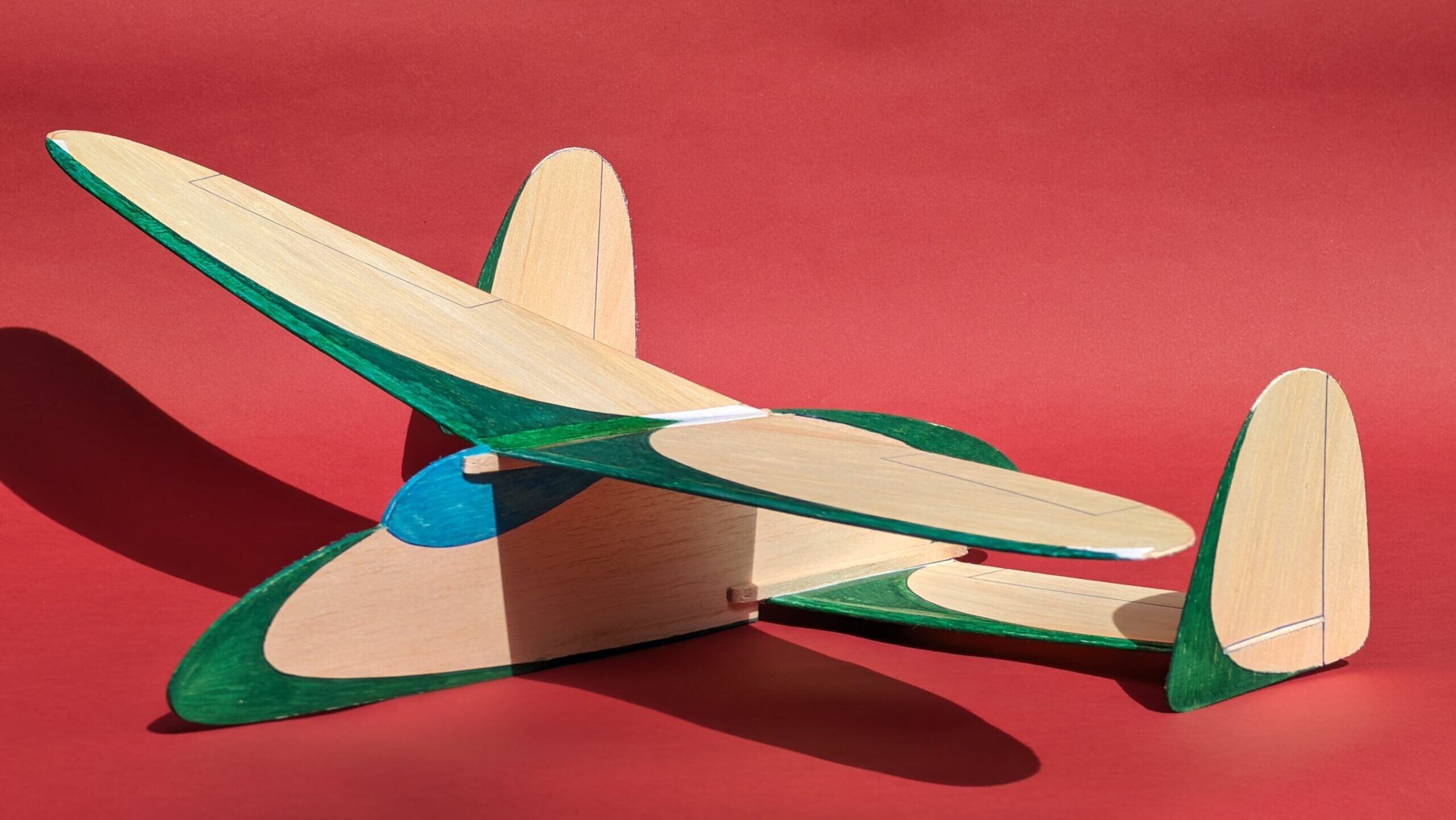
1021 Duo mono mod.
The original Duo Monoplane was a Jetex (rocket) powered model by designer Bill Dean published in the 1952 January issue of Aeromodeller magazine. I liked its appearance and its concept as a tandem wing model. So I altered only a little the distance between both wings, the planform of the main wing and I draw…
-
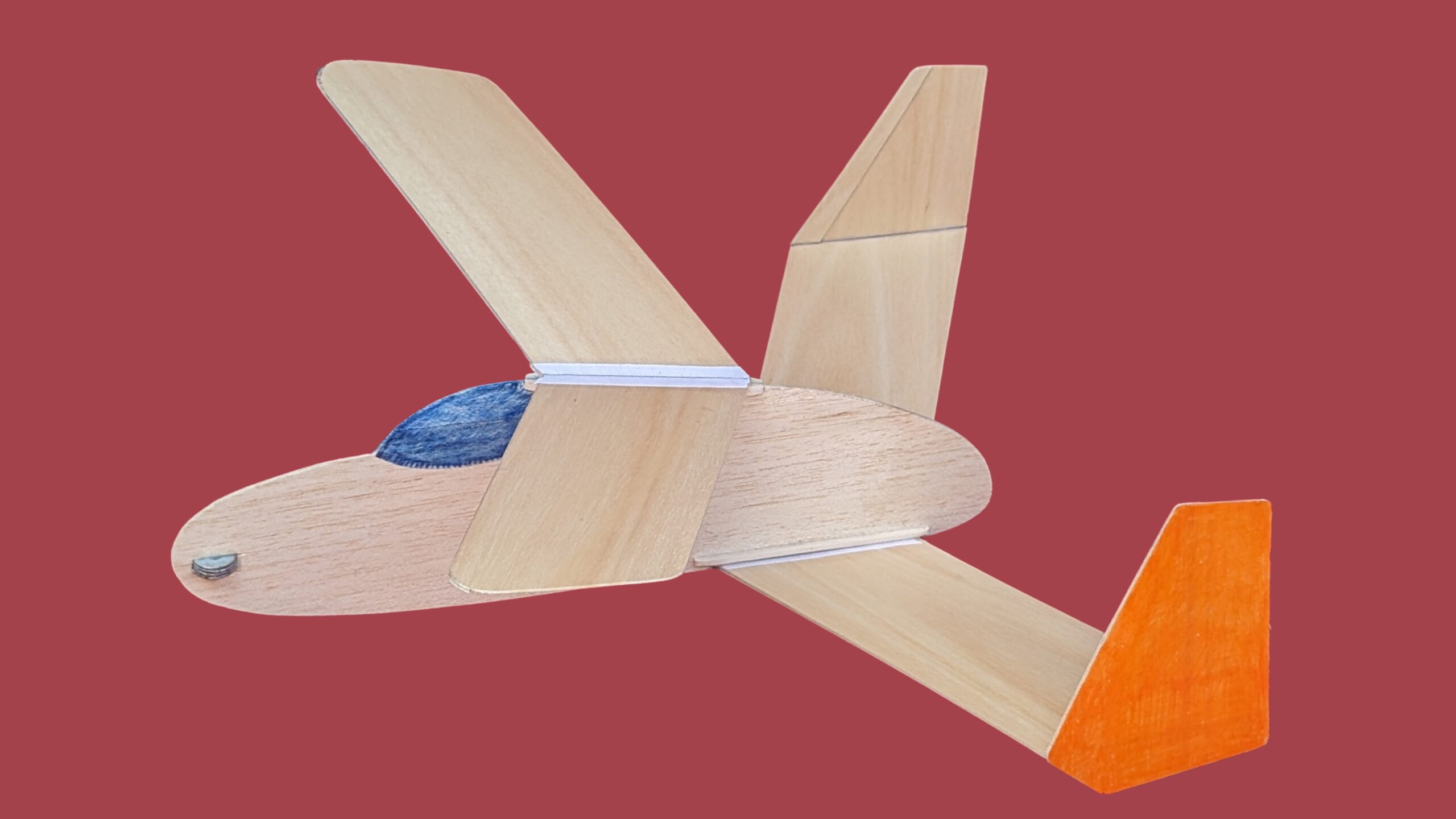
1022 Mitey Atom mod.
The original Mitey Atom was a free flight model for the diminutive Cox Glo nitro engine, it was designed by Eric Clutton and published in the 1961 December issue of the magazine Aeromodeller. I especially liked its wing arrangement which seen from above or from below looks like an X as the front wing is…
-
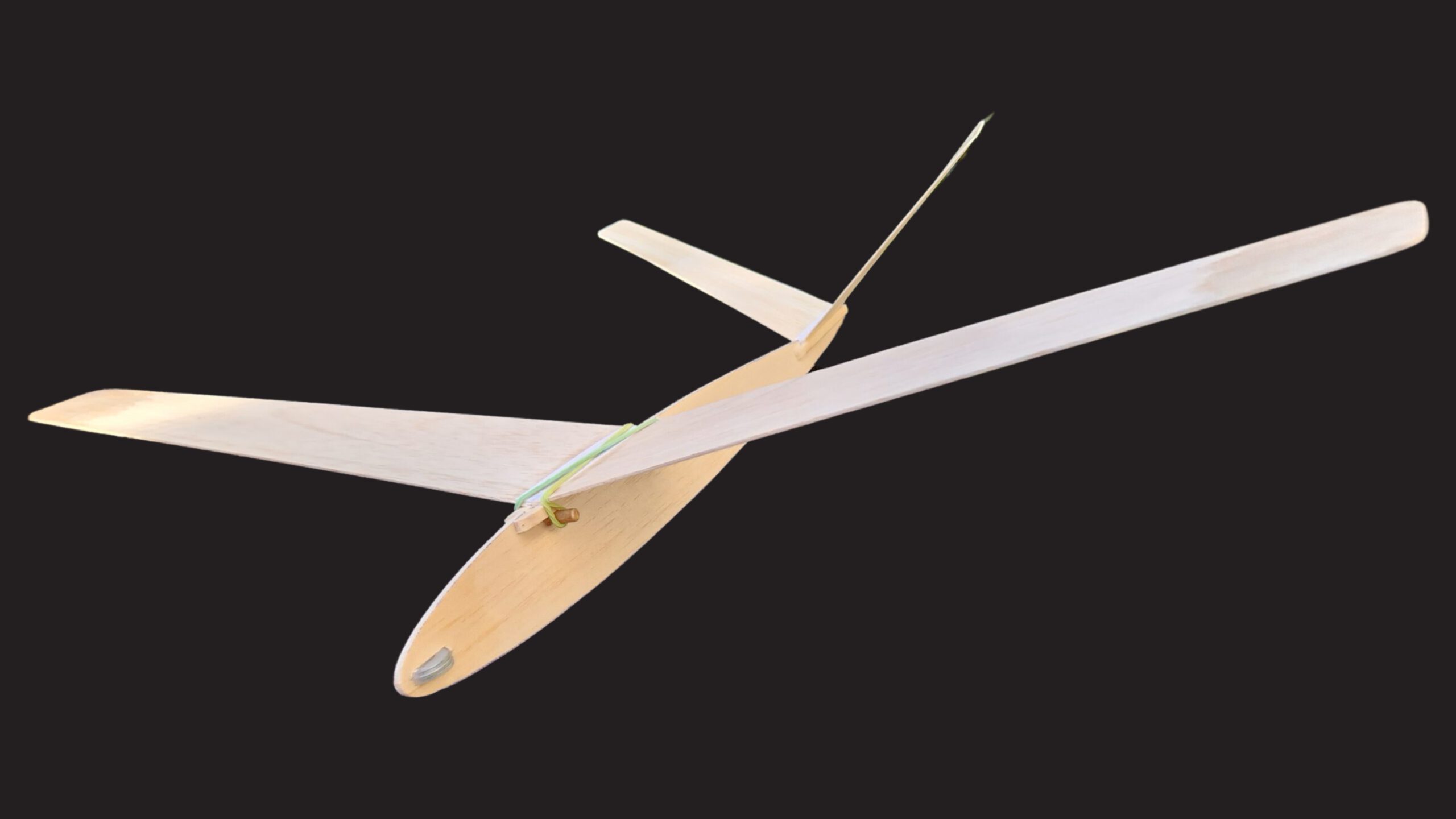
1023 Lomir gejn tanzn!
Designed for easy building with few parts: detachable wing, V-tail, and basic materials like balsa, bamboo, and linen. Reinforced for durability. Rubber rings secure the wing and tail. Center of gravity is key for smooth flights. “Lomir gejn tanzn” means “Shall we dance!” in Yiddish.
-
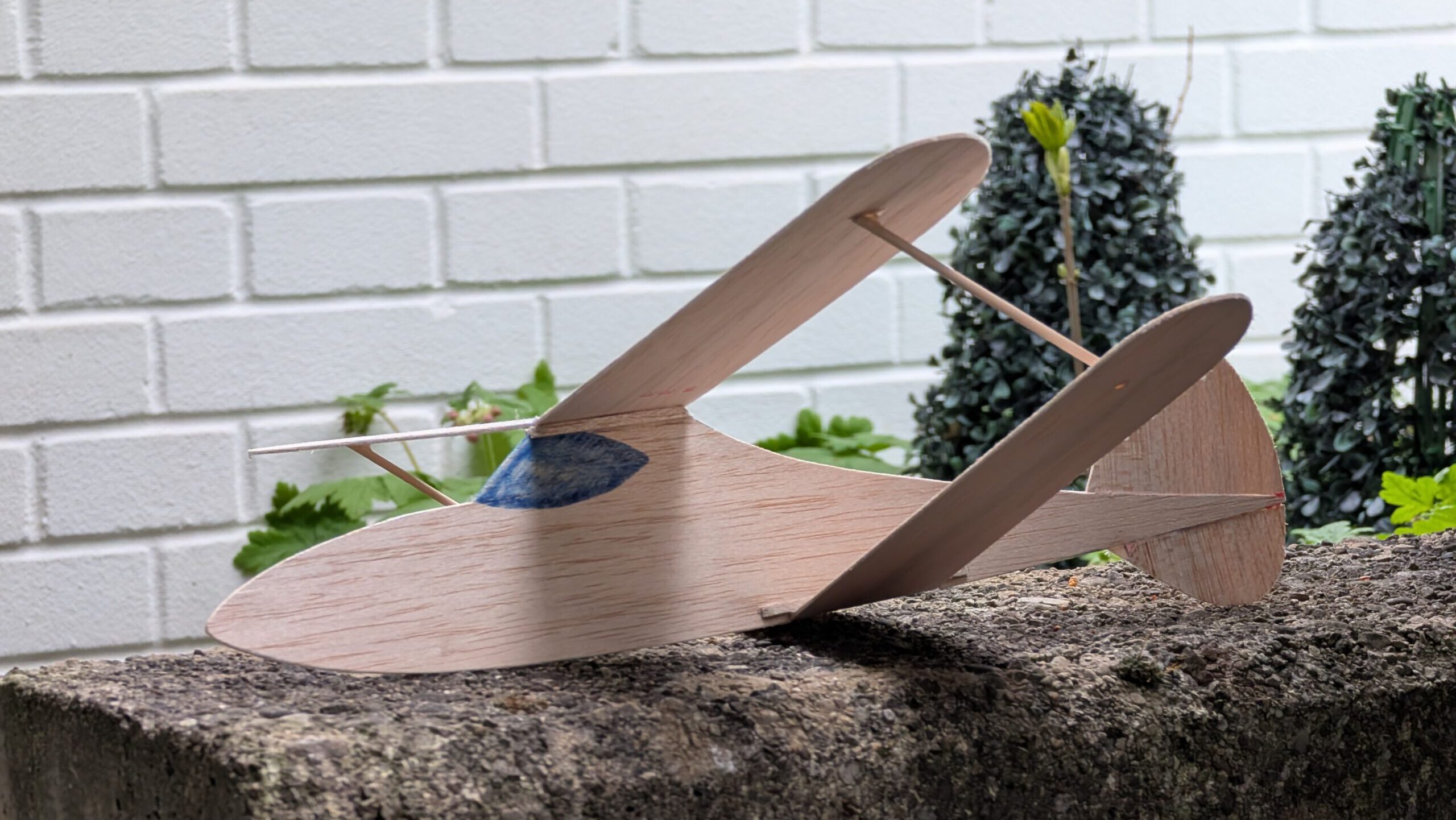
1024 Whatsit Glider
The original Whatsit was a model by Frank Ehling (1914-2001) published in the 1/1942 issue of Airplane News. – What made the Whatsit so distinctive and unique was that no one could tell for sure what it really was. — Was it a biplane without a horizontal stab? Was it a twin flying wing? Was…
-
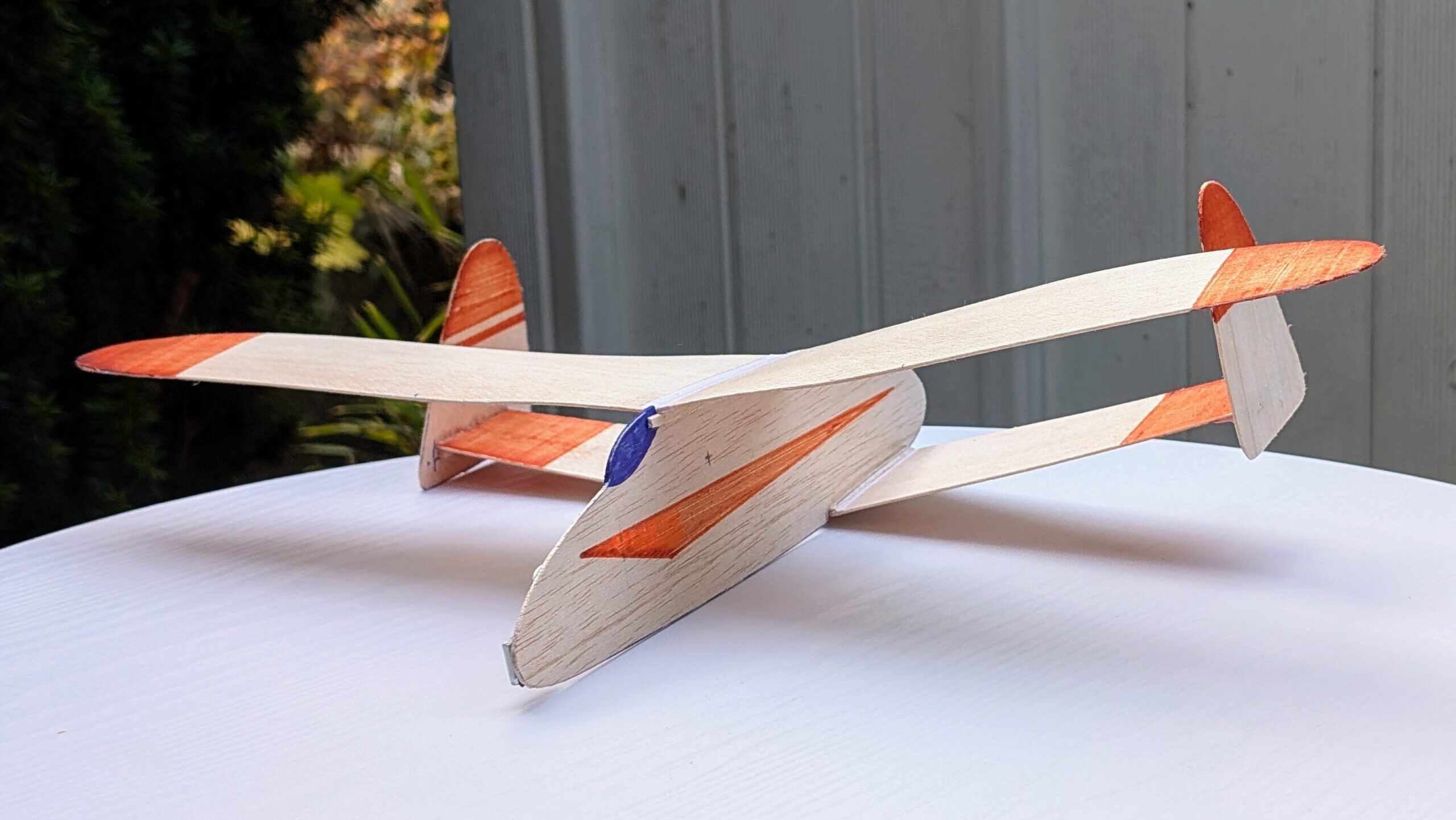
1025 Duo mono mod. MINI
The original Duo Monoplane was a Jetex (rocket) powered model by Bill Dean published in 1952 January issue of Aeromodeller magazine. I liked its appearance and its concept as a tandem wing model. So I only altered a bit the distance between both wings, the planform of the main wing and draw the bottom line…
-
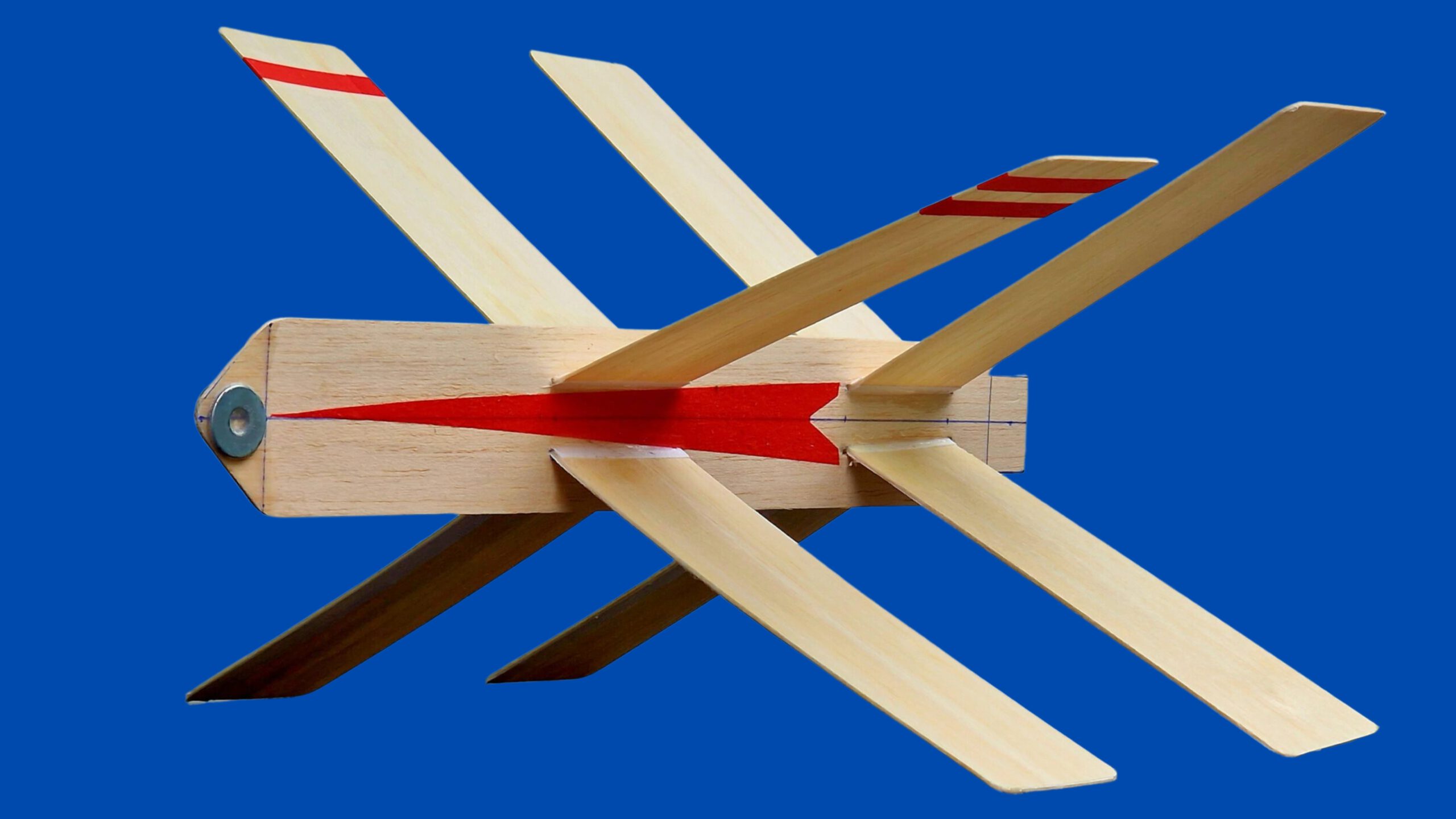
1026 Double X’er glider (X-wing)
Regularly going through various defence reports one certain design caught my attention, that of the Russian kamikaze drone Lancet. A sleek fuselage and eight wings – this would be quite a challenge!
-
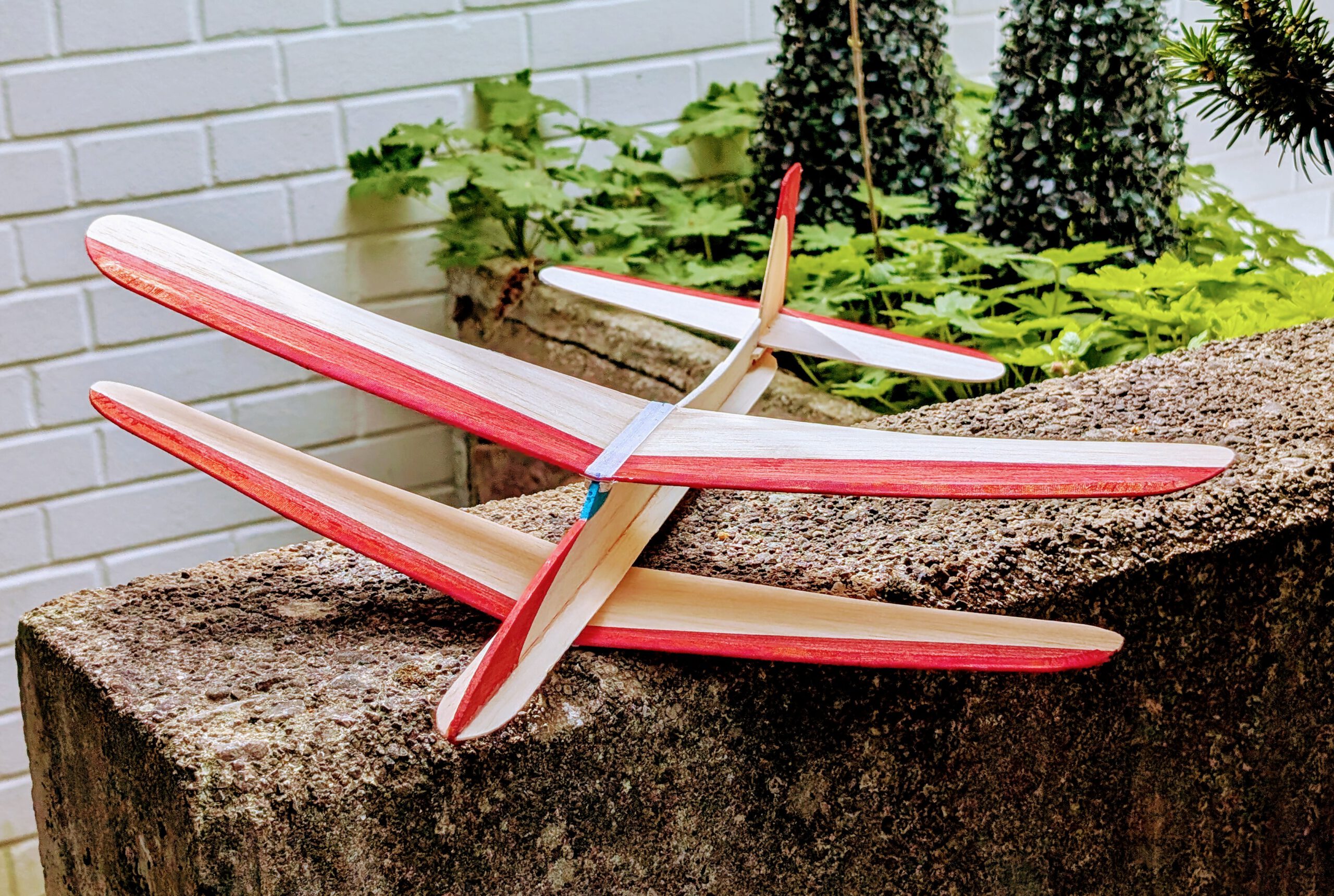
1028 Bi-Baby mod. XL
The original Bi-Baby was published in the September 1956 issue of “Flying Models”. It had a span of 9 in and was intended as a simple small chuck glider. The plan has been enlarged and the design was adjusted to optimally fit the new size. Bi-Baby preserves the classic lines of its era and can…
-
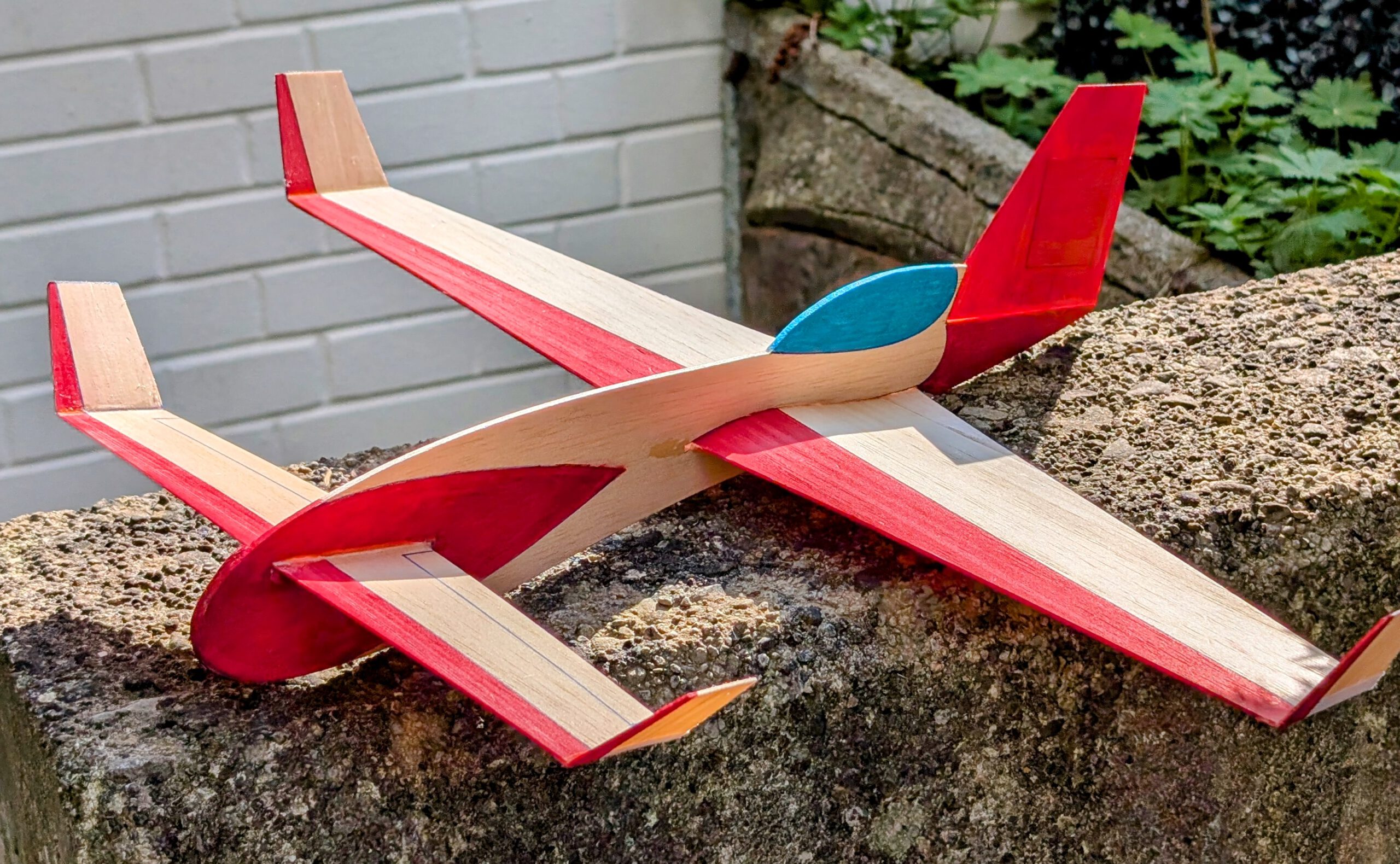
1029 Uccellone
The 1029 Uccellone is a mid-size canard glider with a 48 cm wingspan and a super-light 27 g weight. Designed by Robert Schlickewitz as part of the Series 1000, this model boasts stable flight, easy construction, and a unique S-shaped main wing profile with no dihedral except on the outer wing sections.
-
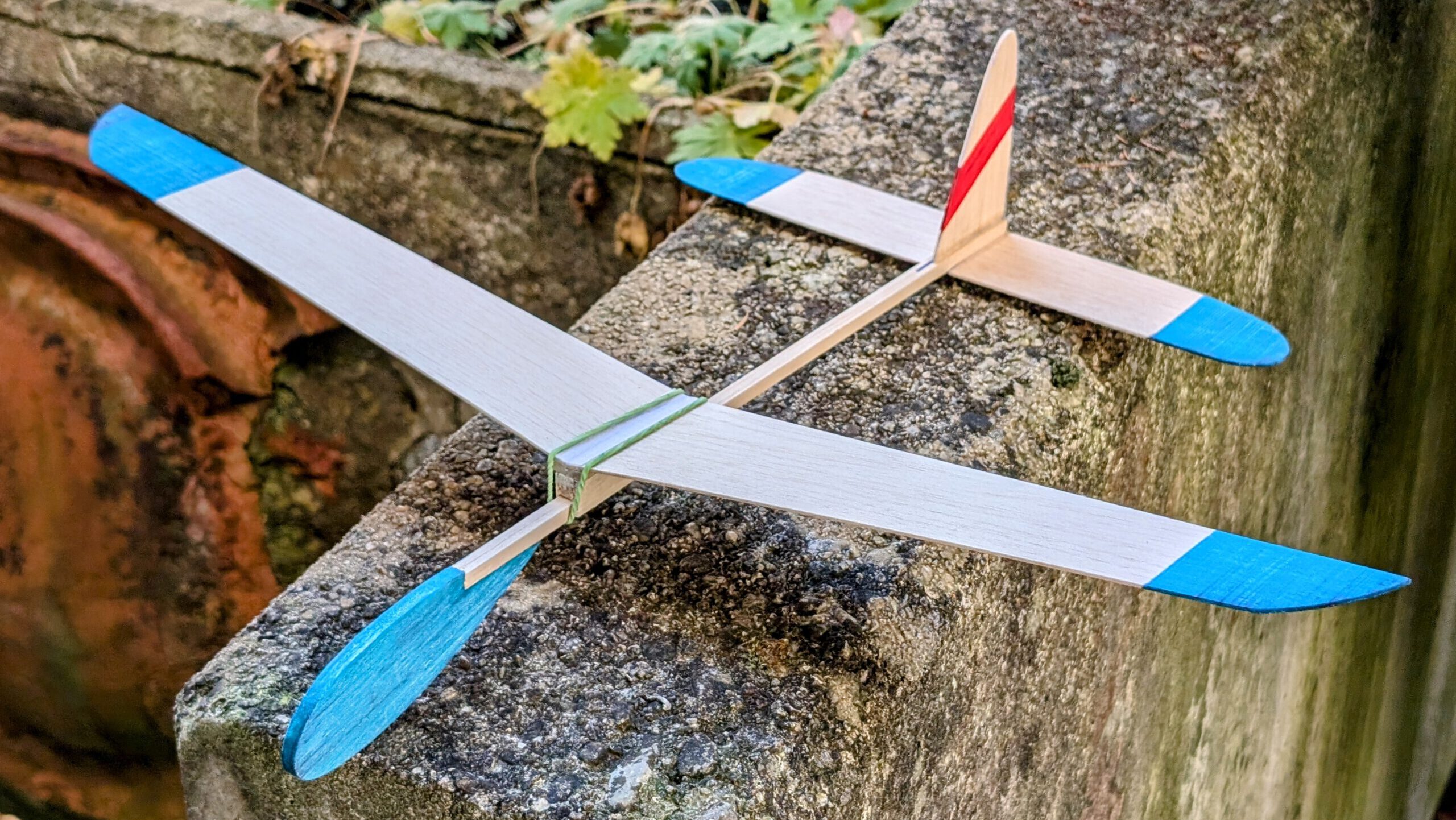
1033 Bunch of simple HLGs
Simple balsa gliders with interchangeable parts: five wing styles, four fins, five nose types, and two tail options. Wing position adjustable for center of gravity. Held together with a single rubber ring. Designed for easy building and reliable flight performance. Build, test, adjust — and enjoy smooth hand launches.
-
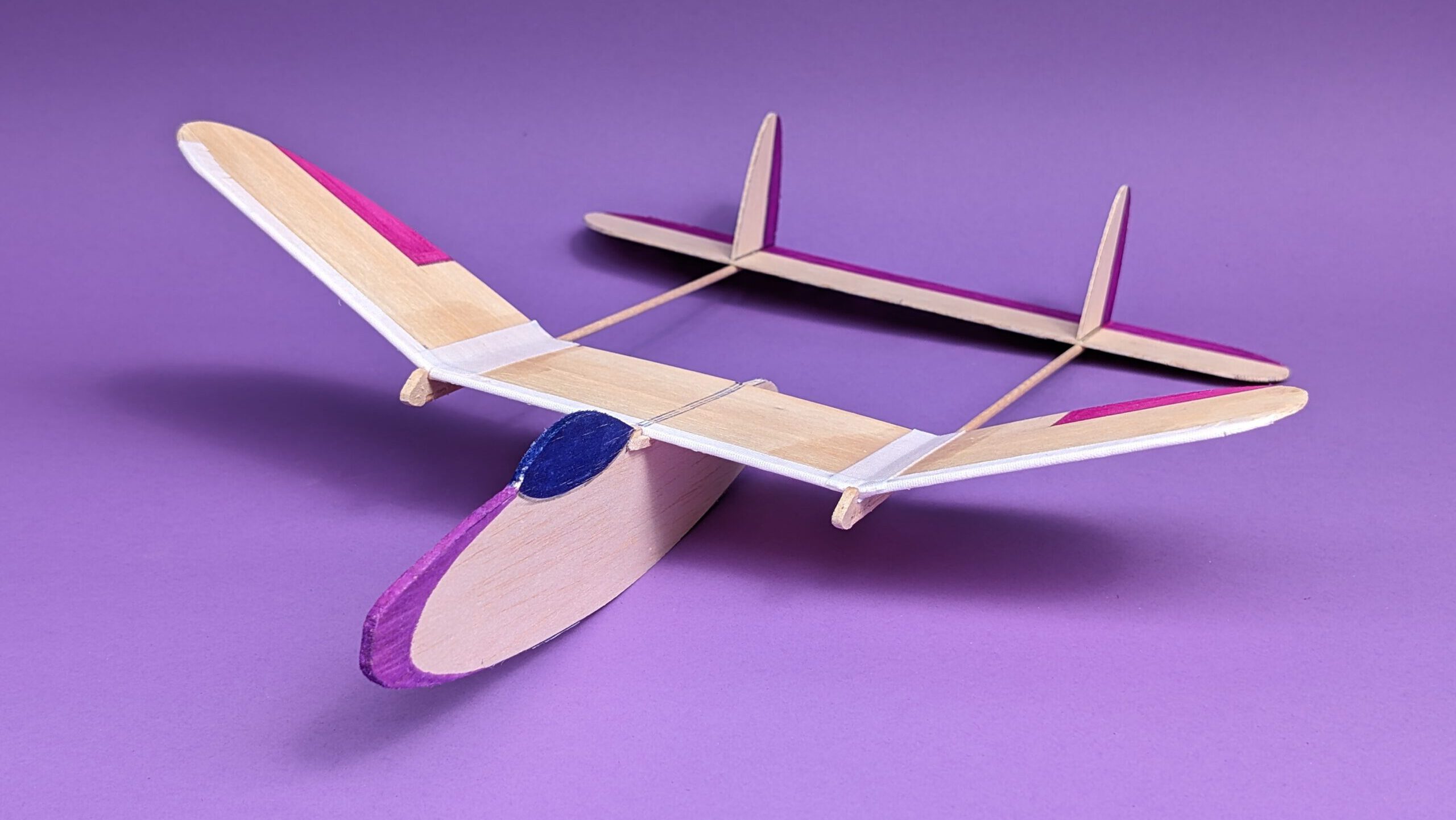
1035 Still life in purple HLG
A compact twin-boom balsa glider with clean lines and dual use as a hand-launch glider or RPU. Easy to build with simple materials like balsa, skewers, and linen banding. Features reinforced wing joints and adjustable balance. Stable, light, and smooth in flight.
-
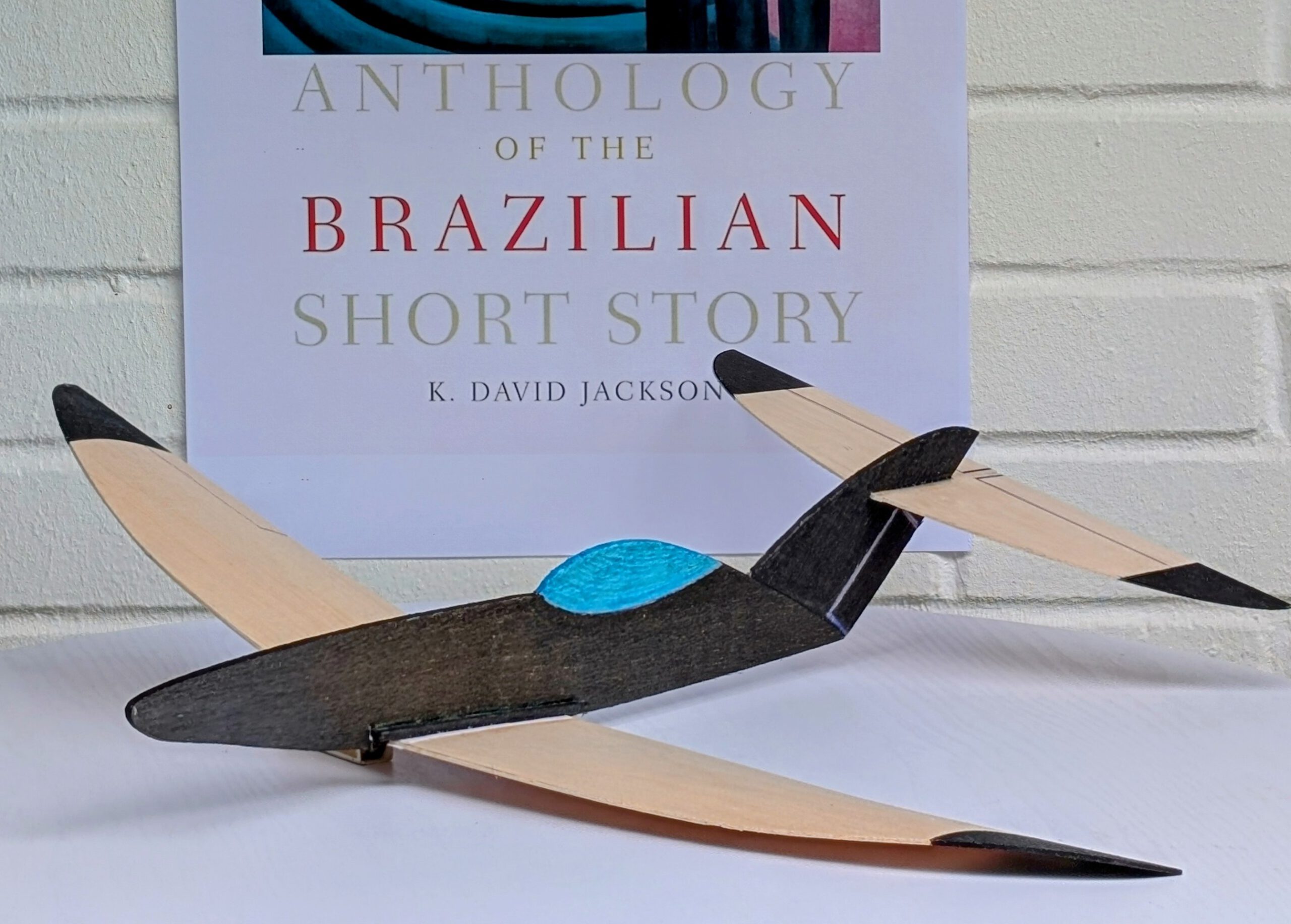
1042 Tubarão Glider I
Span 51.5 cm / 20.3 in Weight 39 g / 1.4 oz The concept: Name is Portuguese (Brazilian) and means: SHARK Rear end of the Tubarão was drawn up in accordance with the rear of the famous French sport coupé Panhard CD from 1963. This being probably one of the best sport cars ever considering weight, speed…
-
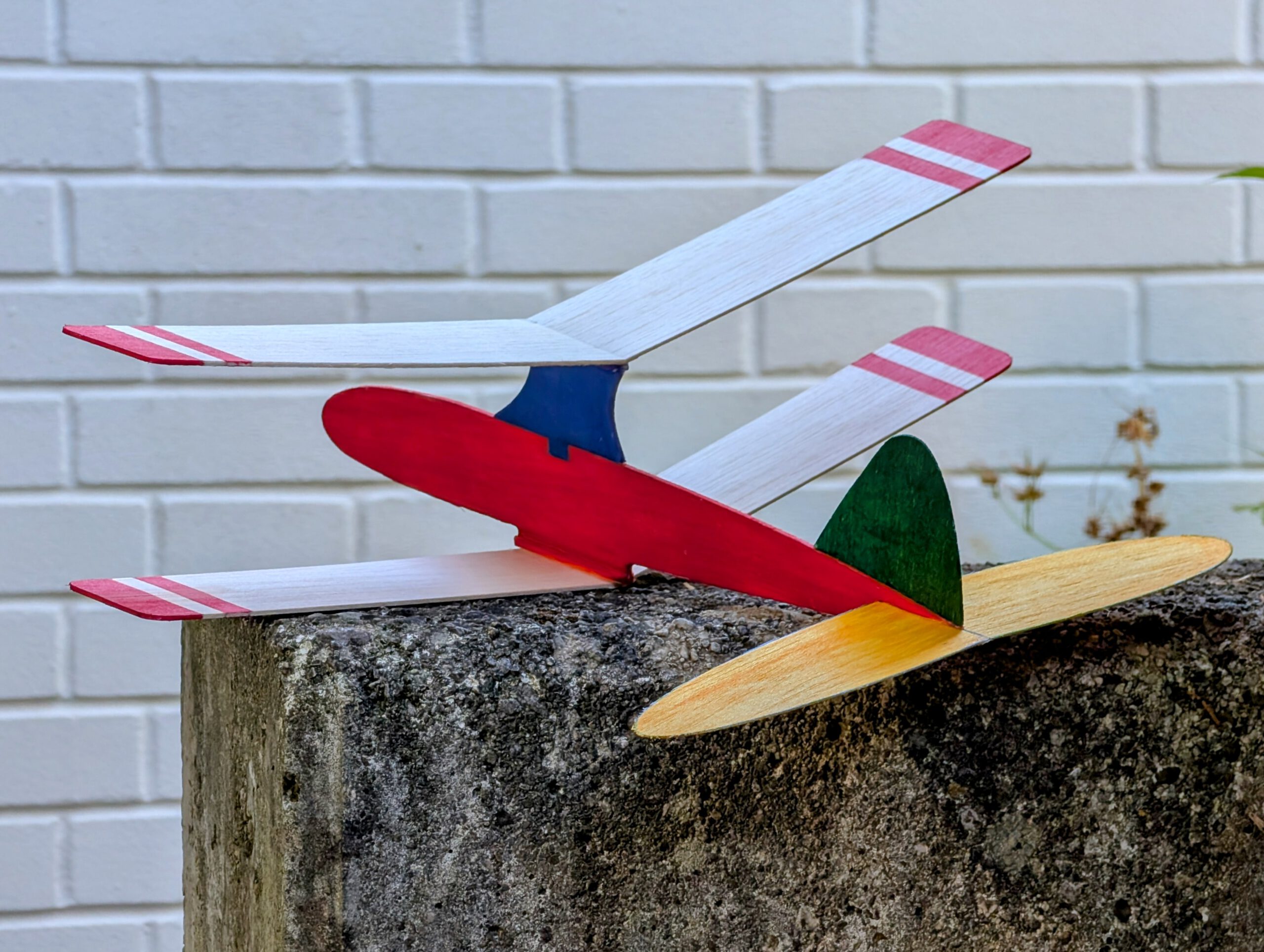
1049 Besame mucho
1049 Bésame mucho is a nostalgic biplane-style sheet-wing glider with a 41 cm wingspan and ultra-light 26 g frame. Designed for both ease of construction and vibrant aesthetics, this Robert Schlickewitz model demonstrates delightful flight performance and graceful handling—even in light gusts. The name, Spanish for “Kiss me a lot,” evokes the timeless charm of…
-
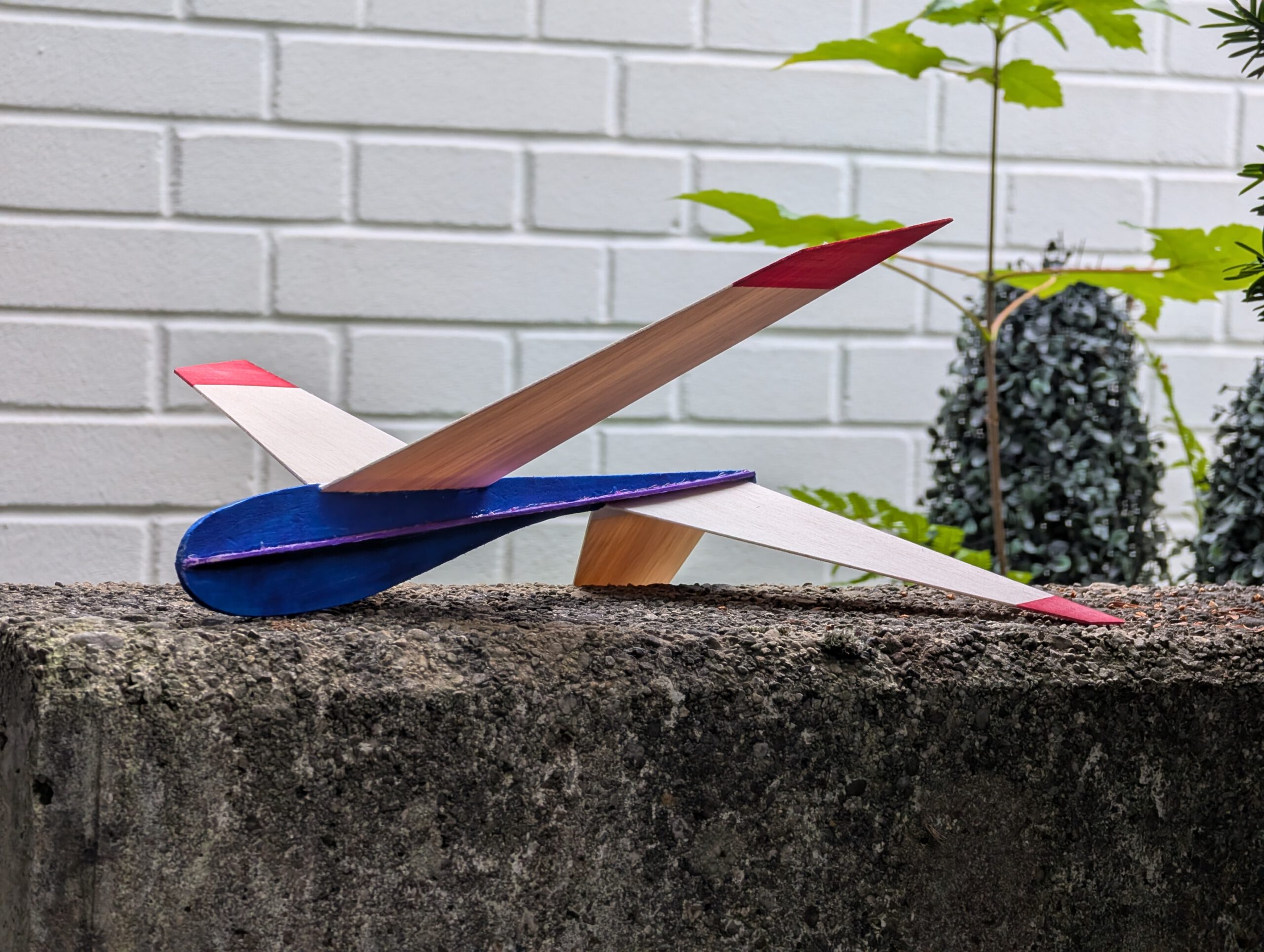
1064 Tandem Dart One mod. Red glider
Span 34.5 cm / 13.6 in Weight 17 g / 0.6 oz Specifics: Building the balsa sheet experimental glider Tandem Dart One mod. Red Materials Fuselage: B 3; fuselage side stiffeners: B 1.5; wings: stiff B 1; linen/cotton band width ½ in = 12 mm; ballast: piece of steel or lead. Assembly: Cut out balsa…
-
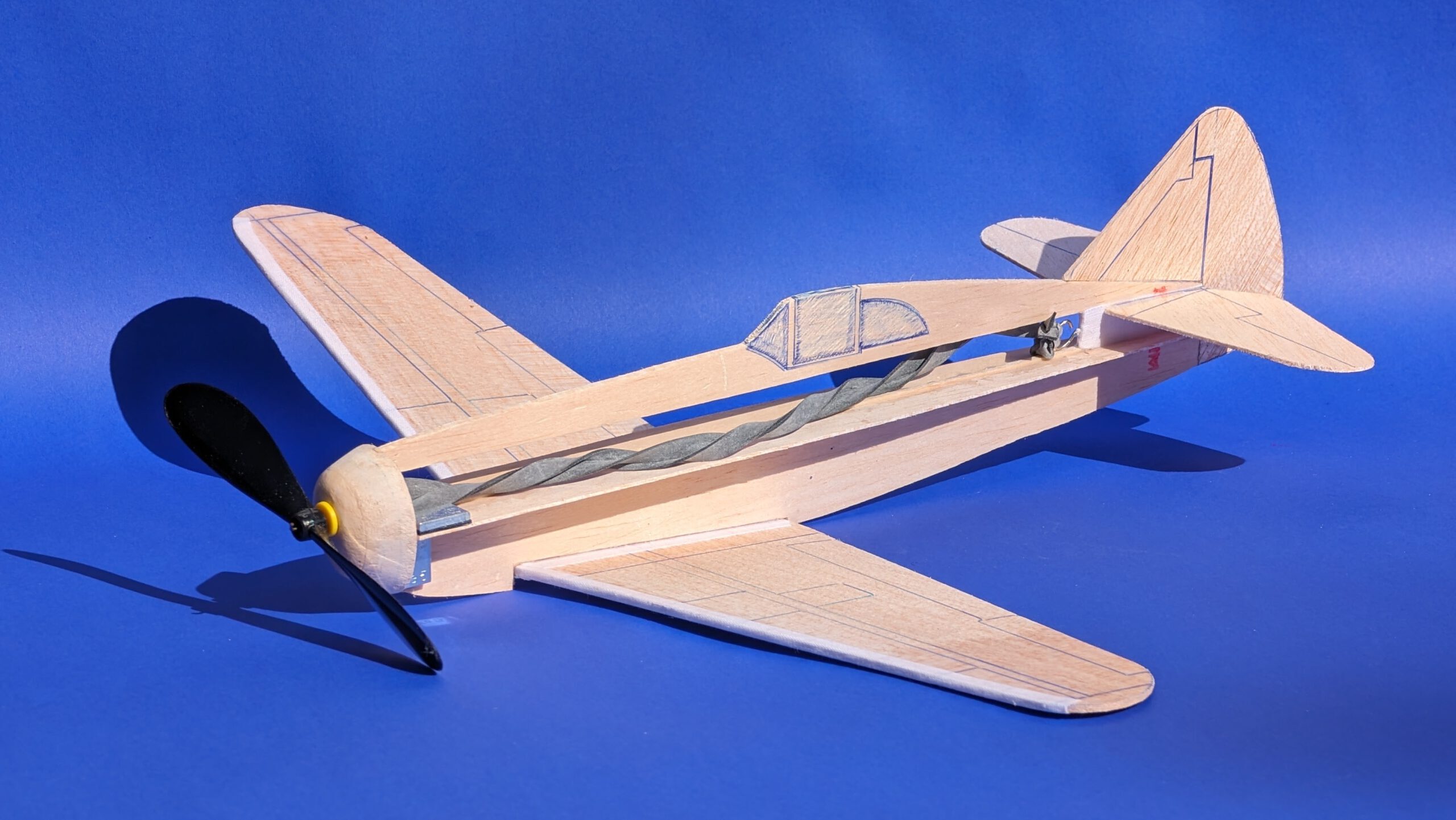
2001 Dewoitine D. 520 rubb.
The Dewoitine D.520 was a French fighter aircraft of the Second World War. First flight took place in October 1938 and only in 1953 retirement of the plane occured. Operators of the Dewoitine were not only France but Bulgaria, Italy and Nazigermany. The D.520 had a wingspan of 10.2 m / 33 ft 6 in…
-
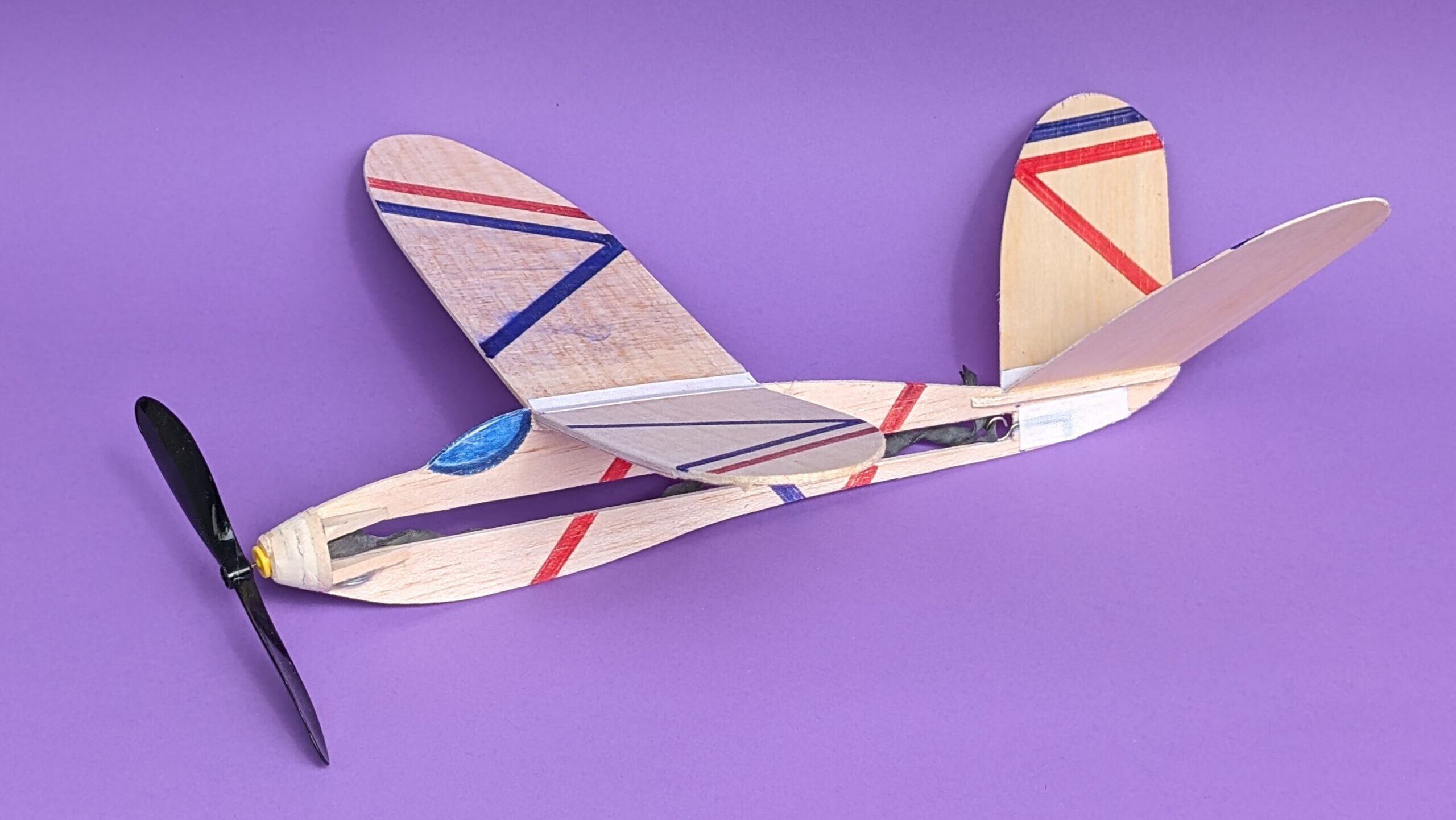
2002 Borboleta menor rubb.
Easy-to-build balsa model with few parts, a V-tail, and solid flight performance. Named for its butterfly-like shape, Borboleta menor means “small butterfly” in Brazilian Portuguese. This version features a built-in rubber motor; an RPU 20 version is also available.
-
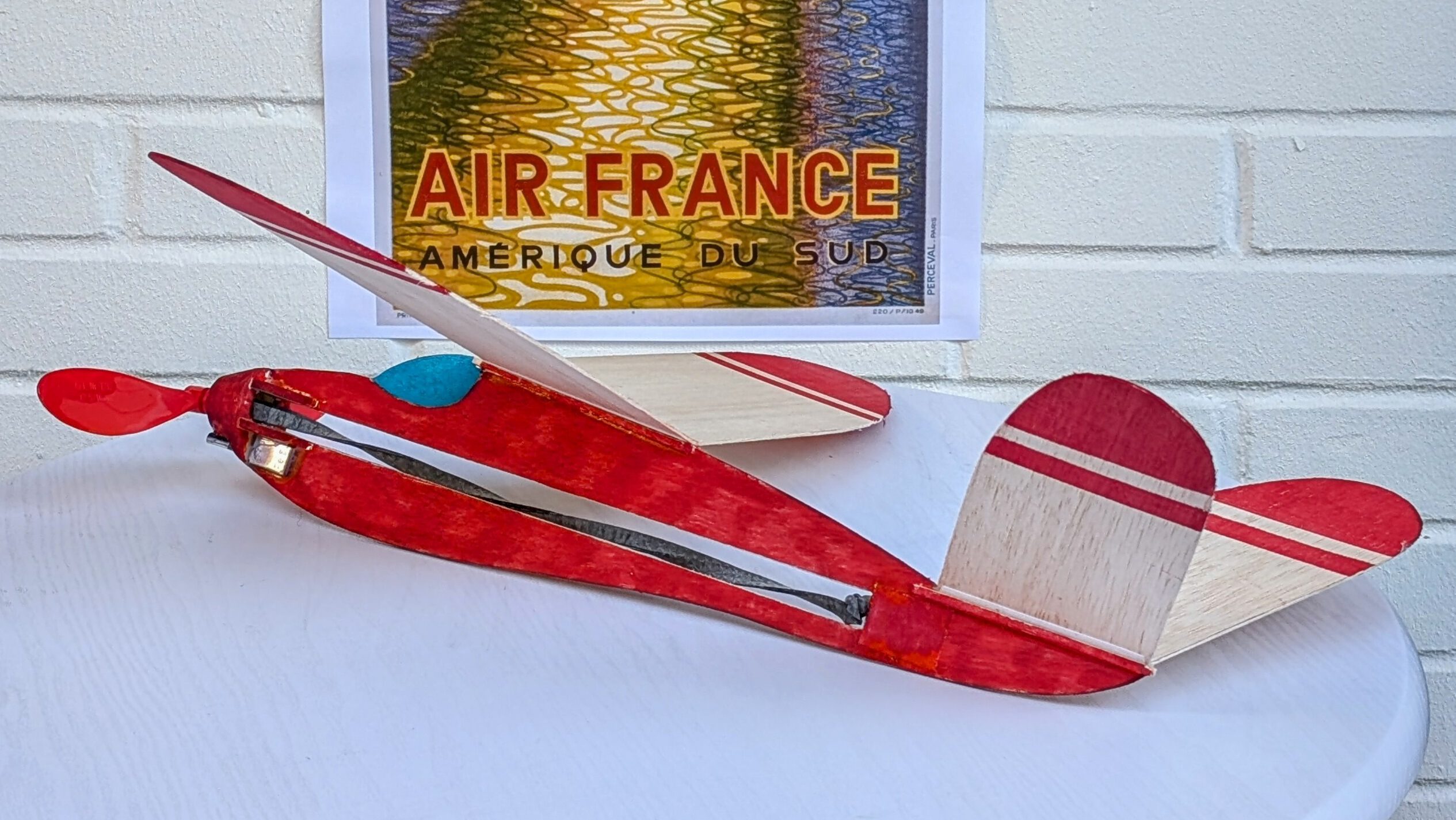
2003 Borboleta maior rubb.
Larger sibling of Borboleta menor, this easy-to-build model features a V-tail and good flight performance. Built from balsa with few parts and a removable airscrew. Originally heavy, it flew well with a larger propeller. The name means “big butterfly” in Brazilian Portuguese. An RPU 30 version is also available.
-
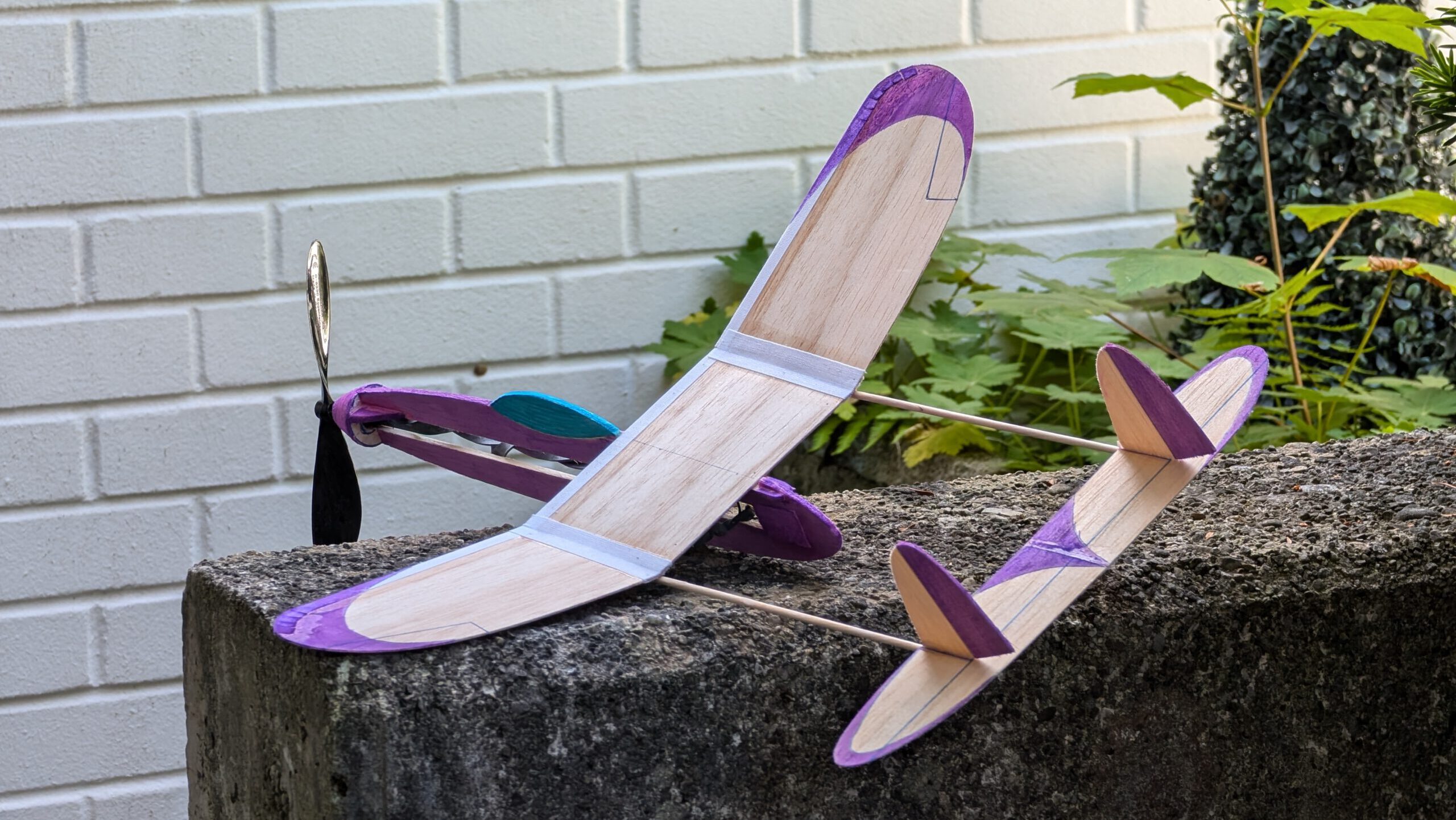
2004 Study in purple rubb.
This sleek, fast balsa model features a twin-boom layout, V-tail, and distinctive coloring. Built from few parts, it offers strong flight performance and easy assembly. Designed for a 6-inch airscrew and black rubber motor. Best flown over tall grass due to its speed and low weight.
-
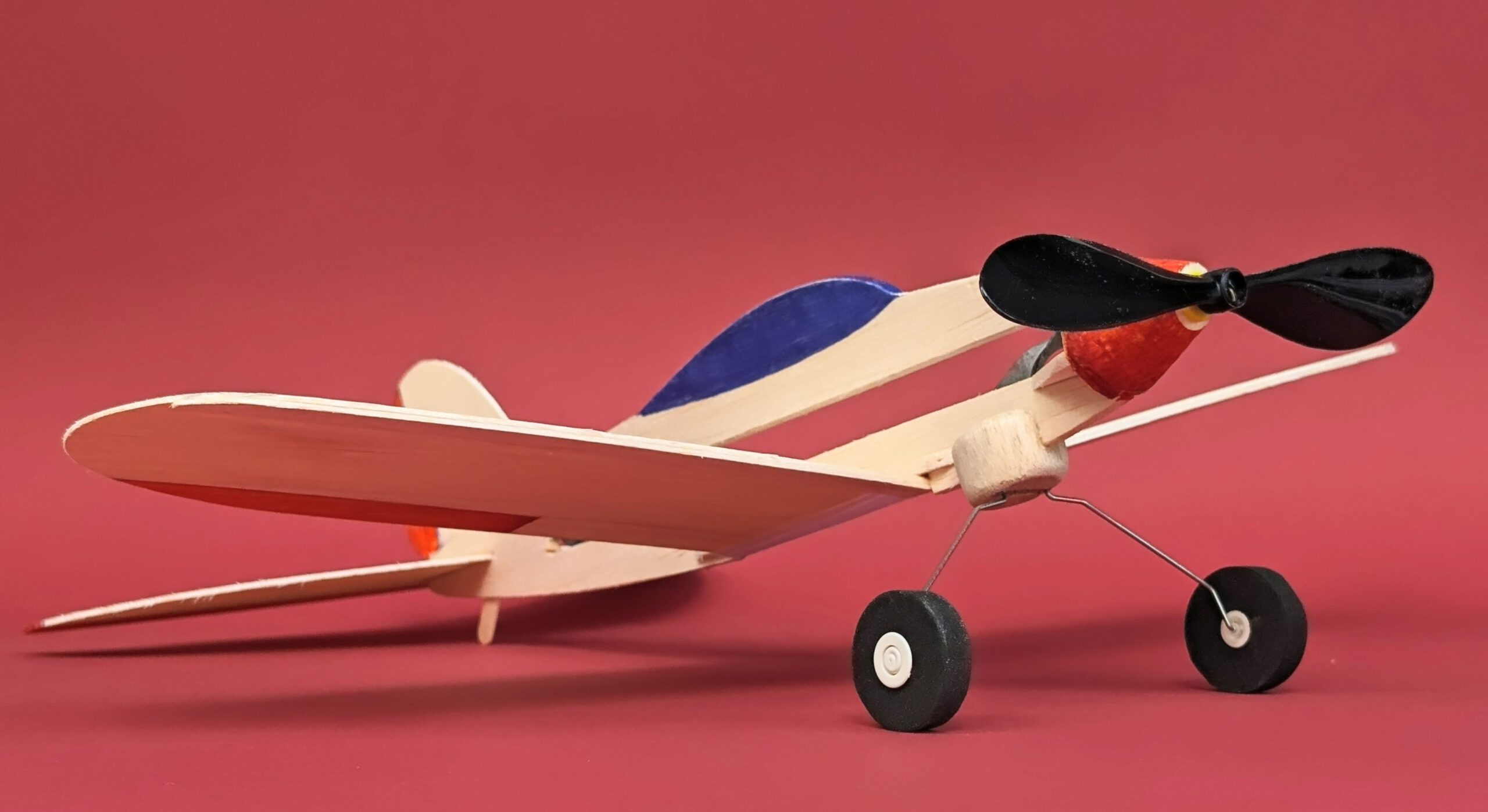
2005 ¿Como va el Juego? rubb.
An easy-to-build balsa monoplane with good flight performance, simple landing gear, and a playful design. Made from few parts and fitted with a 6-inch airscrew. The name, in Spanish, means: How is the game going? (Answer: Very well!)
-
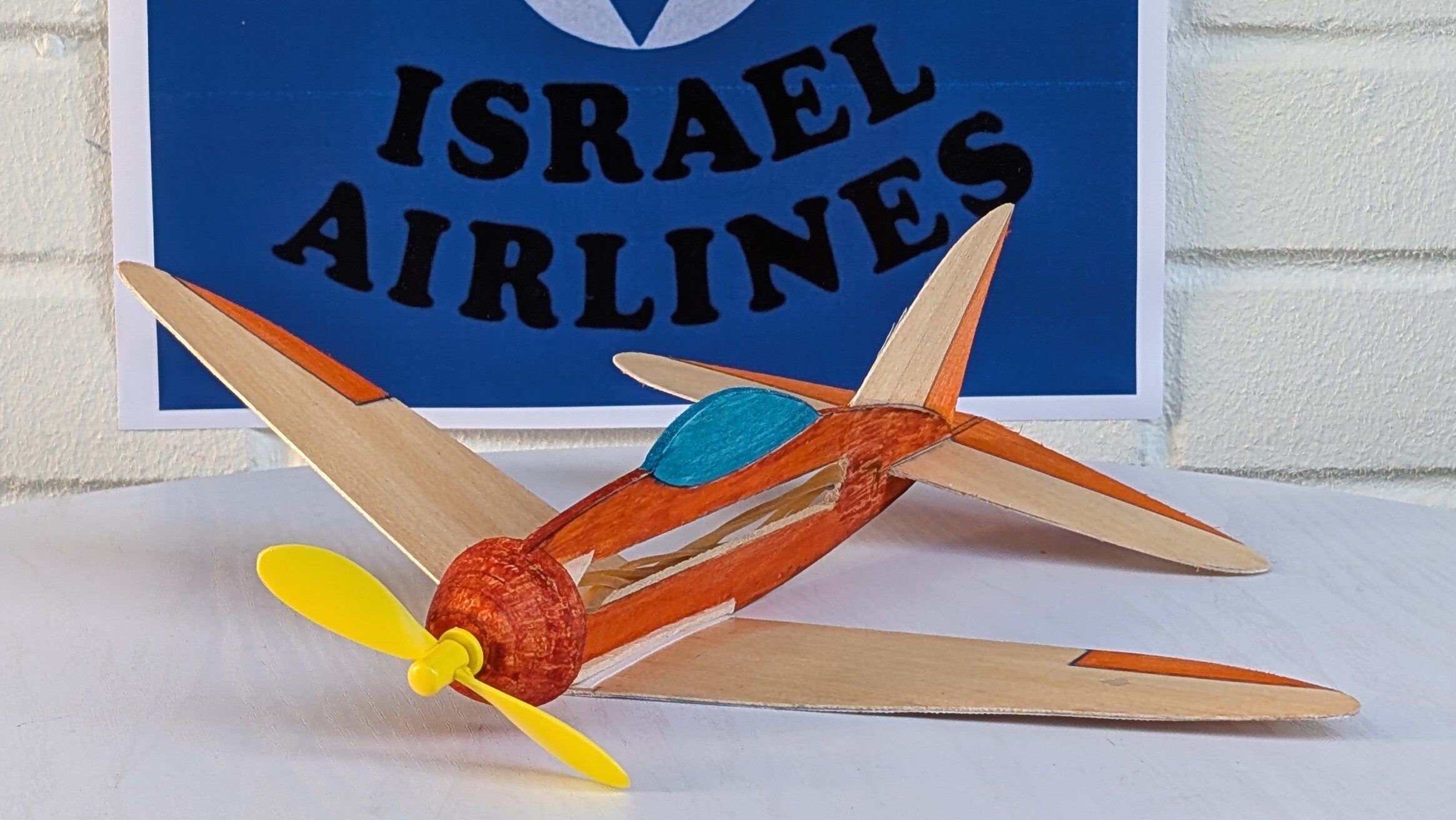
2006 Parosh
This compact low-wing monoplane is easy to build, with few parts and excellent flight performance. Powered by a 4-inch airscrew and thin brown rubber, it’s ideal for short, stable flights. The name Parosh (פָּרוּשׁ) is Hebrew for “finch.”
-
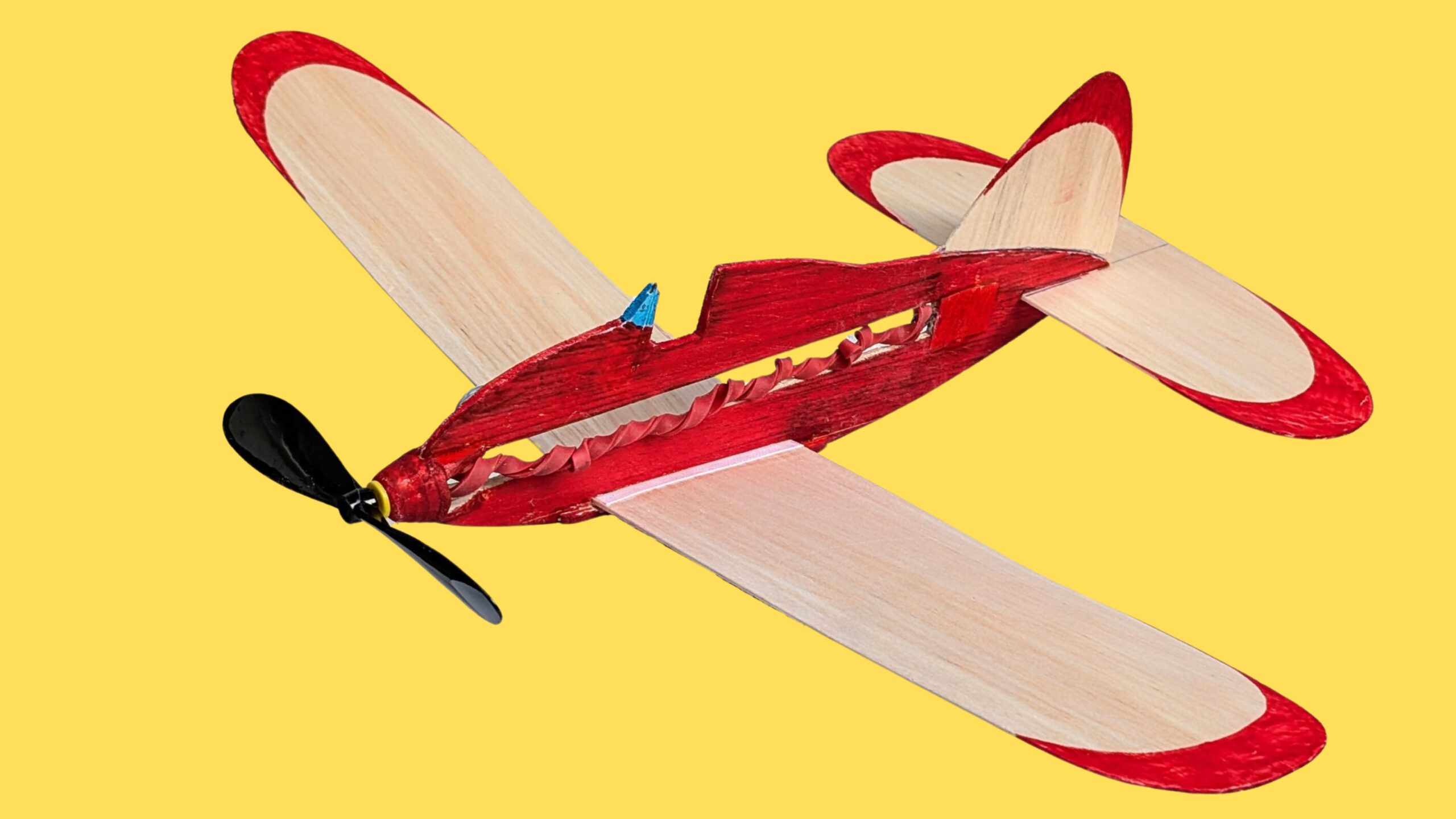
2007 Las aparencias engañan rubb.
A compact, easy-to-build glider with a humorous look and good flight characteristics. Features include profiled wings, few parts, and a reinforced balsa windshield. Rubber-powered version with a wire hook and nose cone design. The name, in Spanish, means: Appearances are deceiving.
-
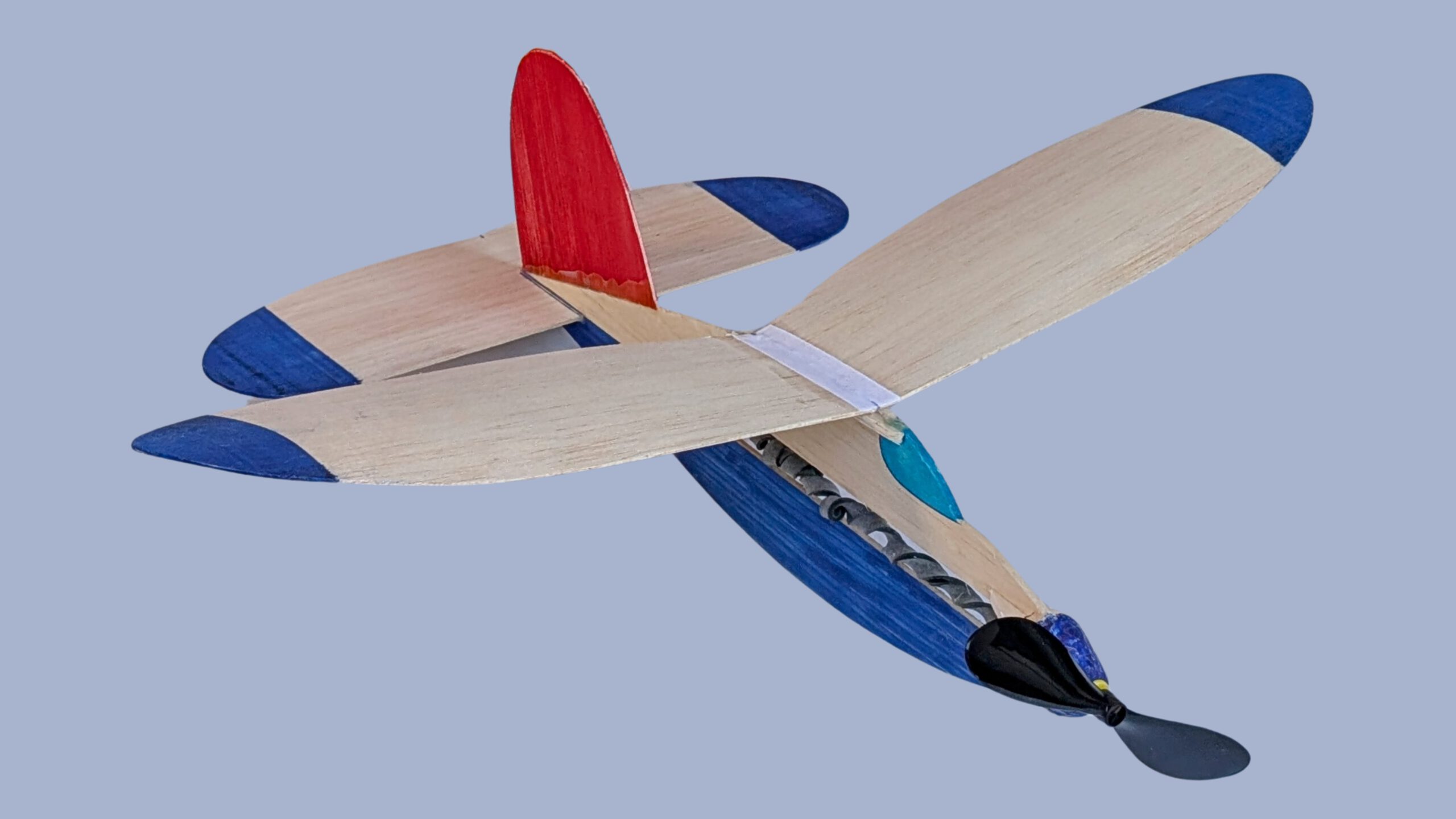
2008 Cuesta menos de lo que crees rubb.
A stubby, easy-to-build balsa monoplane with solid flight performance and minimal parts. Lightweight and reliable, powered by a 6-inch airscrew. The name, in Spanish, means: It costs less than you think.
-
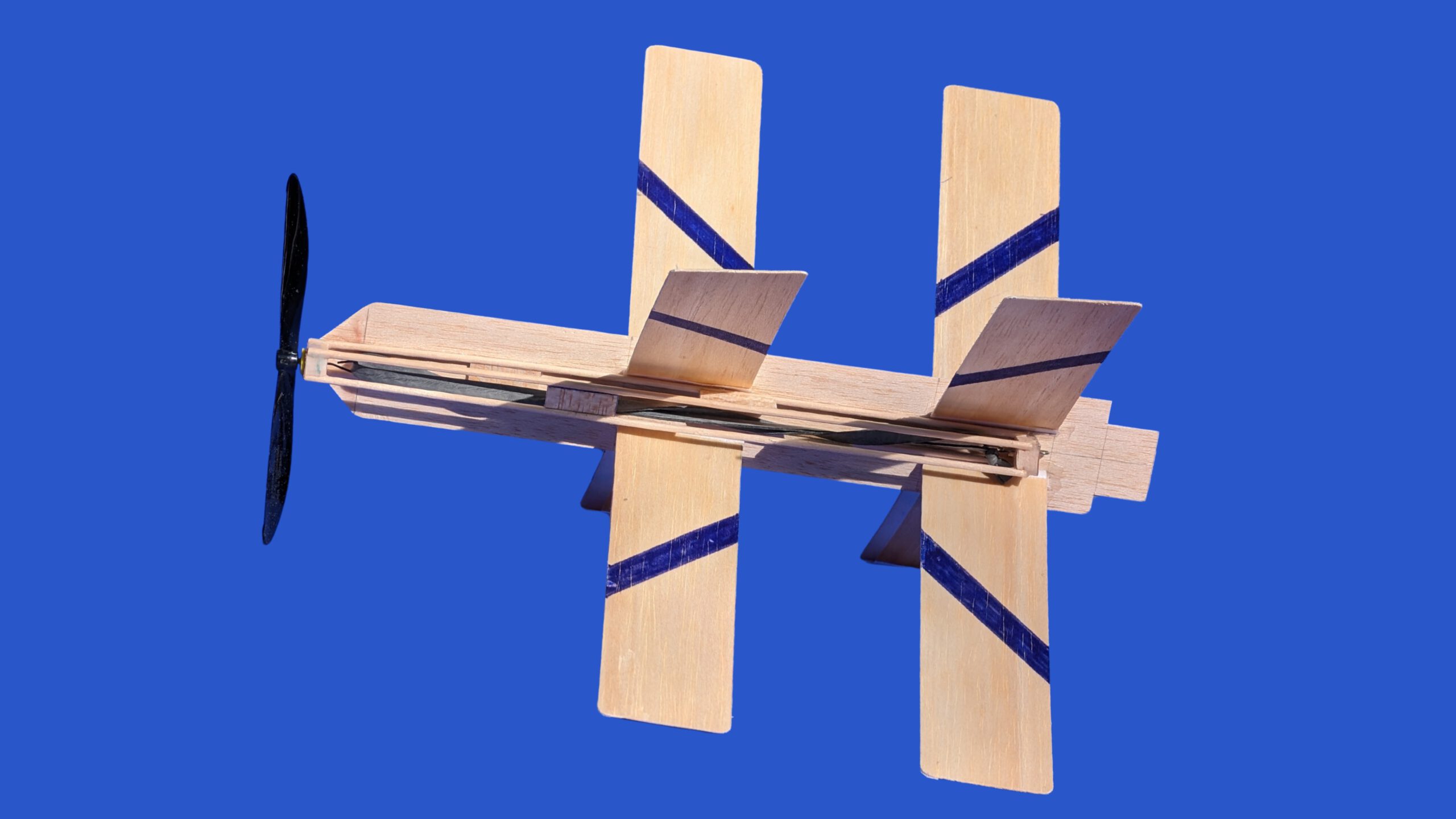
2009 Eightwinger Double-Xer
Regularly going through various defense reports one certain design caught my attention, that of the Russian kamikaze drone Zala-Lancet.
-
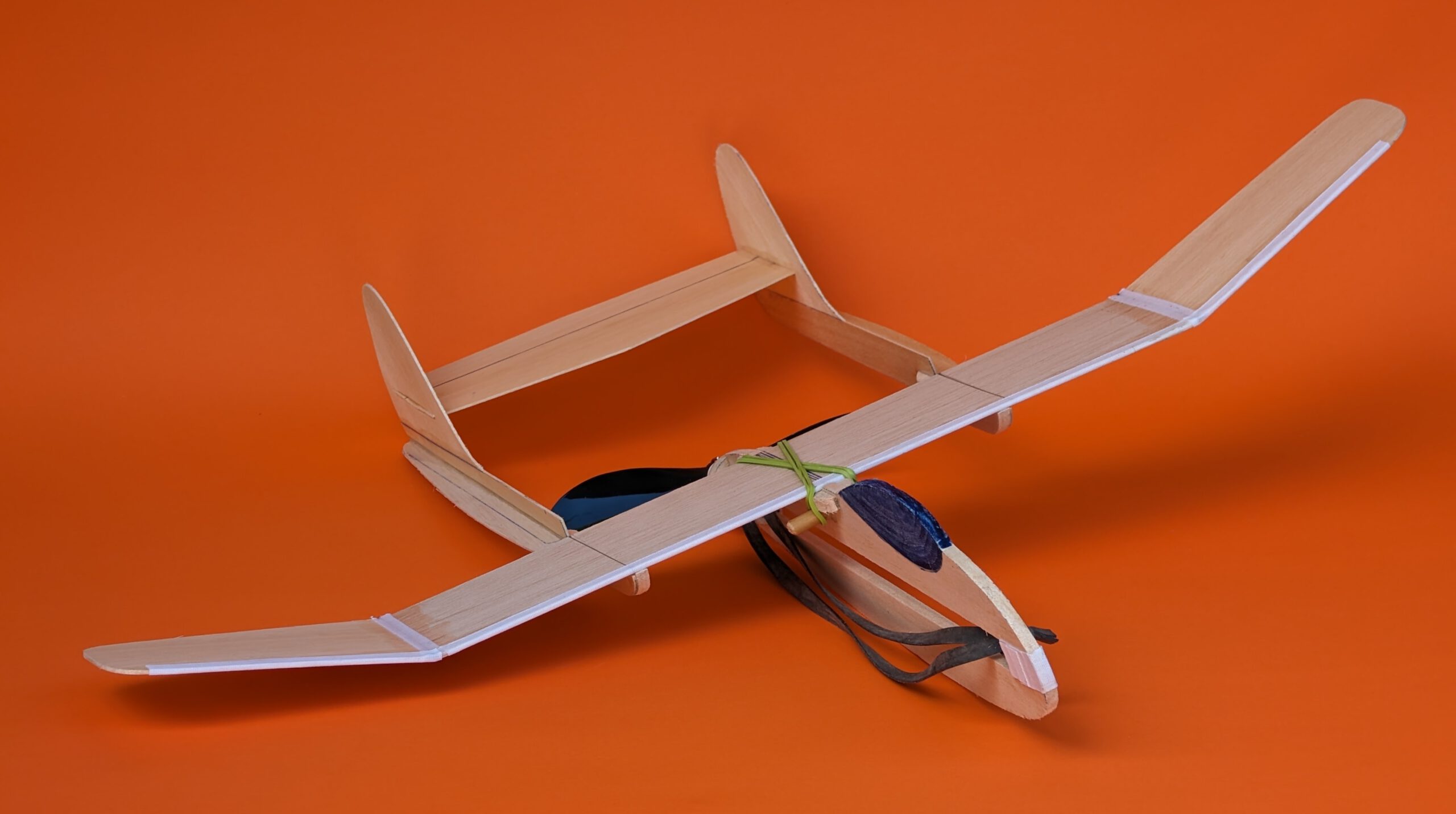
2010 Akrav Pusher
This compact balsa aircraft features a detachable wing, pusher propeller, and classic twin-boom layout. Easy to build with few parts, it offers reliable flight performance. Akrav (עַקרָב) is Hebrew for “scorpion.” Shares wing-boom module compatibility with the Akrep model.
-
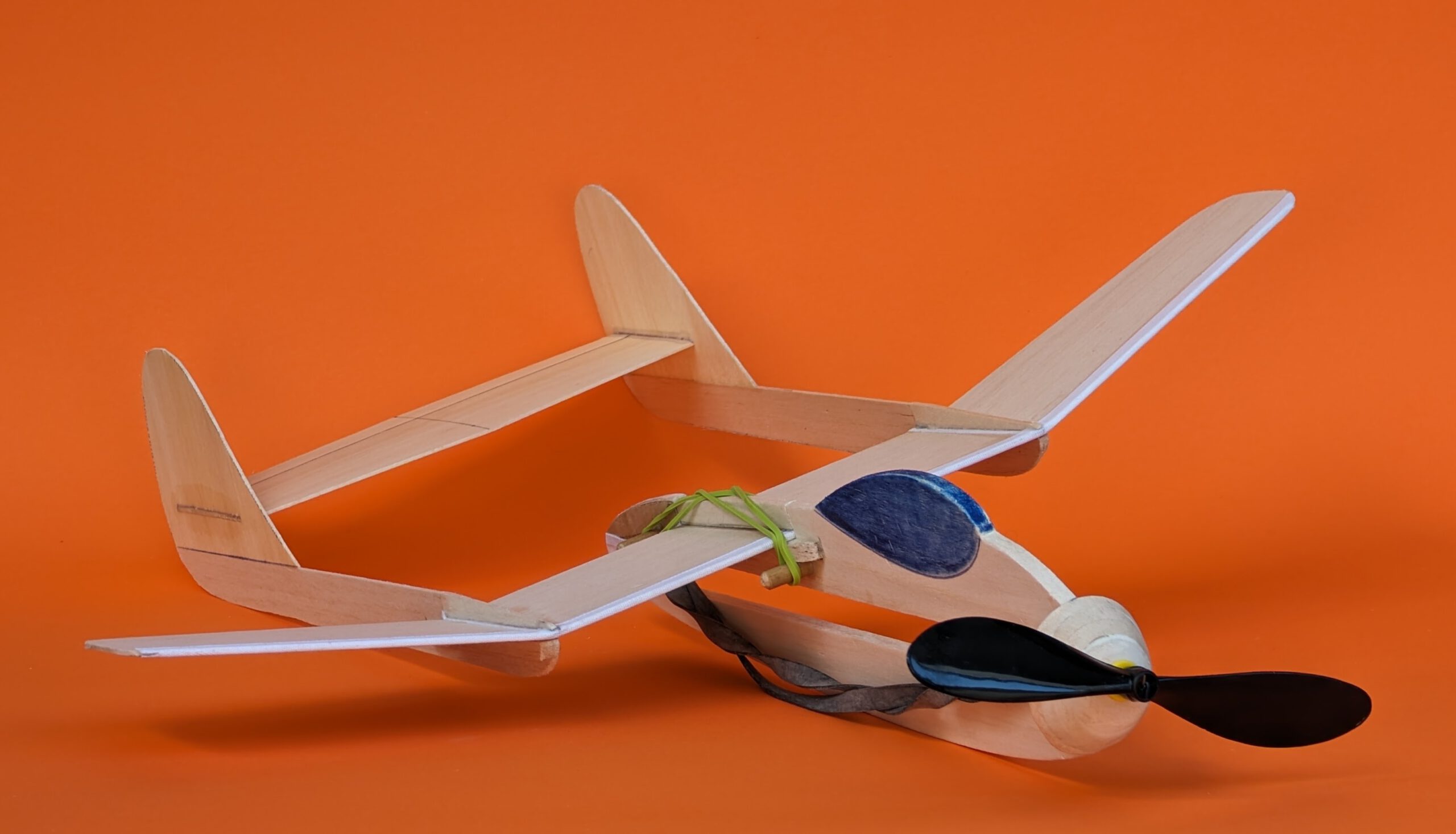
2011 Akrep Tractor
This larger balsa glider features a detachable long wing, tractor propeller setup, and classic twin-boom design. Easy to build with reliable flight performance. Akrep is the Turkish word for “scorpion.” Shares wing compatibility with the Akrav model.
-
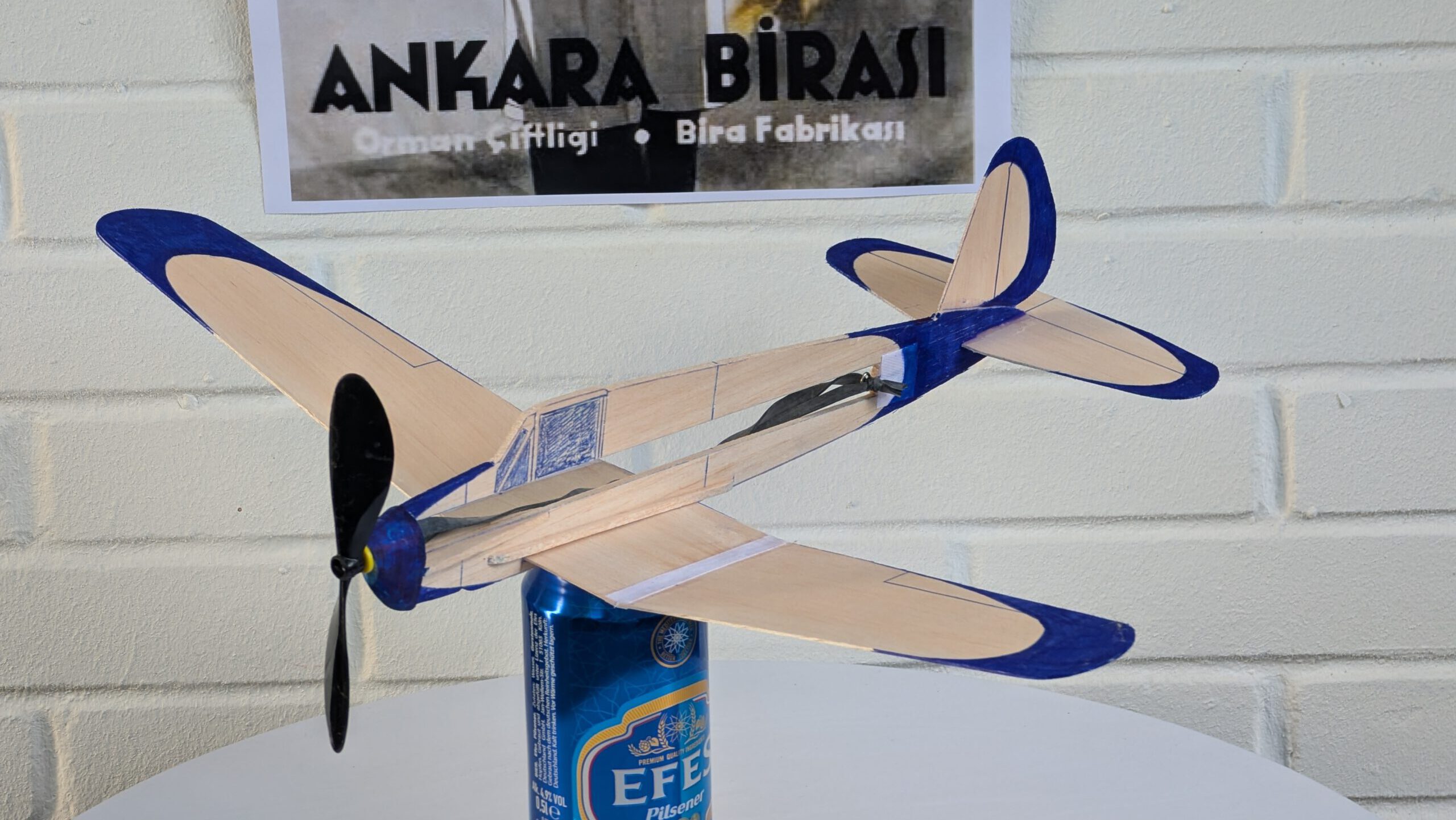
2012 Arado Ar 79 rubb.
The original Ar 79 was an aerobatic two-seat trainer and touring aircraft from Germany. First flight took place in 1938 and all together 72 examples were built. While some Ar 79 went abroad for example to Hungary one is currently on display in a Berlin museum. The Ar 79 had a retractable tailwheel undercarriage and…
-
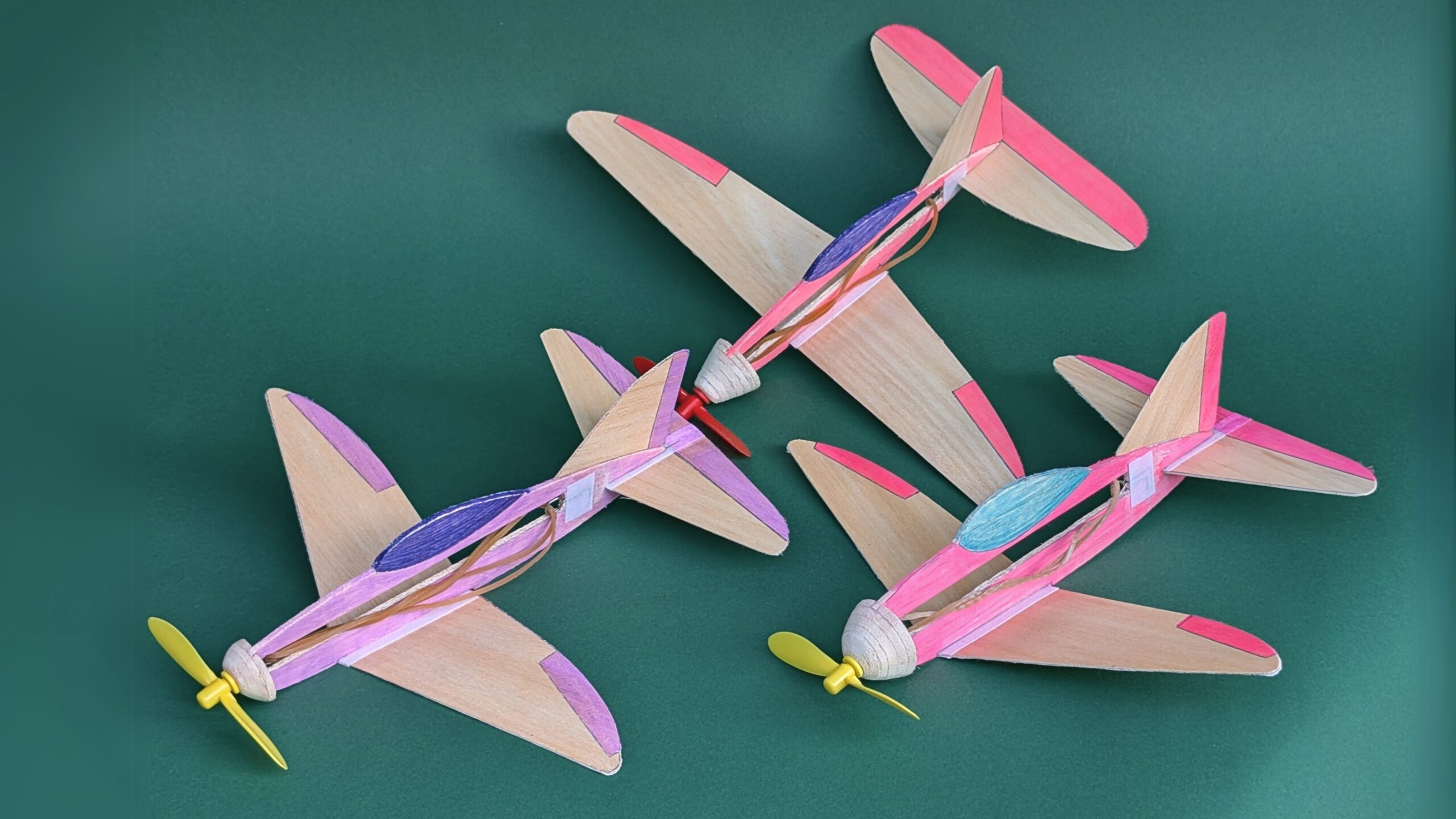
2013 Pack of pink purple violeters
Three colorful low-wing monoplanes with slight design differences. Each uses a 4-inch/10 cm airscrew with brown rubber. Lightweight, easy to build, and stable in flight – no ballast needed on prototypes. Named for their bold colors and subtle variations in shape.
-
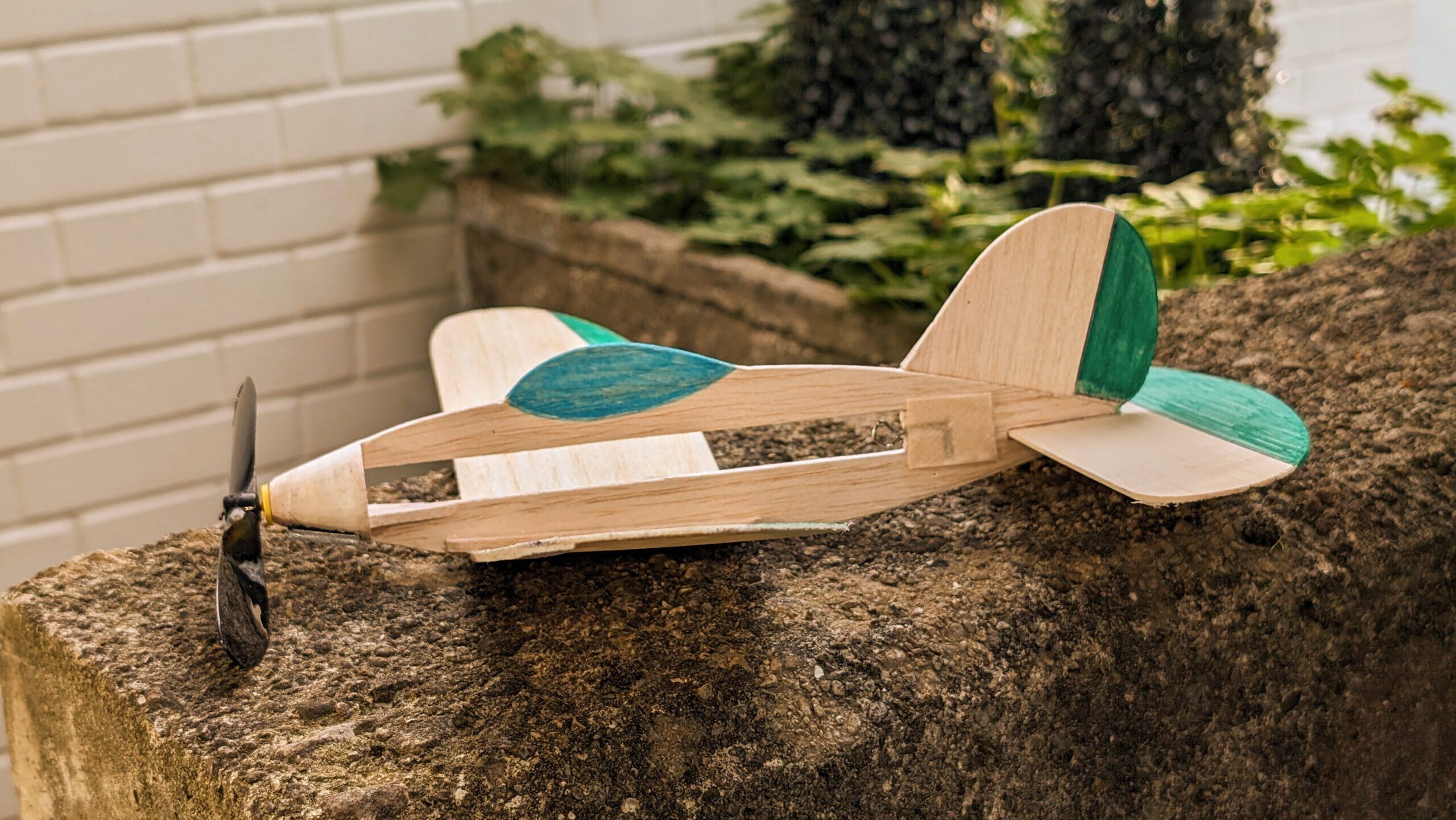
2014 Hargol
A compact balsa monoplane with clean lines, easy construction, and strong flight performance. Designed for use with 4–6 inch airscrews and either brown or black rubber. Hargol (חַרגוֹל) is Hebrew for “grasshopper.”
-
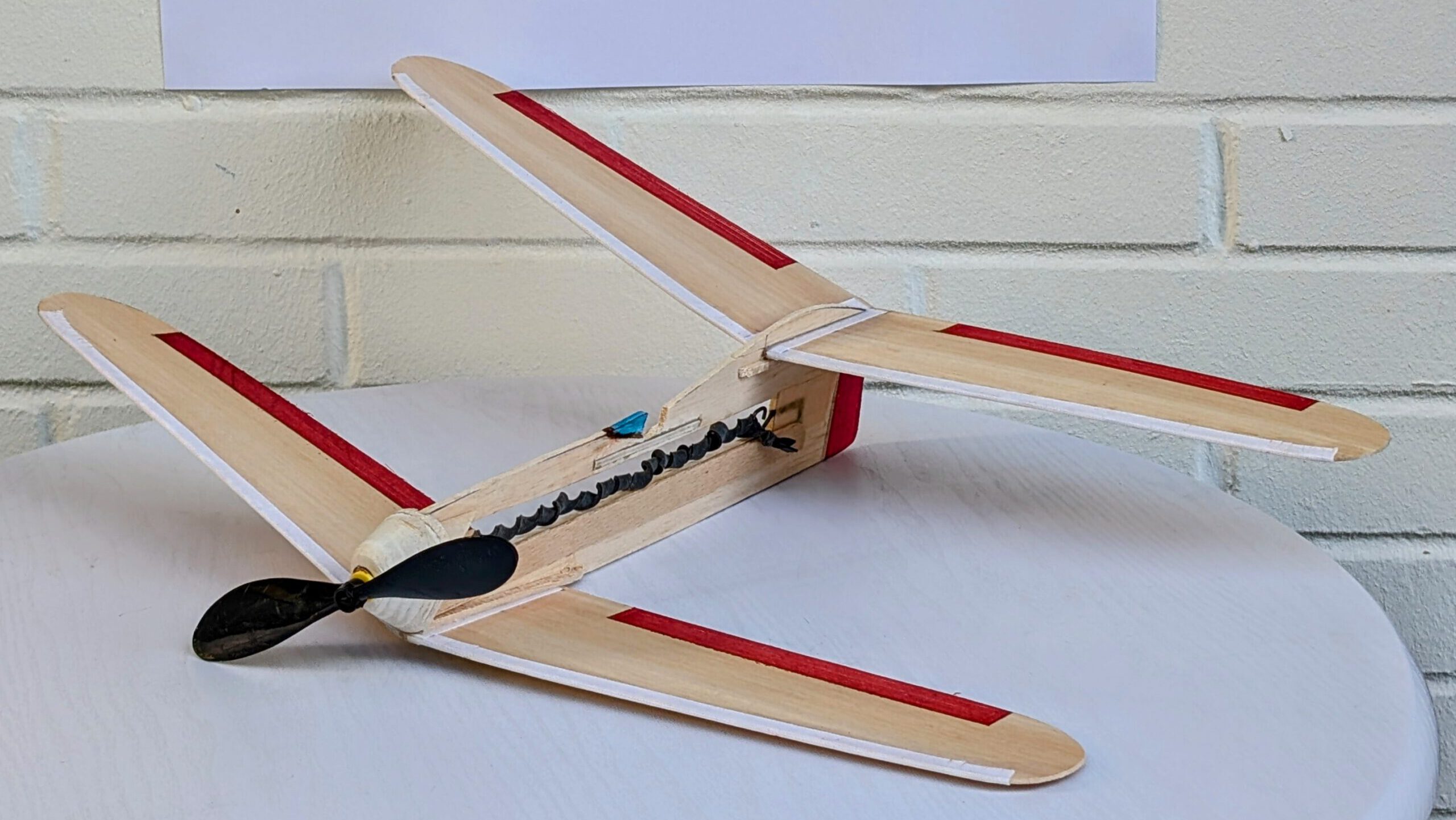
2015 Schehak Tandemeinsitzer rubb.
The projected Schehak single seat tandem sports and leisure plane was never built as its designer D. Schehak from Hamburg/Germany died prematurely. A three-view of the plane and some basic information were given in the 19/1937 issue of „Flugsport“ magazine. These drawings were the basis for my model. Powerplant would have been a 20 hp…
-
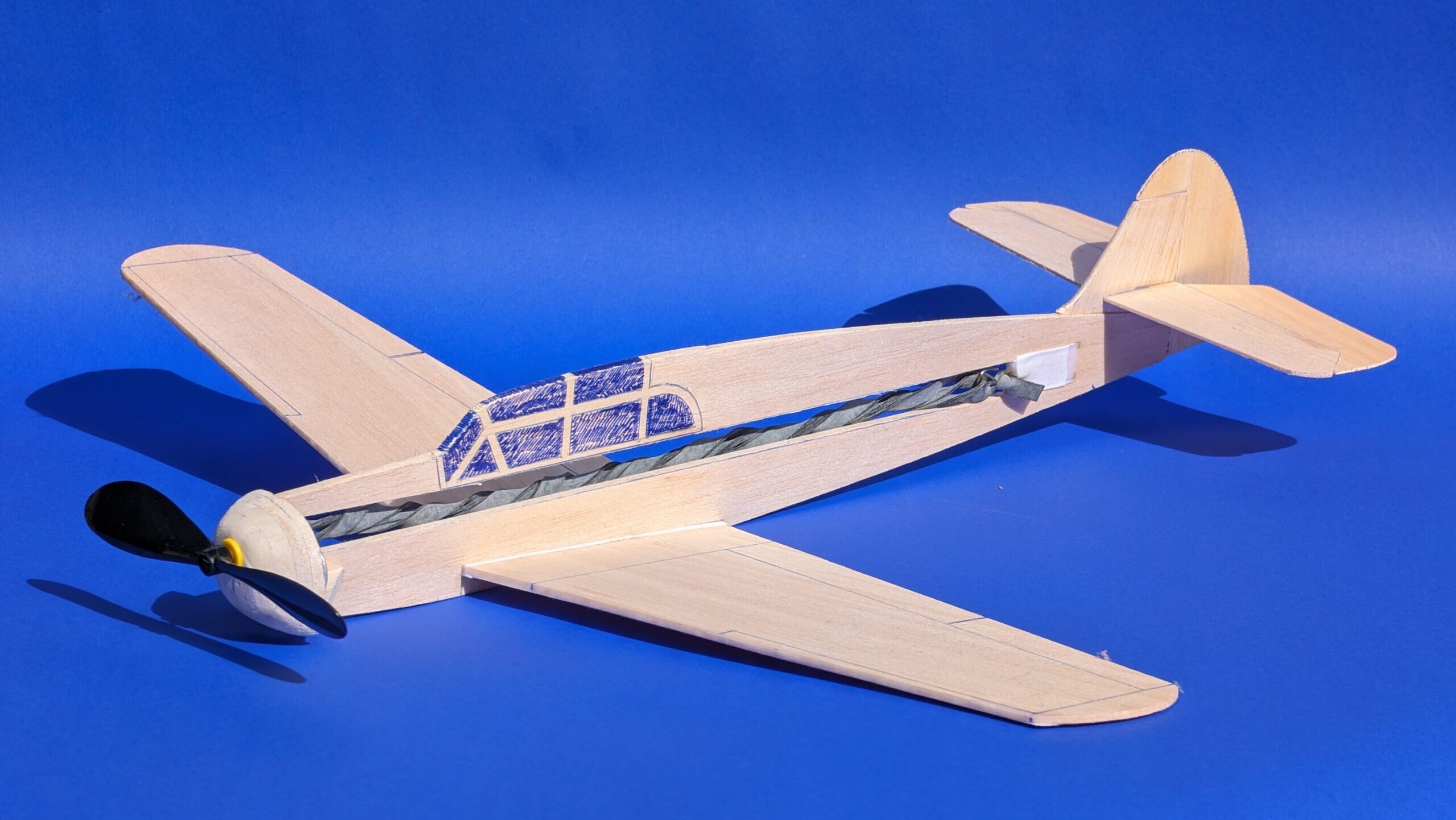
2016 Nord 1000 Pingouin (Mess. Bf-108)
The sports and touring aircraft Nord 1000 Pingouin was a licence version of the German Mess. Bf-108 produced by French state-owned SNCAN manufacturer from 1944 until after the end of World War II. It was at the begin equipped with a German Argus As 10C piston engine later to be replaced by the French made…
-
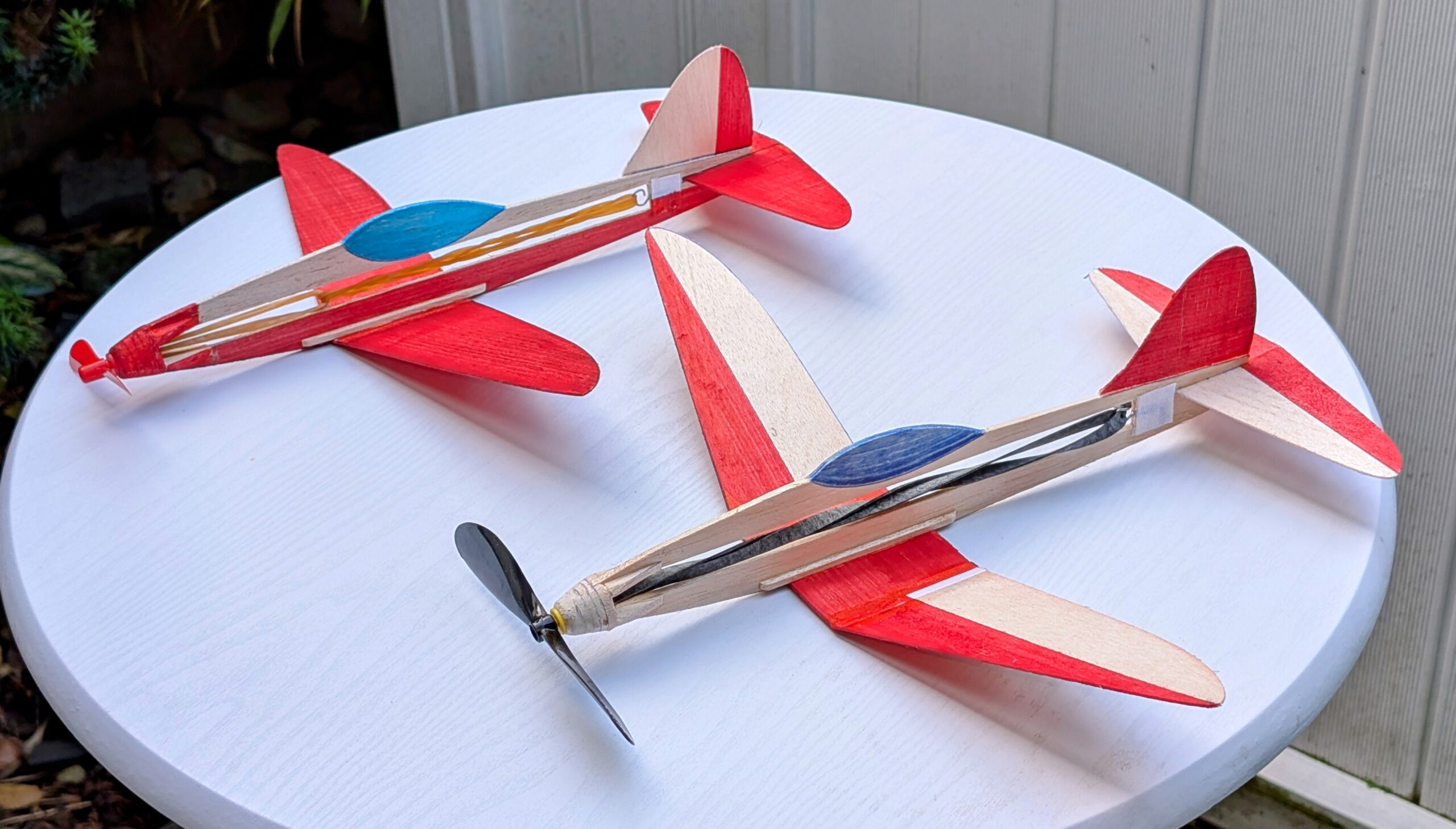
2017 Falan Filan
Two lightweight, low-wing balsa monoplanes built on the same basic design. Falan flies best with a 4-inch prop and thin rubber; Filan excels with a 6-inch airscrew and stronger rubber, offering a fast climb and smooth glide. Falan Filan is Turkish slang for “this and that.”
-
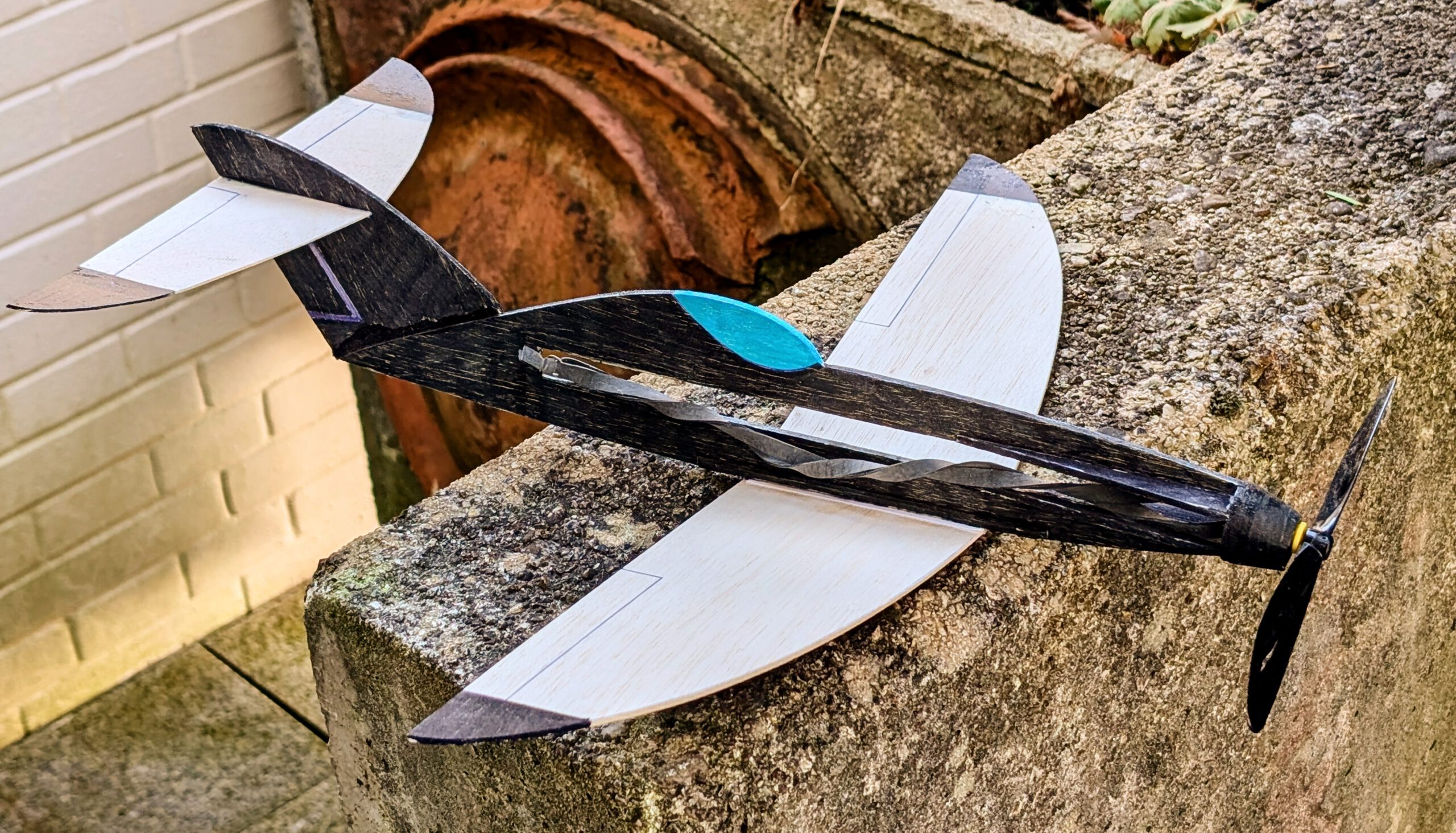
2020 Tubarão rubb
The 2020 Tubarão rubb. is a sleek low-wing, rubber-powered balsa model with a 48 cm wingspan and 42 g weight, designed for simple assembly and reliable flight. Its shark-inspired look and rear profile, influenced by the classic 1963 Panhard CD coupé, make it a distinctive and elegant model that also inspired glider and RPU-powered variants.
-

2021 Farmington Fairytale
Span 53 cm / 20.9 in Weight 55 g / 1.9 oz The concept: Name is intended to remind of a pleasant small town in the southwest with a real nice sheriff, an interesting history and an impressive landscape around. Fairytale-like is the way this model flies. Try it yourself. Building the rubber powered balsa…
-
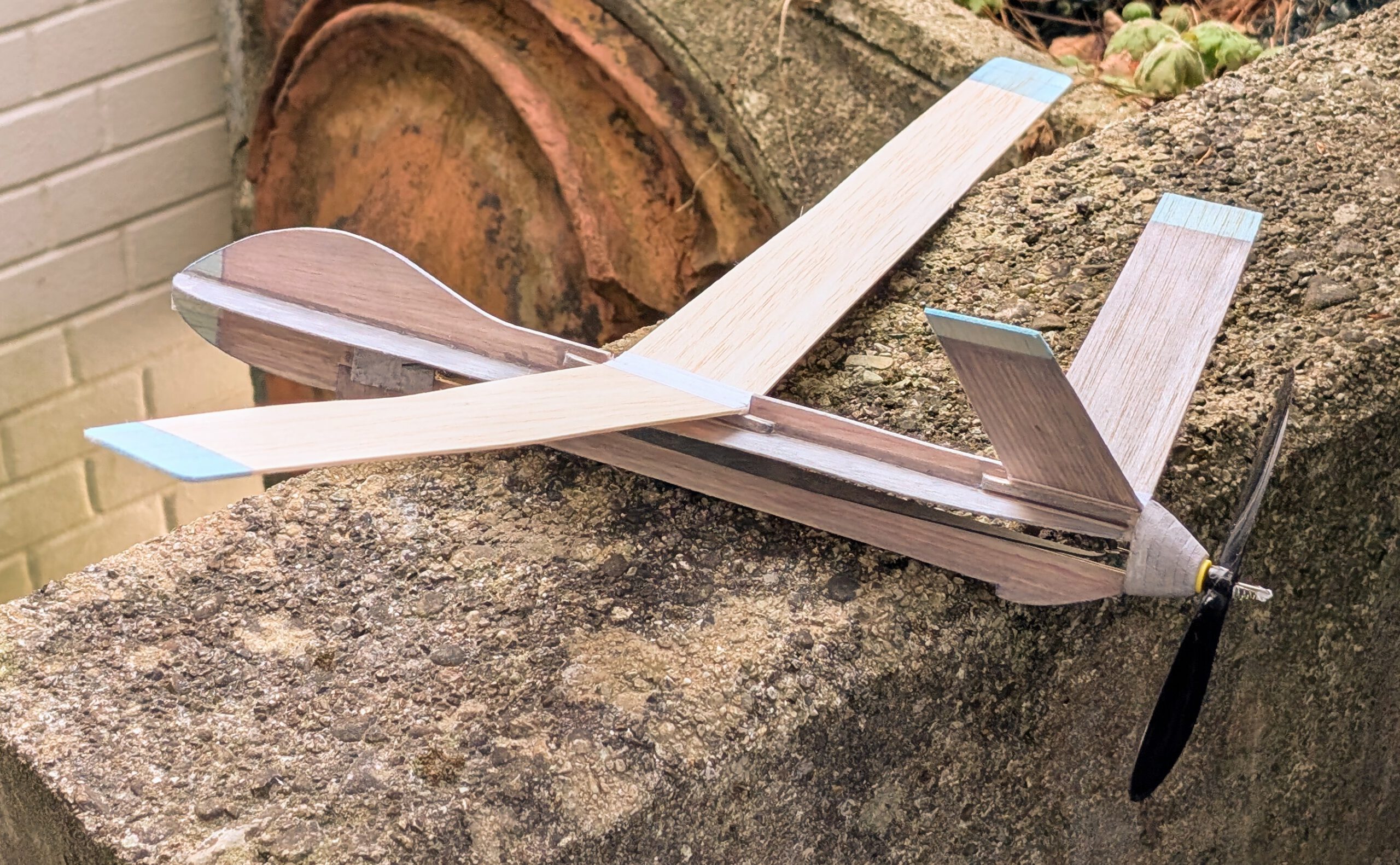
2023 Elbit Hermes 900 Kokhav rubb.
The Elbit Hermes 900 Kokhav is a medium-altitude, long-endurance UAV introduced in 2012. With a 15 m wingspan, 8.3 m length, and over 36 hours of flight endurance, it is widely used for intelligence, surveillance, reconnaissance, and tactical missions. Operated by Israel and multiple international air forces, the Hermes 900 offers flexibility for both observation…
-

2028 No debes irte
Span 41 cm / 16.1 in Weight 26 g / 0.9 oz The concept: Name is Spanish of course. Means “You shouldn’t go (- do stay!)” Building the rubber powered balsa profile-fuselage model Farmington Fairytale. Materials: Fuselage gondola: B 3; all nose parts: B 3; rubber hook: piano wire 1.2 mm diameter; booms: soft B 4;…
-
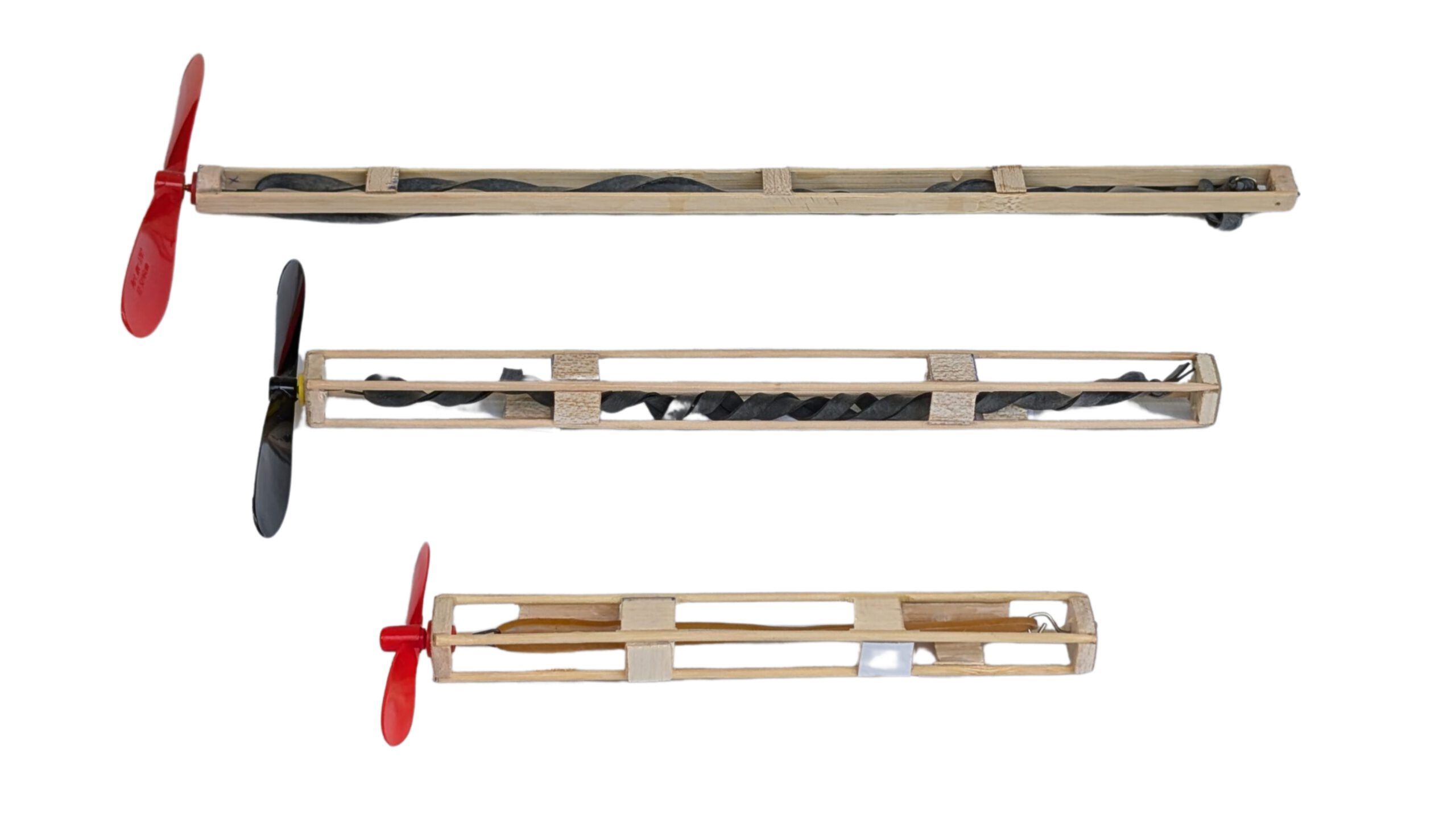
3000 Power Modules RPU 20, RPU 30, RPU 40
The RPU (Rubber Power Unit) system is a modular, Velcro-attached power module for rubber-powered balsa models, designed to be reused across different aircraft. Built from simple materials like skewers or bamboo, balsa, piano wire, and a plastic airscrew, it comes in three sizes—RPU 20, RPU 30, and RPU 40—suitable for wingspans from 30 up to…
-
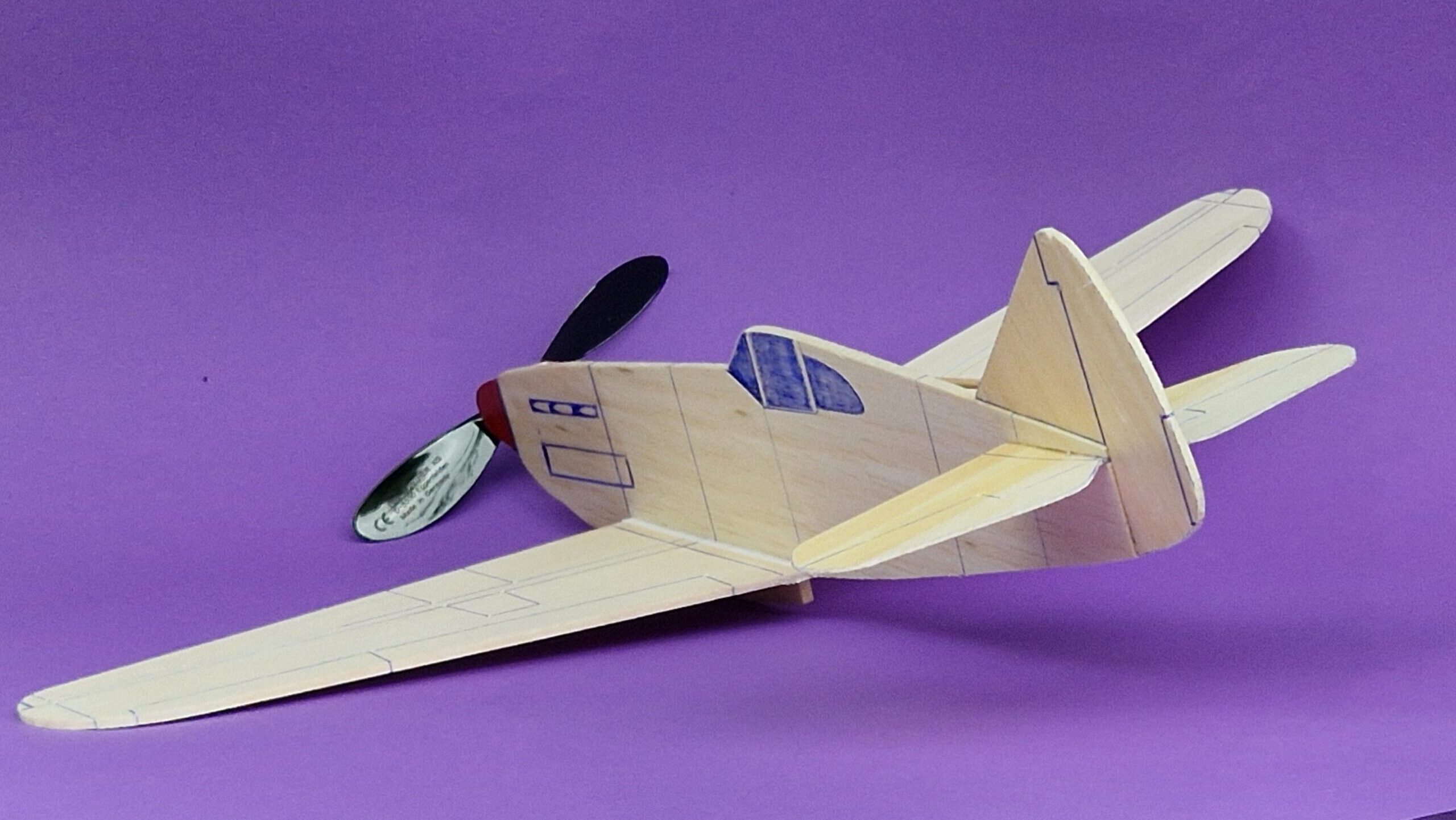
3001 Dewoitine D. 520 RPU 30
The Dewoitine D.520 was a French fighter aircraft of the Second World War. First flight took place in October 1938 and only in 1953 the plane was retired. Operators of the Dewoitine were not only France but Bulgaria, Italy and Nazigermany. The D.520 had a wingspan of 10.2 m / 33 ft 6 in and…
-
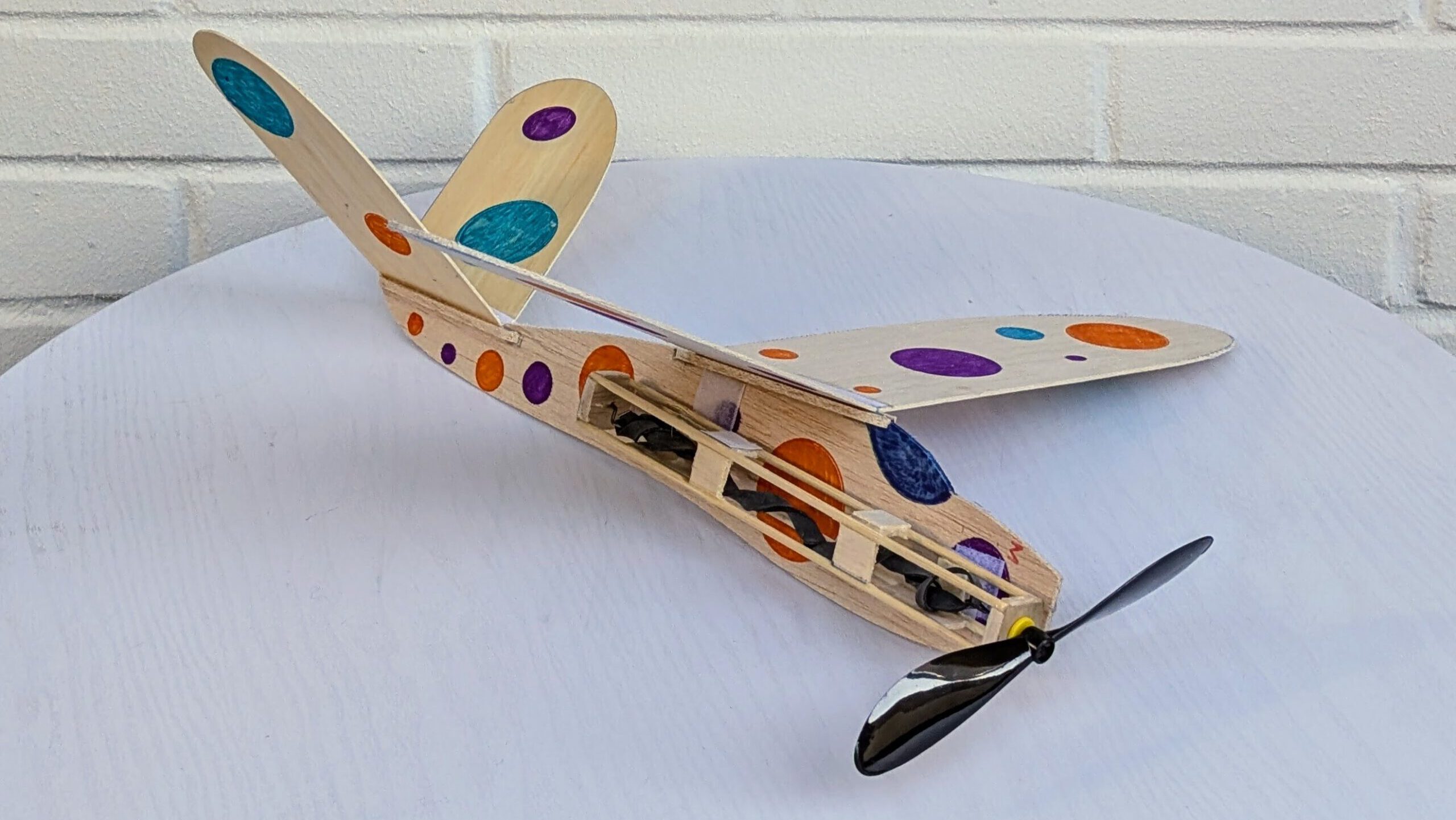
3002 Borboleta menor RPU 20
Borboleta menor RPU 20 is a lightweight, high-wing balsa monoplane with a V-tail and clean flight performance, designed for use with the RPU 20 rubber power unit. Easy to build from few parts, the model is compatible with Velcro-mounted propulsion and maintains stable handling in the air. Its name, Portuguese for “small butterfly,” reflects the…
-
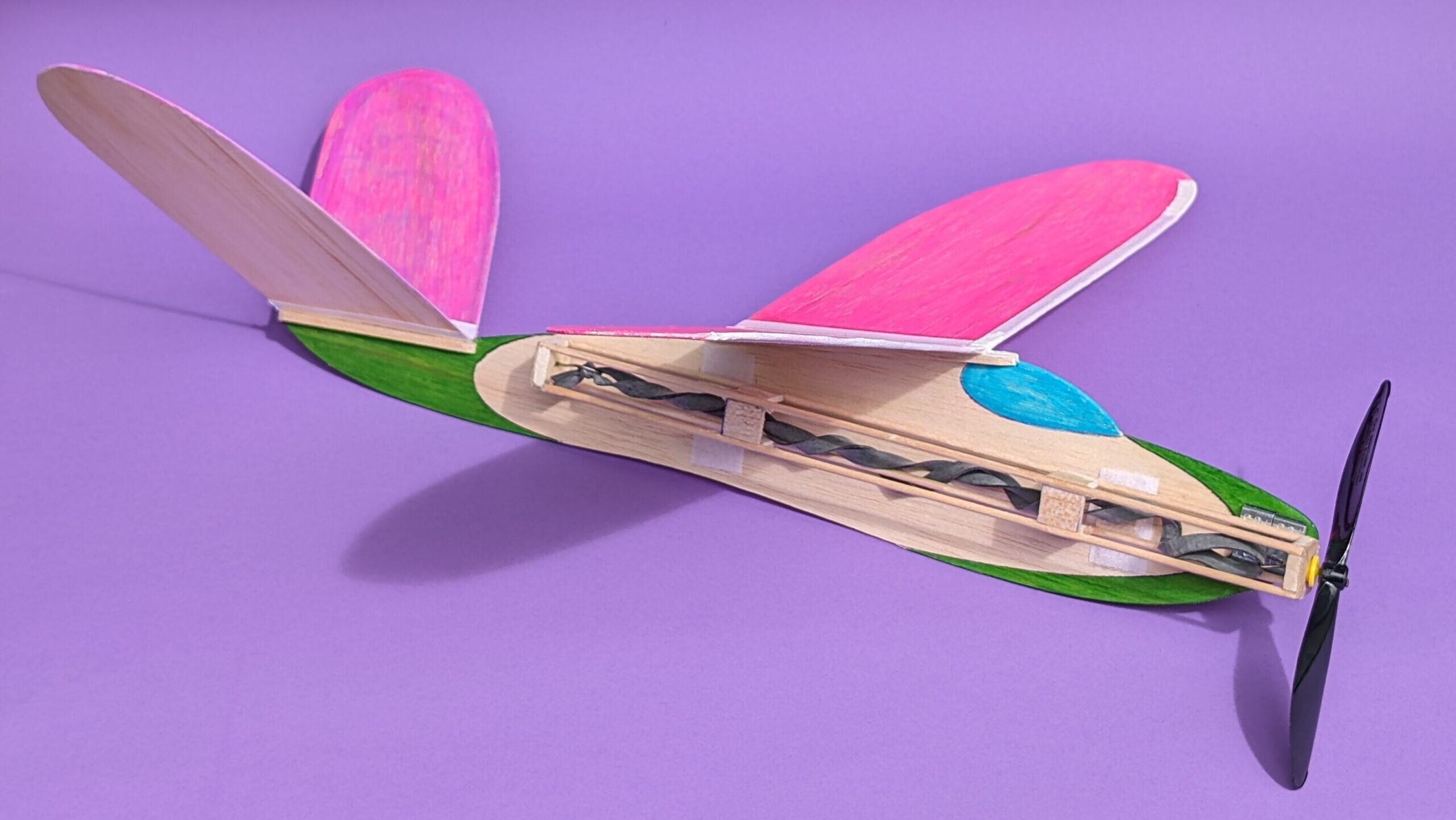
3003 Borboleta maior RPU 30
Borboleta maior RPU 30 is a high-wing balsa monoplane with a V-tail, designed for use with the RPU 30 power unit. Larger than its “menor” counterpart, it is easy to build from few parts and delivers smooth flight performance. Velcro-mounted and balanced for reliable launches, it’s ideal for mid-sized models. The name, Portuguese for “big…
-
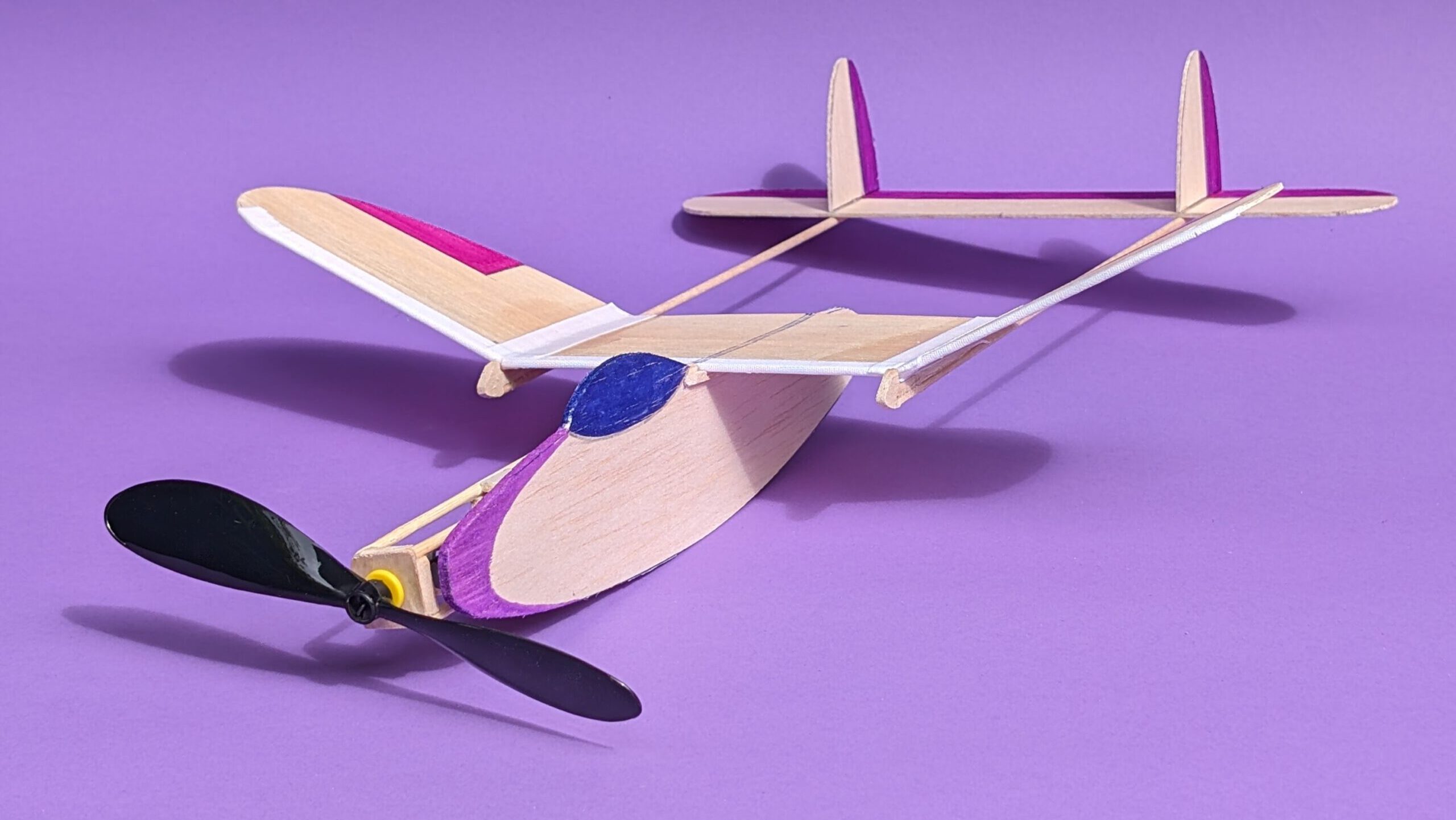
3004 Still life in purple RPU 20
Still life in purple RPU 20 is a small, lightweight twin-boom balsa model designed for use with the RPU 20 rubber power unit. Easy to build and finished in striking colors, it offers stable flight performance when equipped with a 4-inch airscrew and less powerful brown rubber. Its compact 32 cm wingspan and 36 g ready-to-fly weight…
-
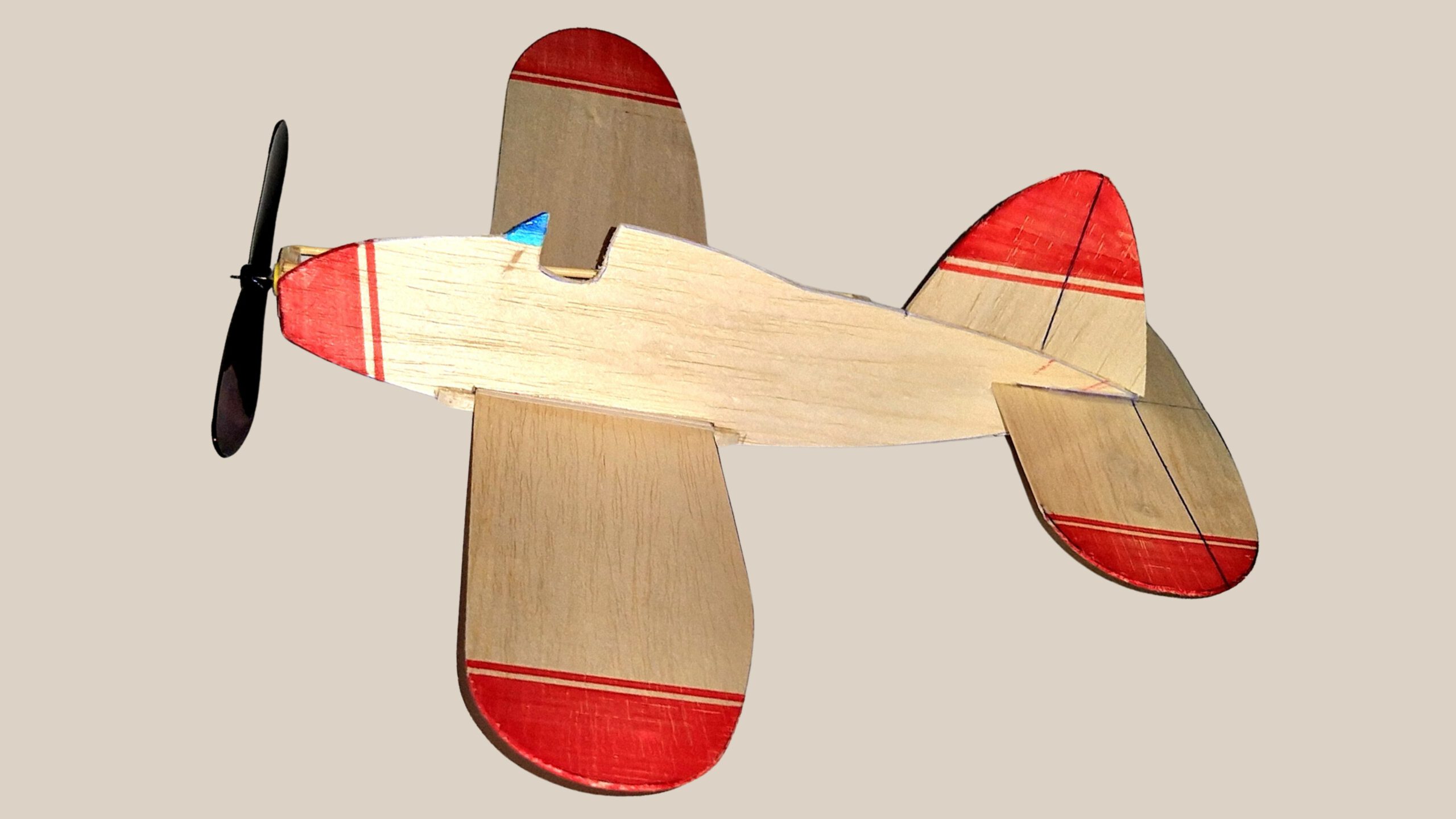
3005 Las aparencias engañan RPU 20
A light, low-wing balsa model with a stubby design and solid flight performance. Built for use with an RPU 20 — a detachable rubber power unit made from common materials like skewers, rubber, and Velcro. The same RPU can be used across multiple models. The name, in Spanish, means: Appearances are deceiving.
-
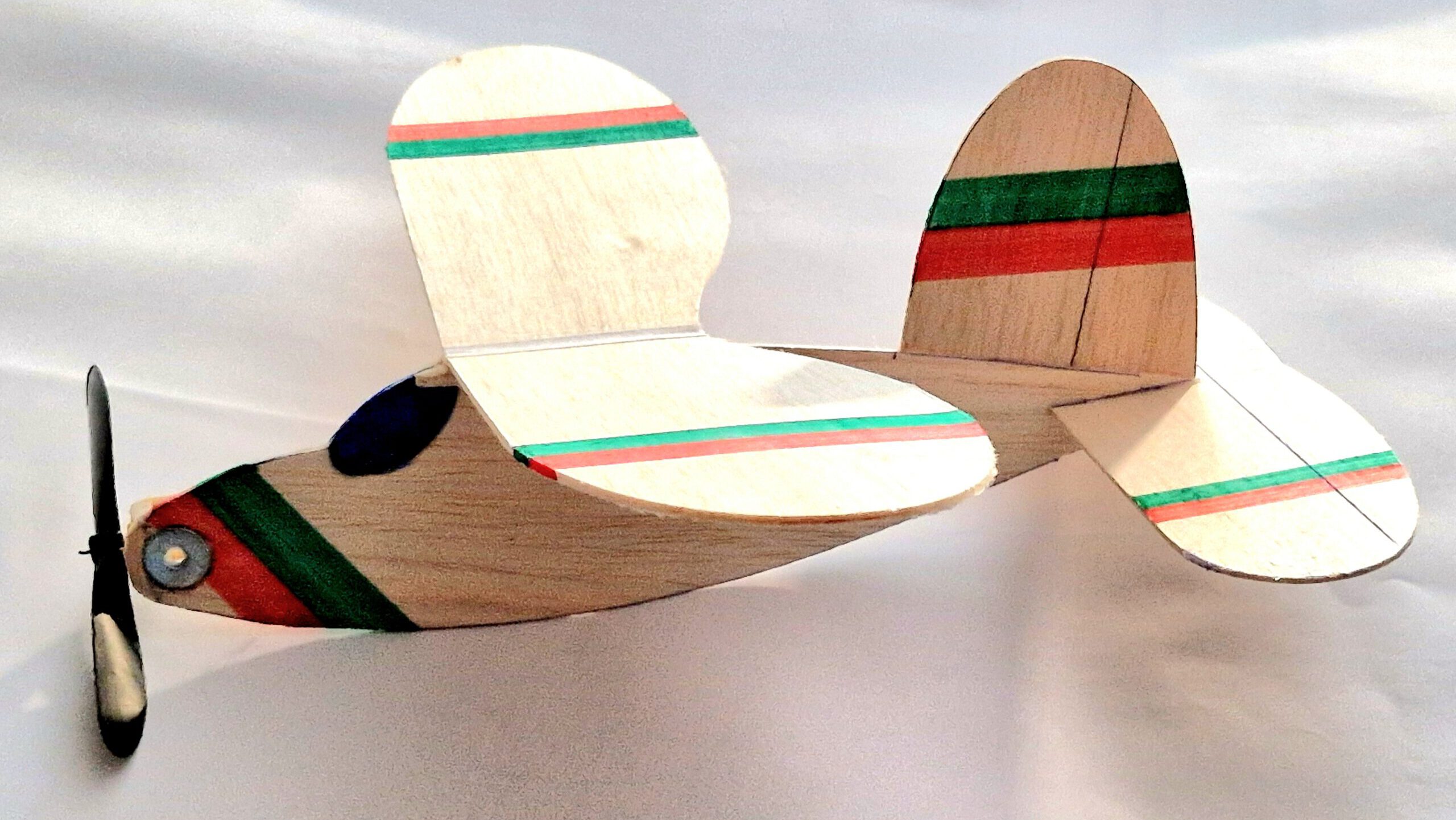
3006 Cuesta menos de lo que crees RPU 20
Cuesta menos de lo que crees RPU 20 is a high-wing, stubby balsa monoplane designed for use with the modular RPU 20 power unit. With a 45.5 cm wingspan and ready-to-fly weight of 45 g, it offers easy assembly, good flight performance, and a playful look. The name, Spanish for “It costs less than you think,” reflects…
-
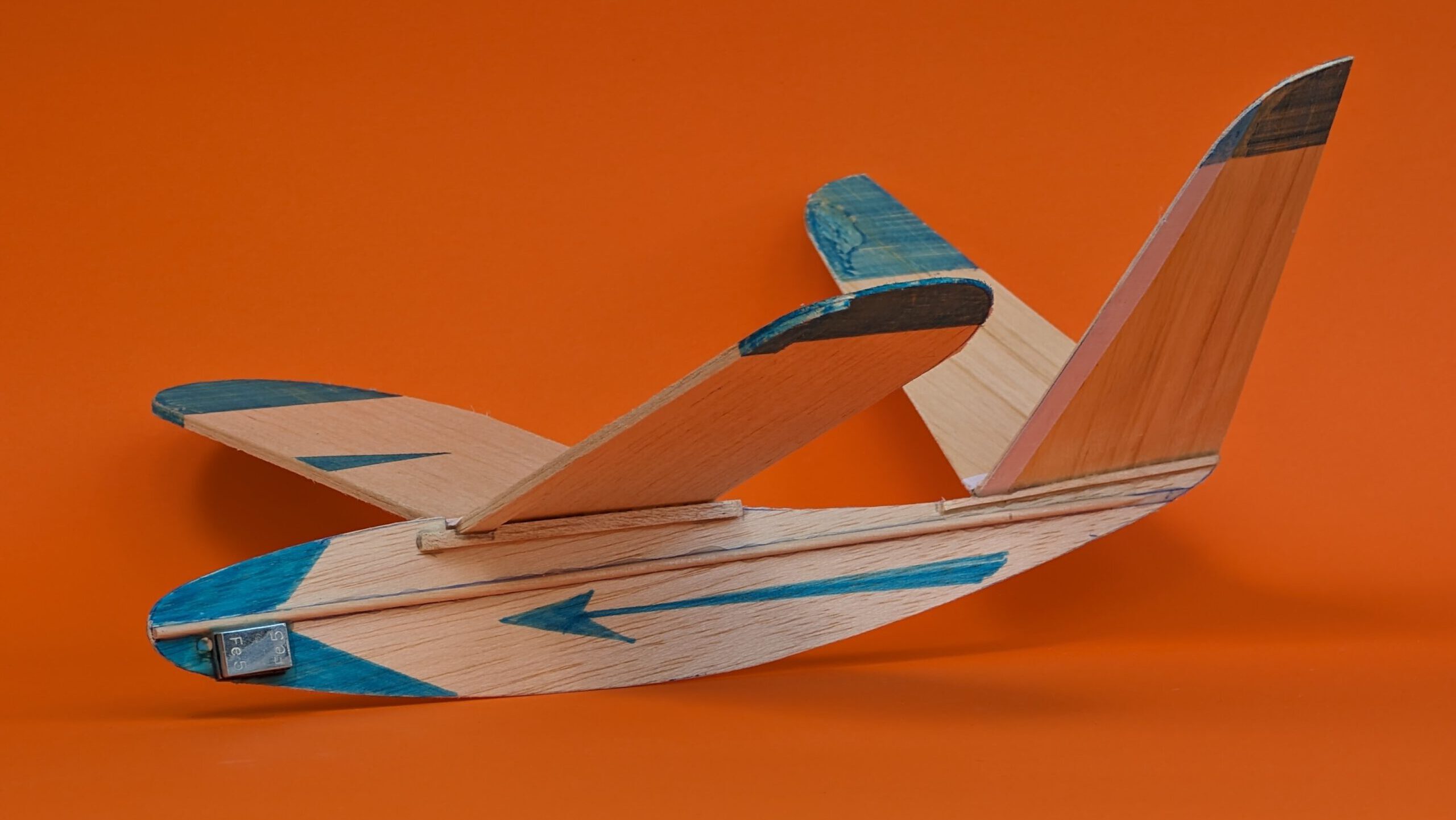
3007 Lastivka RPU 20
Lastivka RPU 20 is a sleek, glider-like balsa monoplane with a V-tail, designed for use with the modular RPU 20 rubber power unit. With a wingspan of 39.5 cm and a ready-to-fly weight of 43 g, it offers smooth handling and an elegant profile in flight. Easy to build from minimal parts and reinforced with a lightweight…
-
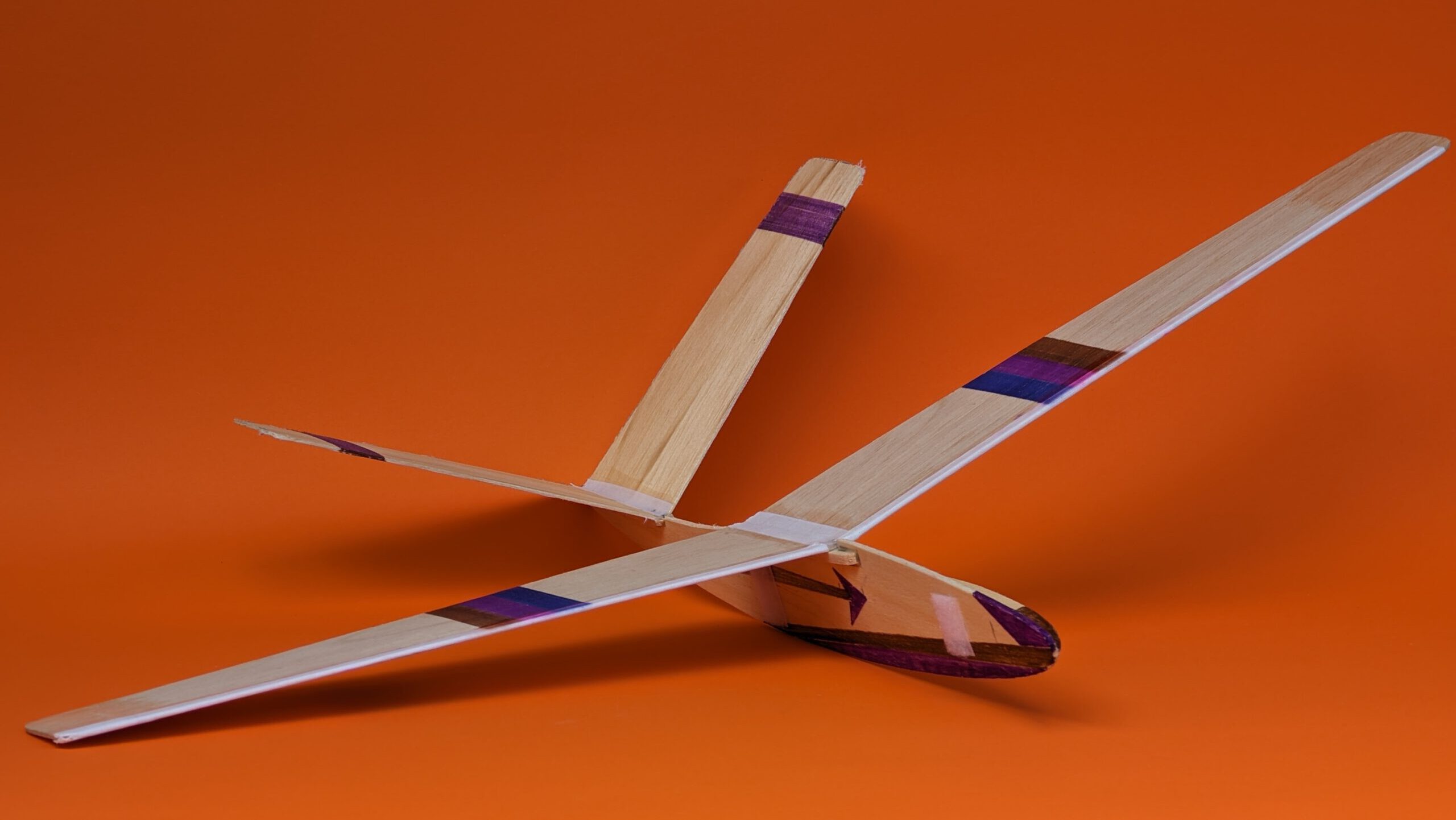
3008 Snunit RPU 30
Snunit RPU 30 is a large, glider-style high-wing balsa monoplane with a V-tail, designed for use with the RPU 30 rubber power unit. With a wingspan of 62.5 cm and a ready-to-fly weight of 61 g, it combines elegance and simplicity in both appearance and construction. Reinforced for durability and balanced for smooth flight, the model is…
-
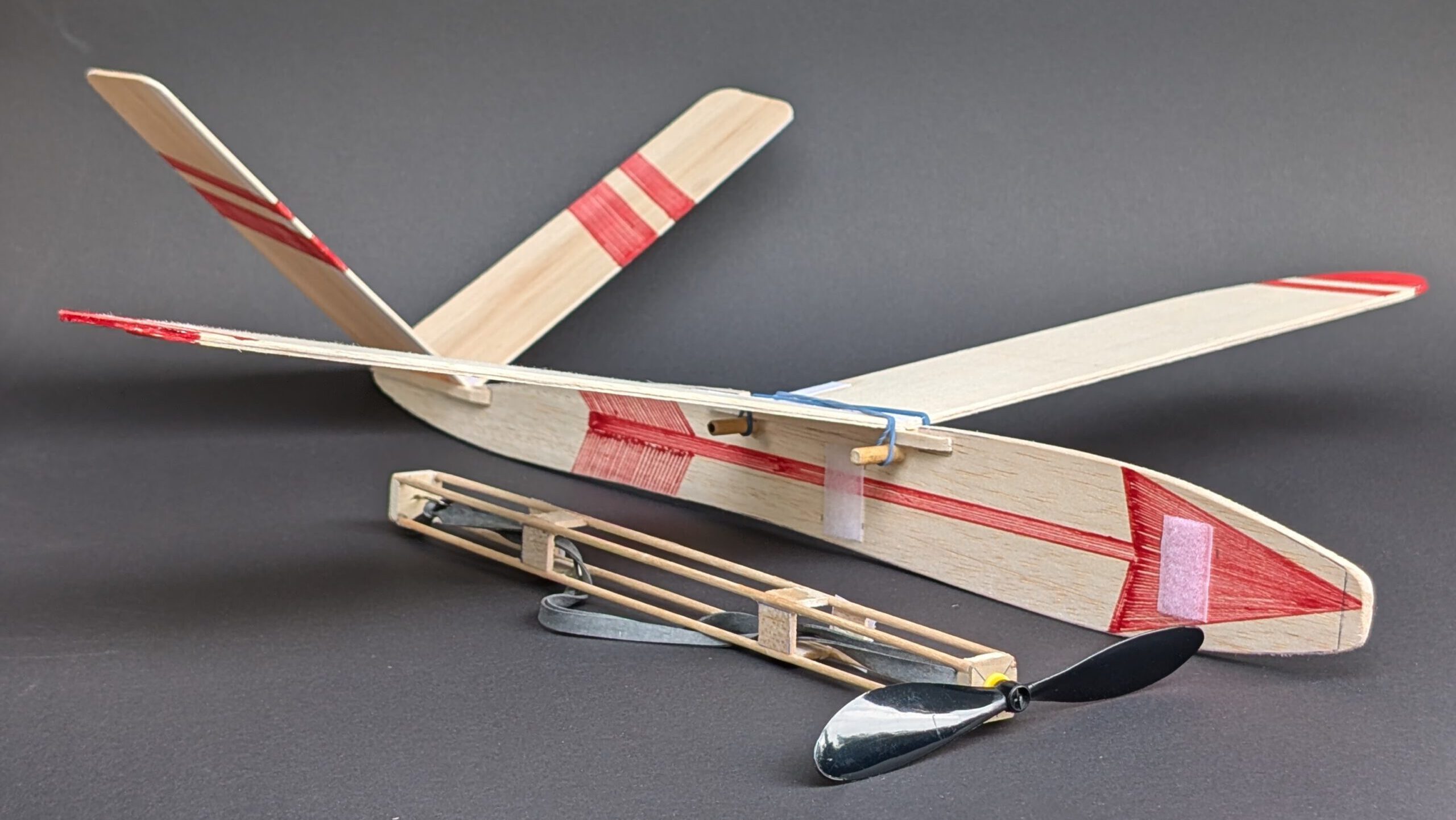
3009 Kırlangıç RPU 40/30
Kırlangıç RPU 40/30 is a large, glider-style balsa monoplane with a V-tail and detachable wing, designed for use with either the RPU 30 or RPU 40 power unit. With a span of 75 cm and a base weight of 75 g (up to 100 g ready to fly), it offers smooth, stable flight and easy transport. Built from…
-
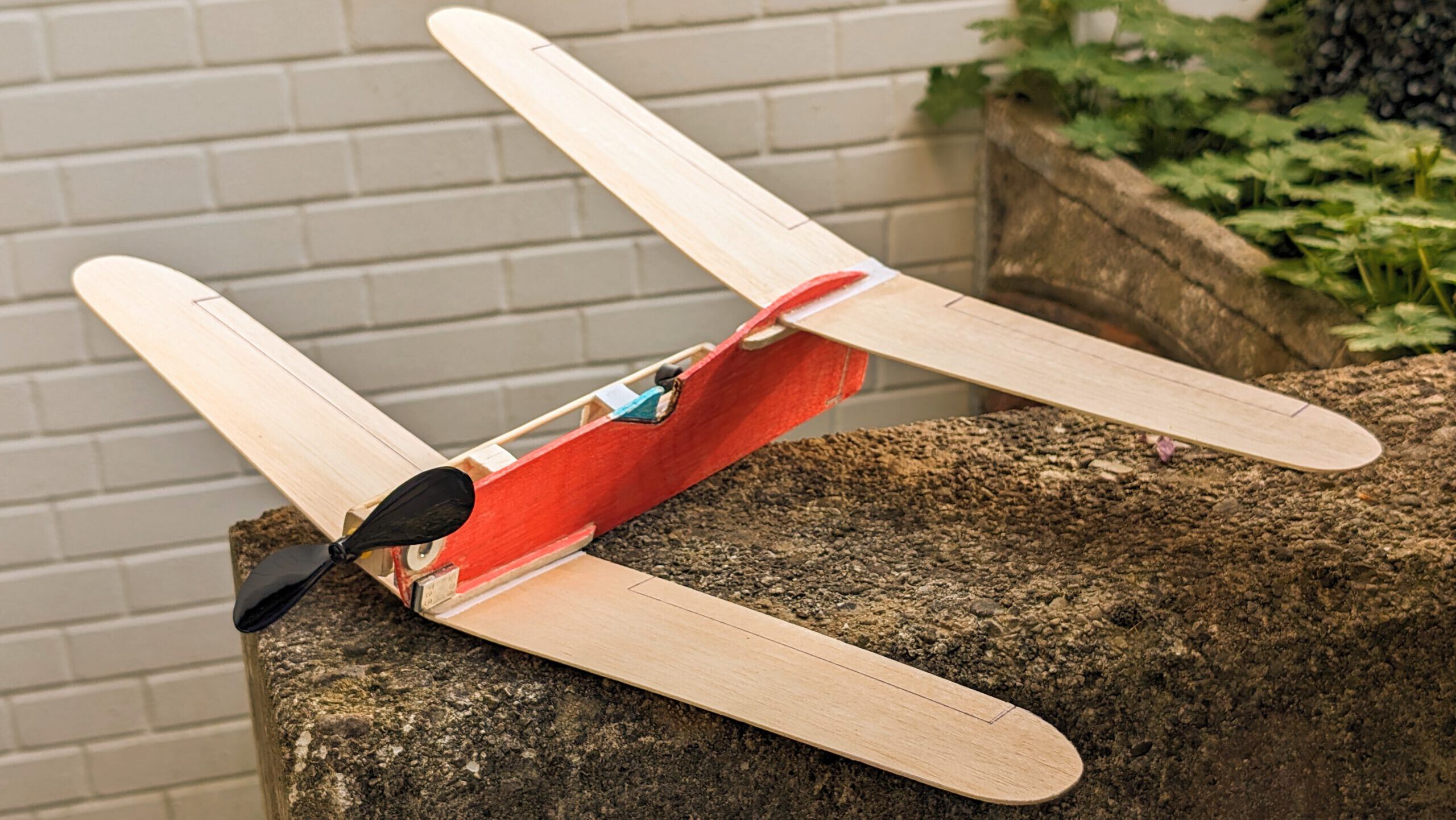
3010 Schehak Tandemeinsitzer RPU 20
The projected Schehak single seat sport and leisure tandem was never built as its designer D. Schehak from Hamburg/Germany died prematurely. A three-view of the plane and some basic information were given in the 19/1937 issue of „Flugsport“ magazine. These drawings were the basis for my model. Powerplant would have been a 20 hp piston…
-
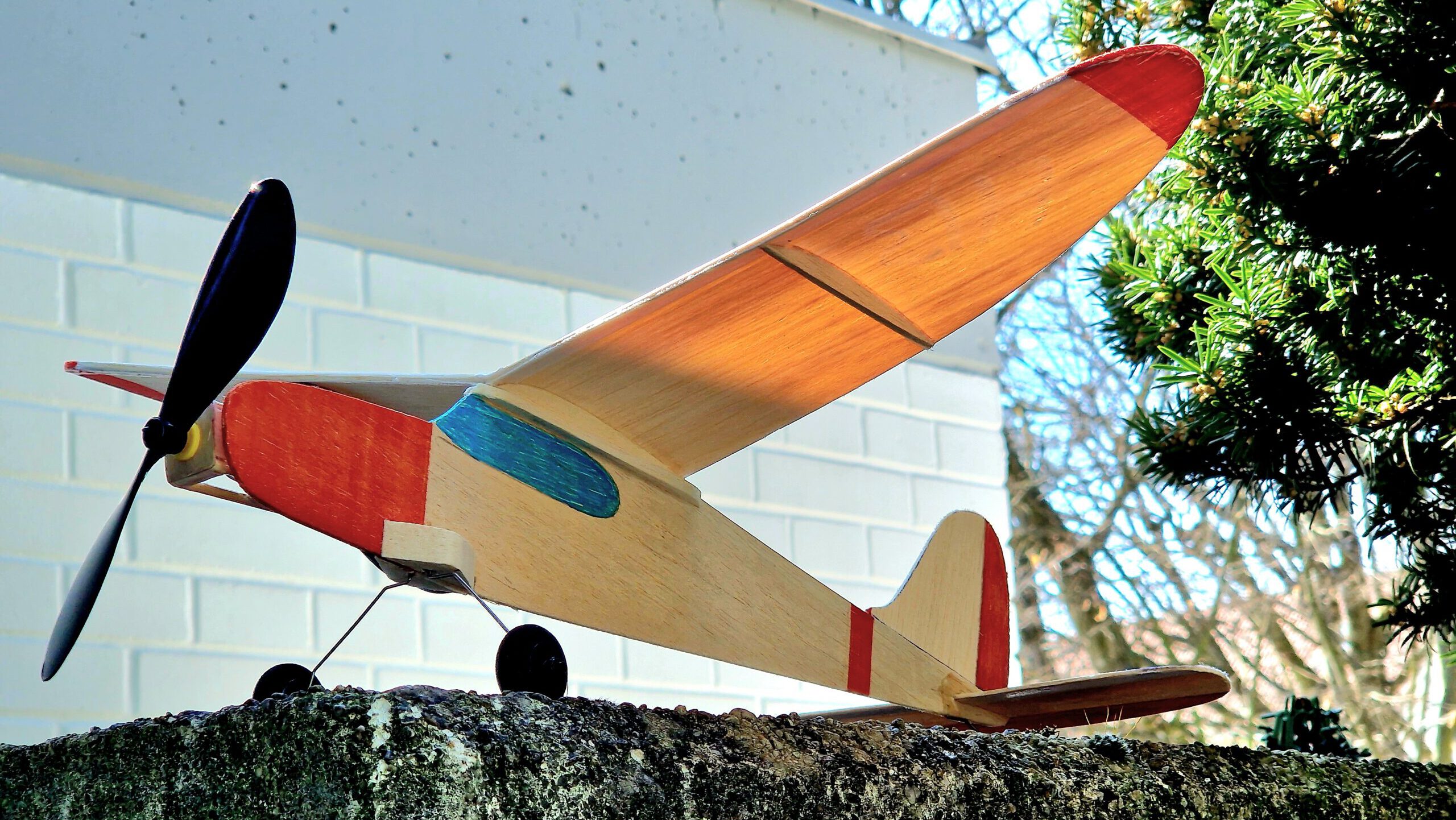
3011 Buvaj RPU 20
Buvaj RPU 20 is a high-wing balsa monoplane with a profiled sheet wing and functional landing gear, designed for use with the RPU 20 power unit. With a 44 cm wingspan and a ready-to-fly weight of 46 g, this model offers refined flight characteristics and a more complex build than typical beginner kits. Reinforced with ribs and…
-
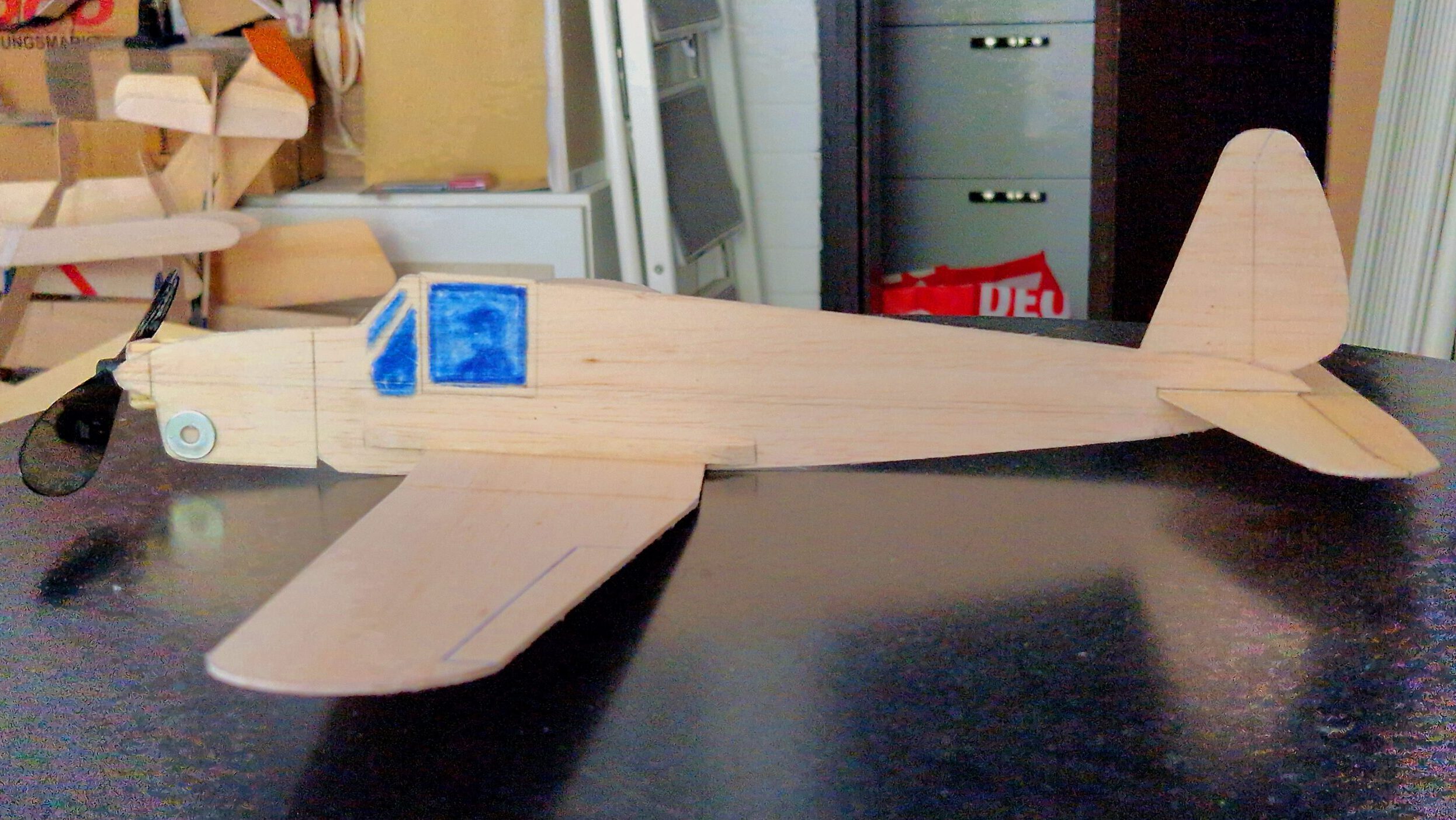
3012 Arado Ar 79 RPU 20
The original Ar 79 was an aerobatic two-seat trainer and touring aircraft from Germany. First flight took place in 1938 and 72 examples were built all together. One survived and is currently on display in a museum in Berlin. The Ar 79 had a retractable tailwheel undercarriage and was of mixed (material) construction. Although not…
-
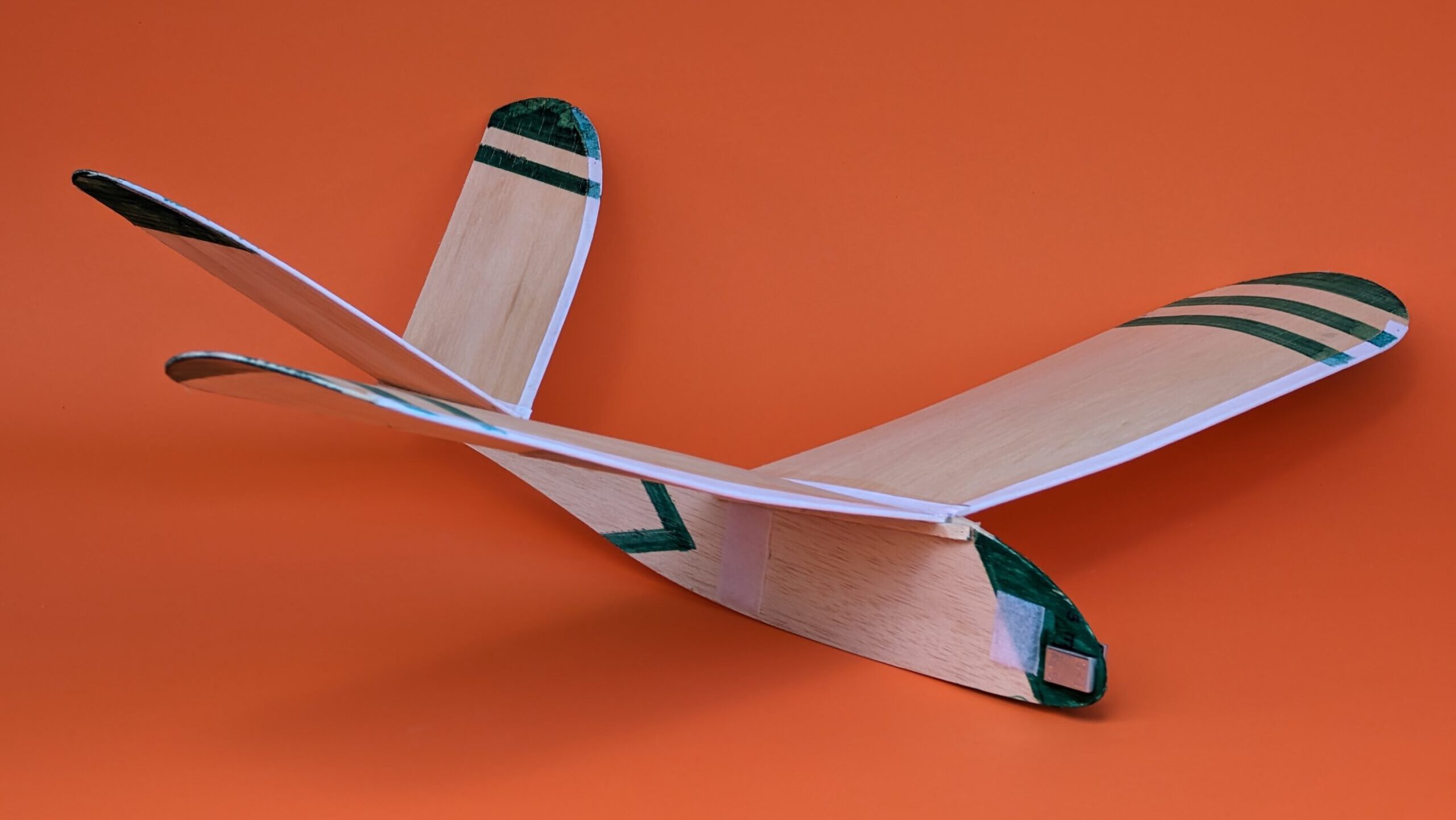
3013 La Cimice Verde RPU 20
La Cimice Verde RPU 20 is a glider-style balsa monoplane with a V-tail and profiled sheet wing, designed for use with the RPU 20 power unit. With a wingspan of 59 cm and a ready-to-fly weight of 69 g, it offers smooth handling and elegant flight. The model is reinforced with wing ribs and linen banding for…
-
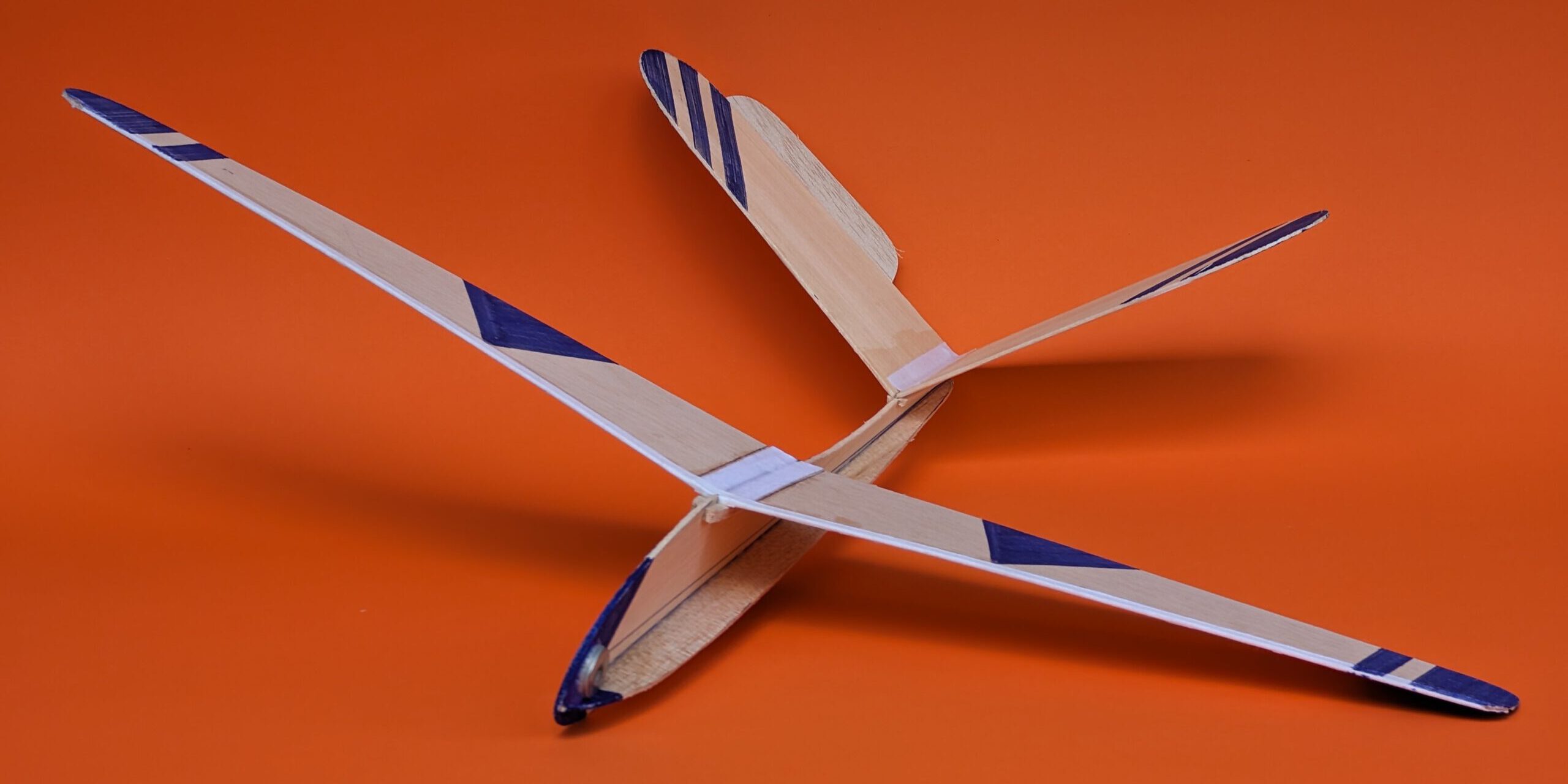
3014 Golub RPU 20
Golub RPU 20 is a sleek balsa monoplane with a glider-like design, V-tail, and smooth flight characteristics, built for use with the RPU 20 power unit. With a wingspan of 56.5 cm and a ready-to-fly weight of 58 g, it features reinforced elements, clean assembly, and reliable balance. Named Golub (голуб), the Ukrainian word for “pigeon,” this…
-
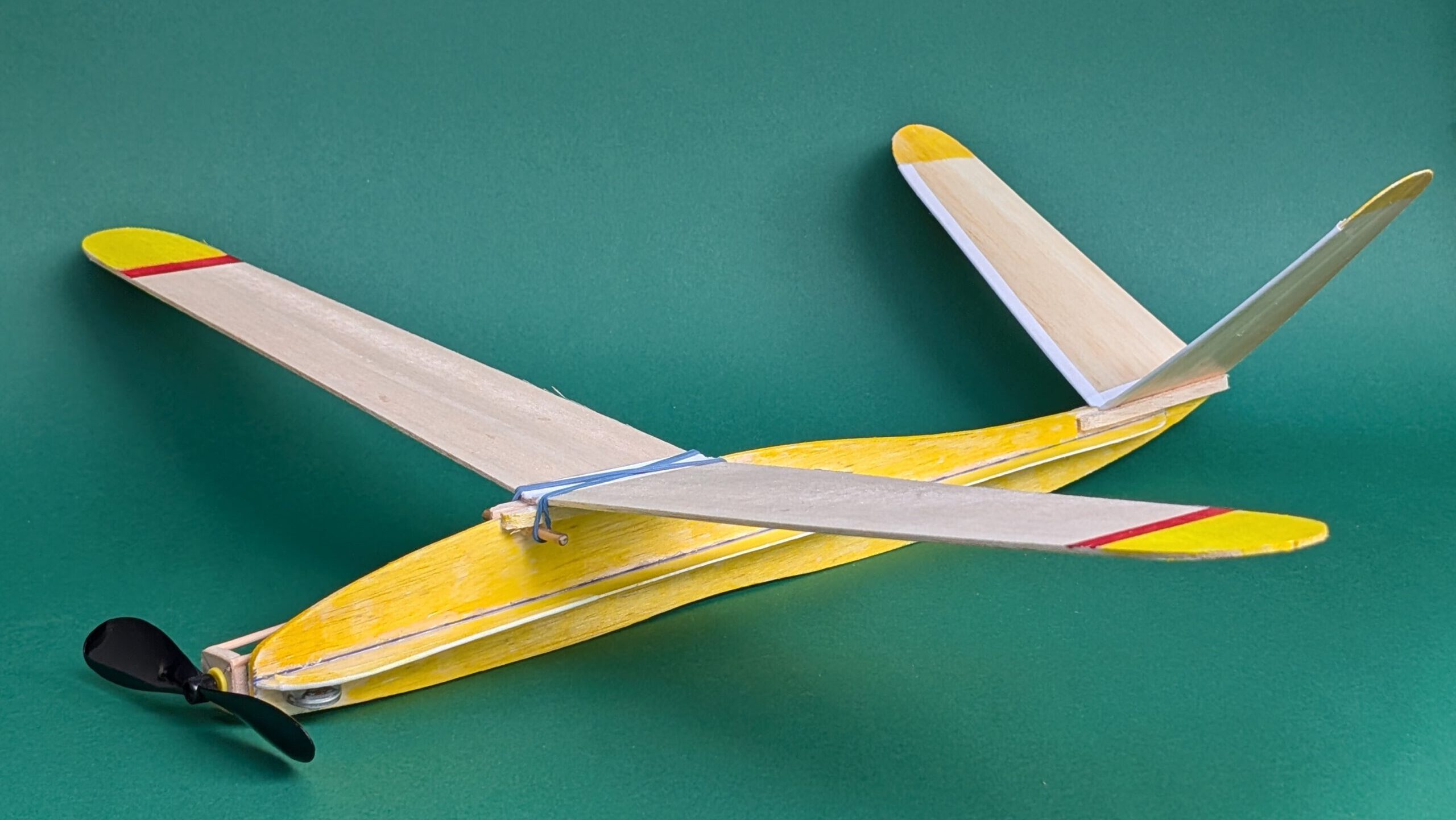
3015 Farschwind! RPU 30
Farshwind RPU 30 is a large balsa monoplane with a glider-like silhouette, detachable wing, and clean V-tail, designed for use with the RPU 30 power unit. With a 65.5 cm wingspan and 77 g flight-ready weight, it offers excellent stability and portability, reinforced for durability and easy to assemble from few parts. Its name, Farshwind! (פֿאַרשווינד), Yiddish…
-
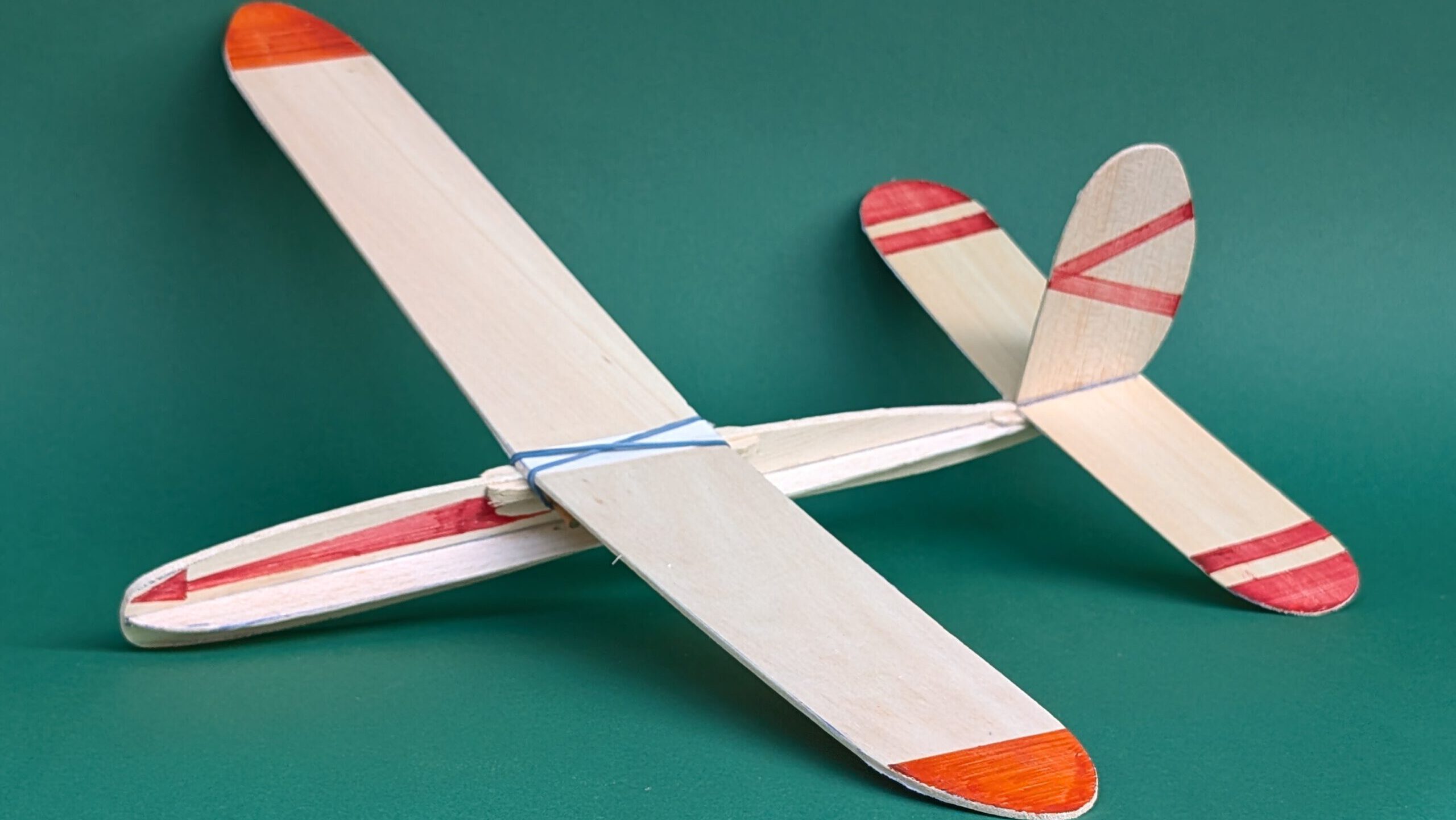
3016 Laidak RPU 30
Laidak RPU 30 is a 61 cm wingspan balsa monoplane with a conventional empennage and detachable wing, designed for use with the RPU 30 rubber power unit. With a flight-ready weight of 46 g, this model is easy to build from few parts and offers a smooth, glider-like flight profile. Reinforced and balanced for reliability, it combines…
-
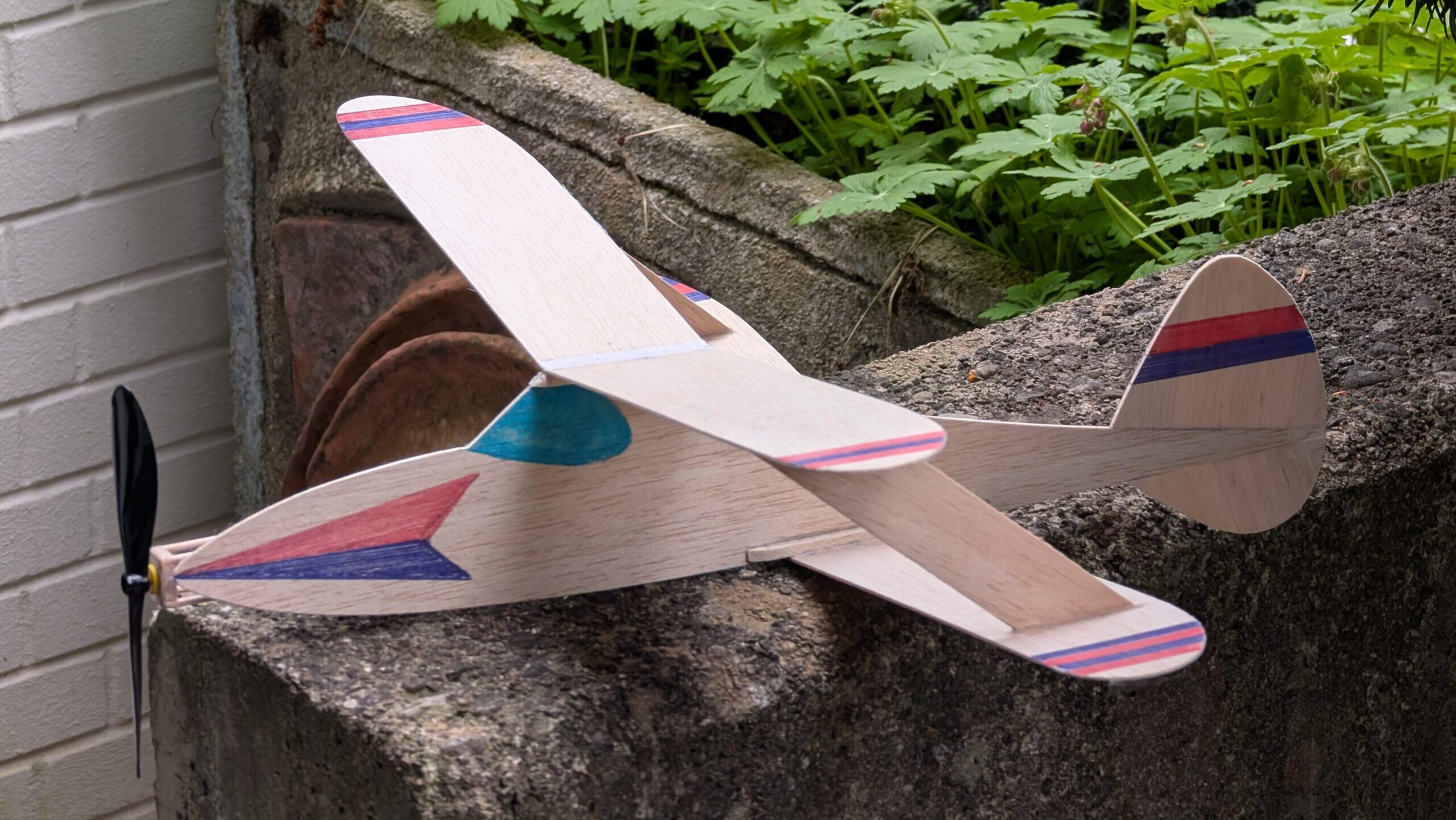
3017 Whatsit RPU 30
The original Whatsit was designed by the great American model builder Frank Ehling (1914-2001) and was published in the 1/1942 issue of Airplane News. What made the Whatsit so distinctive and unique was that no one could tell for sure what it really was. — Was it a biplane without a horizontal stab? Was it…
-
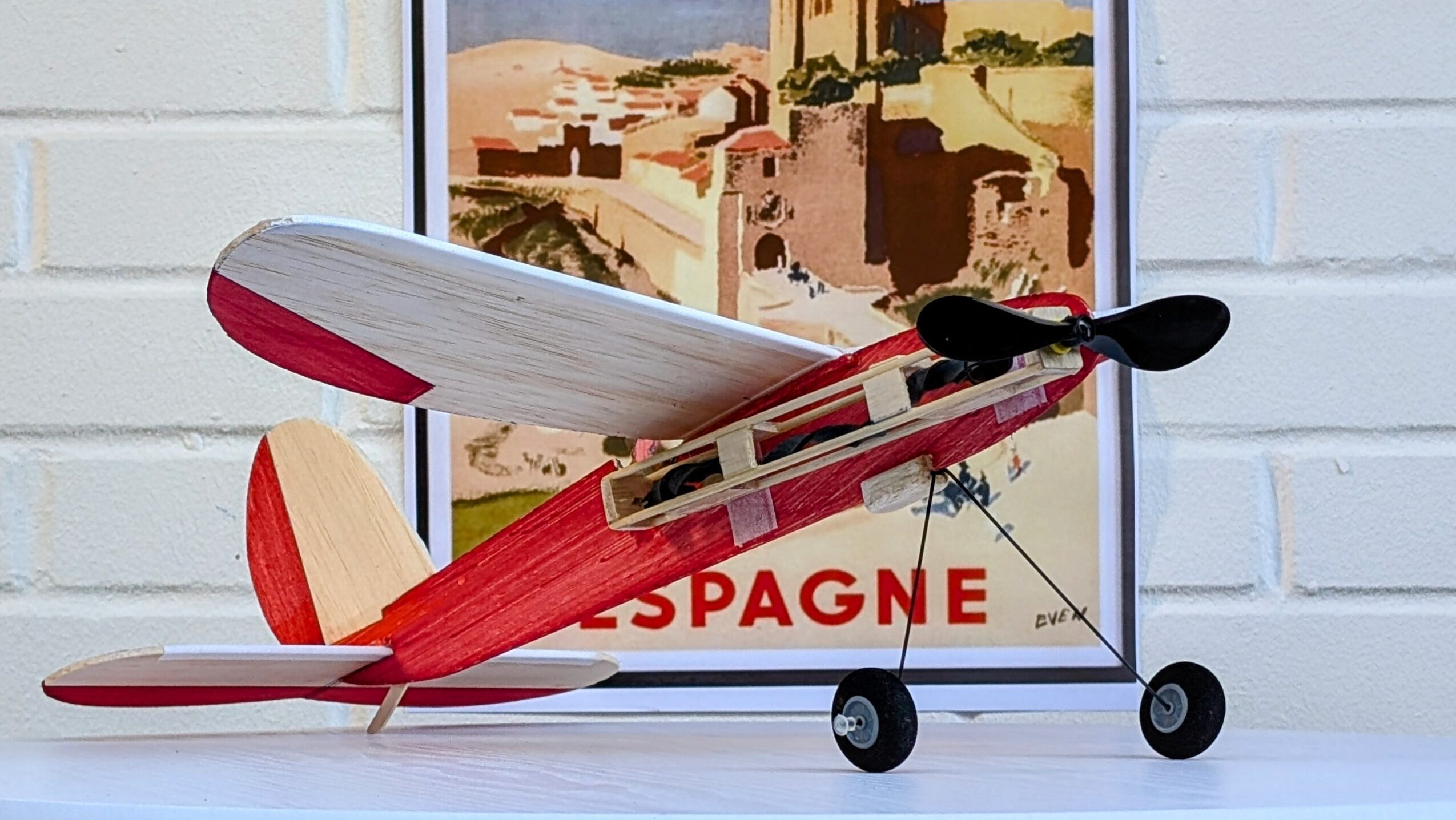
3018 No hay más cerveza en la nevera RPU 20
No hay más cerveza en la nevera RPU 20 is a fast-flying shoulder-wing balsa monoplane featuring a pilot silhouette, detachable landing gear, and clean lines powered by the RPU 20 unit. With a 43 cm wingspan and a ready-to-fly weight of 46 g, it offers impressive forward stability and characterful style. Its playful name, Spanish for “There…
-
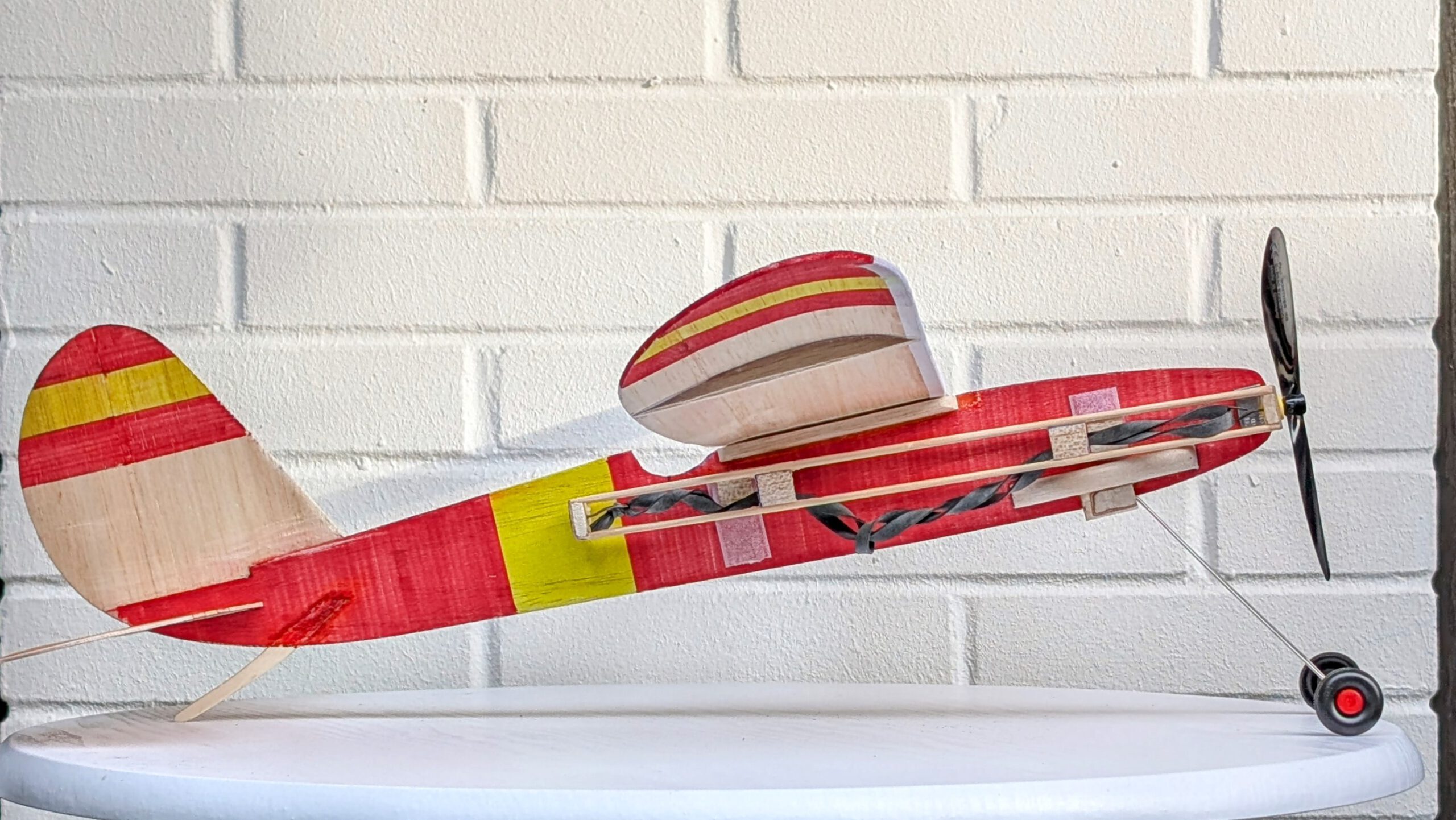
3019 No hay más cerveza en la nevera RPU 30
No hay más cerveza en la nevera RPU 30 is an enlarged, shoulder-wing balsa monoplane with a pilot silhouette and removable landing gear, designed for either RPU 30 or RPU 40 use. With its profiled sheet wing, 54.5 cm span, and 91 g flight weight (with landing gear and RPU 40), this model delivers steady performance and…
-

3022 Yorkie RPU 40
Span 76 cm / 30 in Weight 90 g / 3.2 oz The concept: Named after someone who lives in a part of Britain, where a very special kind of English is spoken, an English that endlessly puzzles visitors from abroad. No, that is by far not all for what I feel great affection for…
-
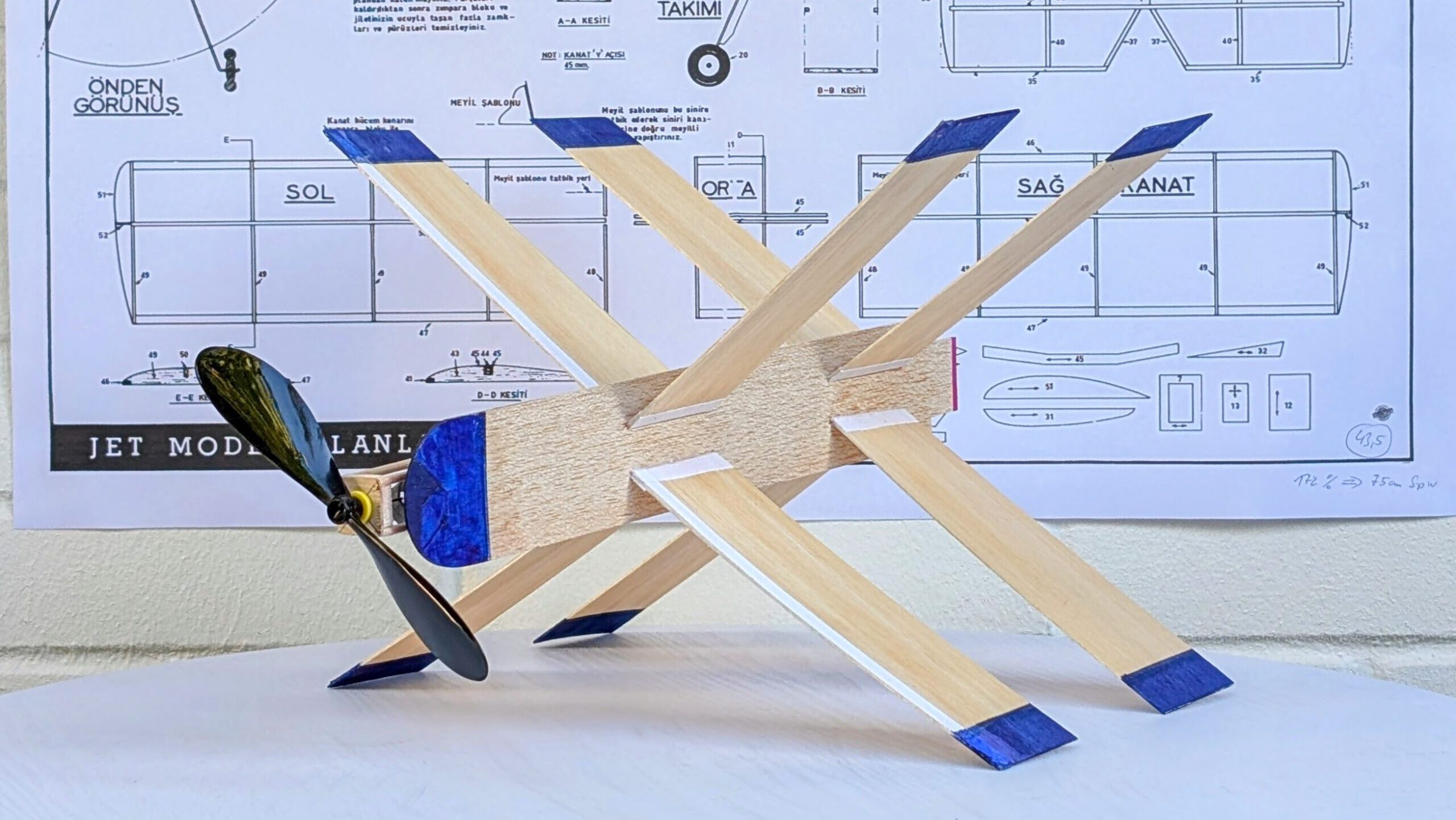
3026 Eightwinger Double-Xer RPU
Regularly going through various defense reports one certain design caught my attention, that of the Russian kamikaze drone Zala-Lancet.
Three Series to choose from
Series 1000
Sheet-wing gliders with simple profile fuselages. Perfect for quick builds that introduce the basics of flight.
Go to Series 1000
Series 2000
Sheet-wing, profile-fuselage models powered by rubber bands. Enjoy easy, low-maintenance flight without complex mechanisms.
Go to Series 2000
Series 3000
Sheet-wing, profile-fuselage RPU (rubber power unit) models, giving you a gentle, powered experience with minimal parts.
Go to Series 3000
